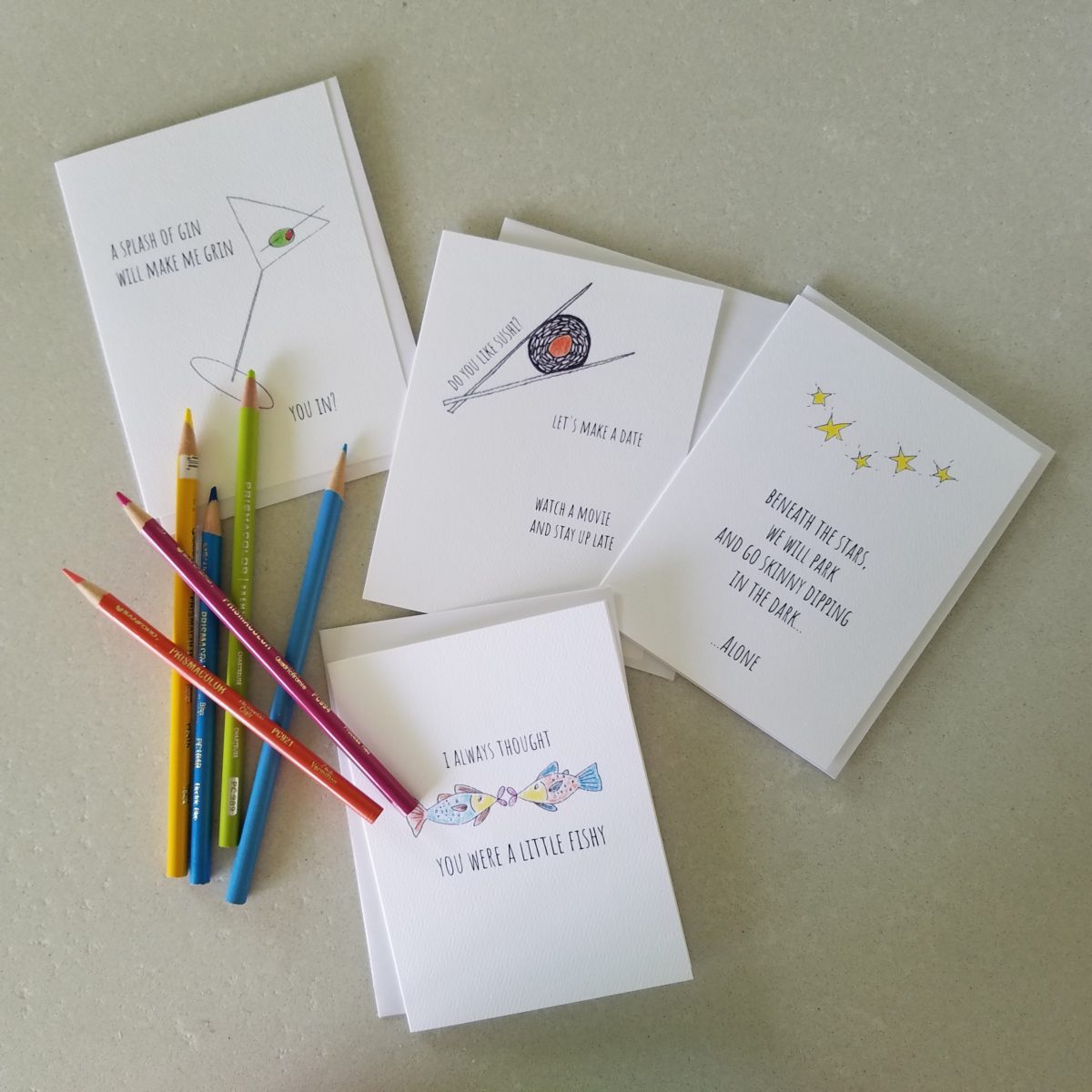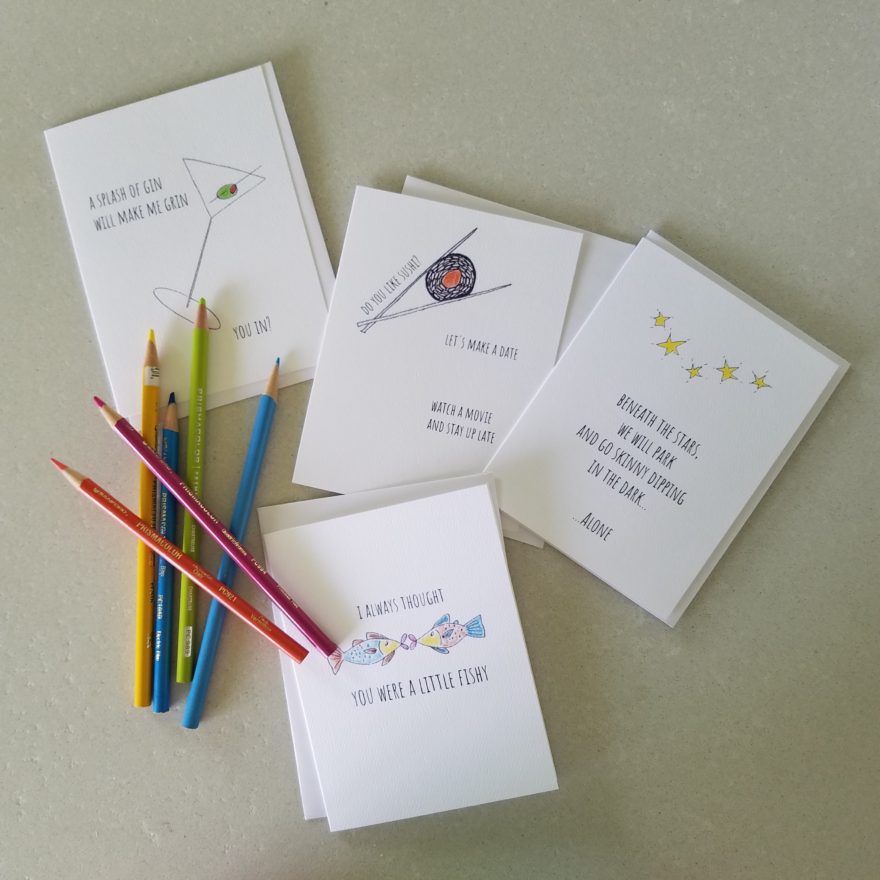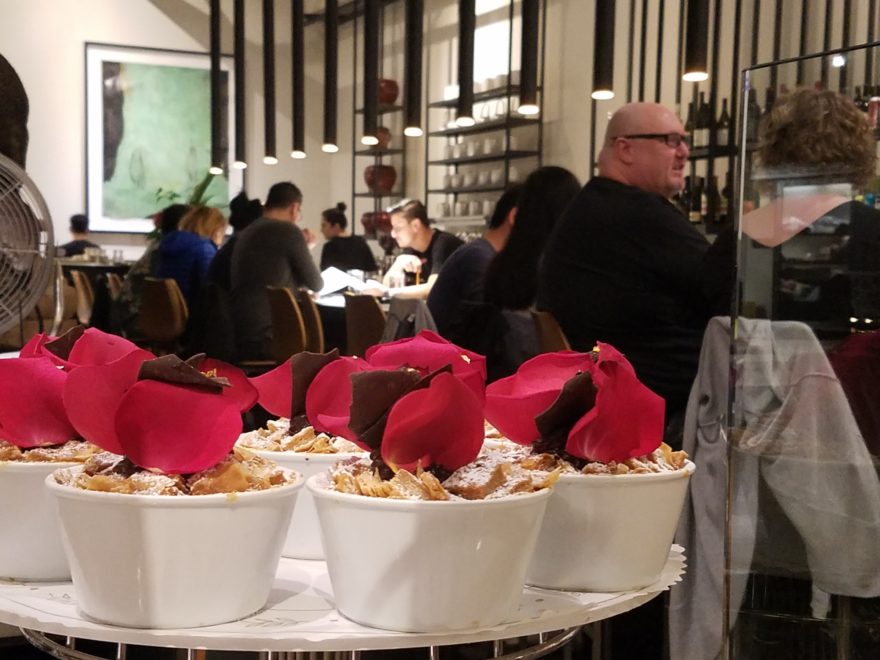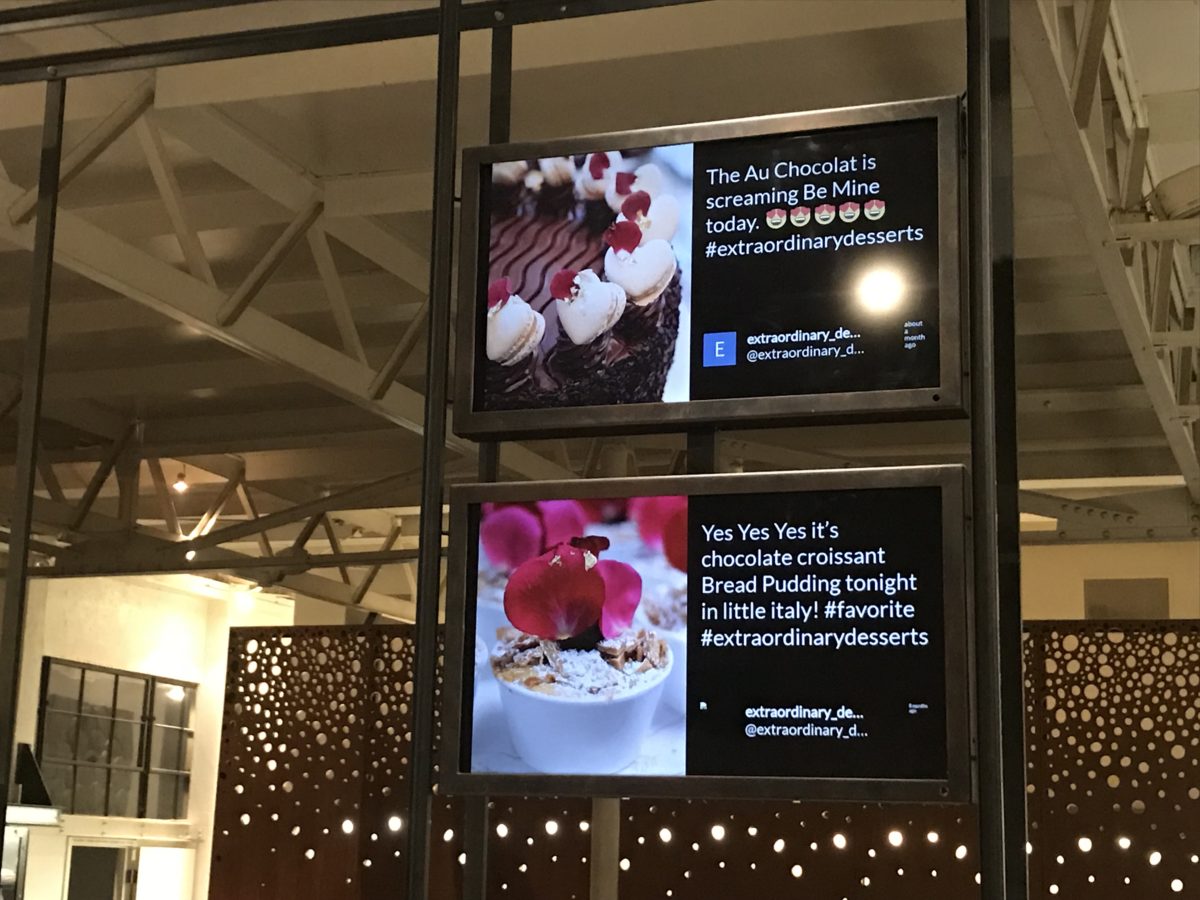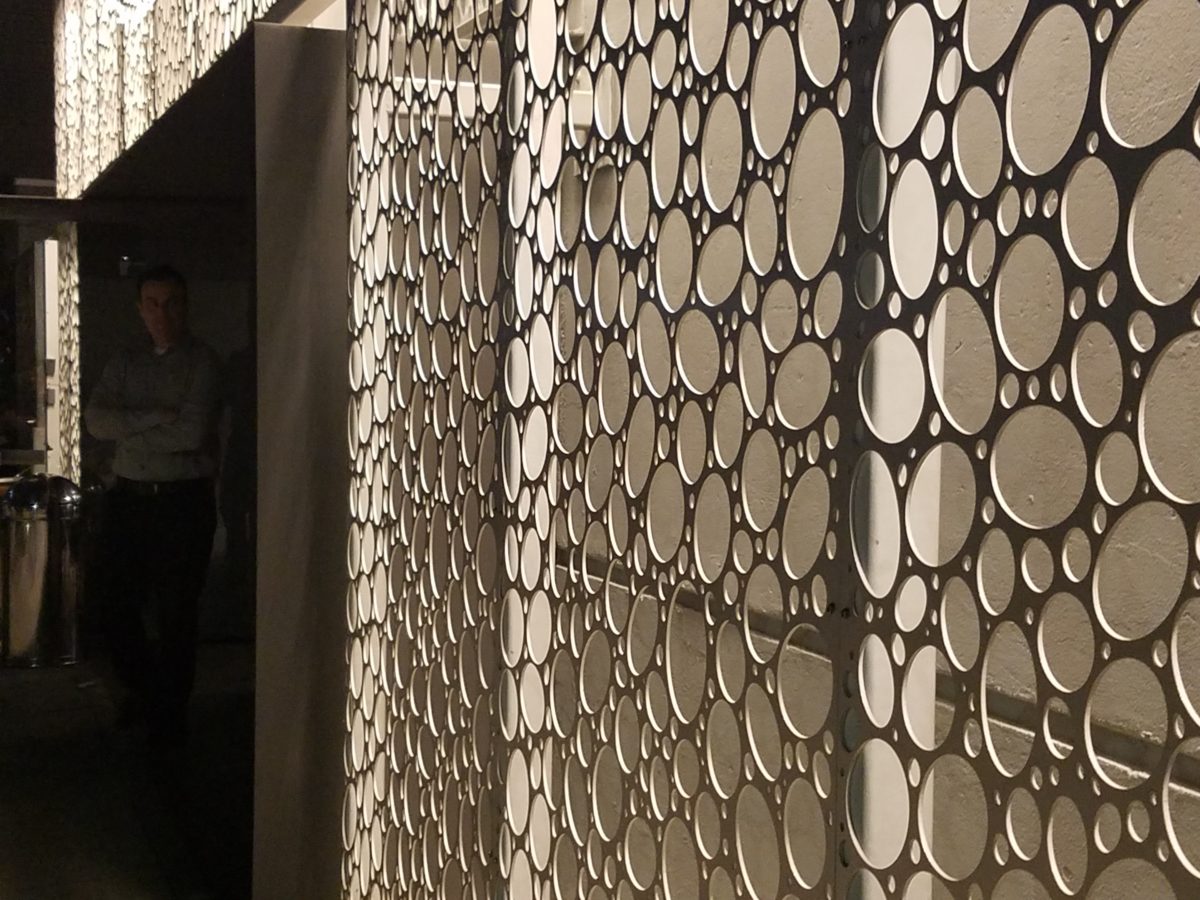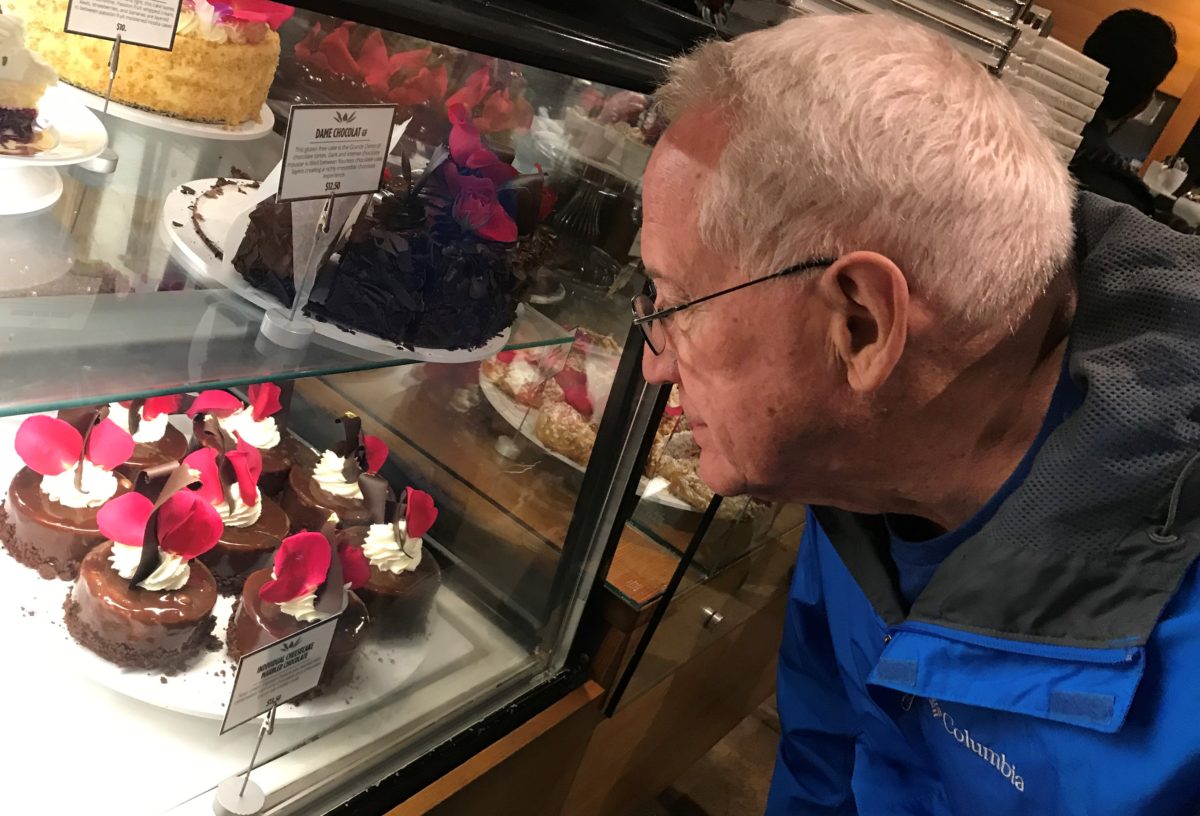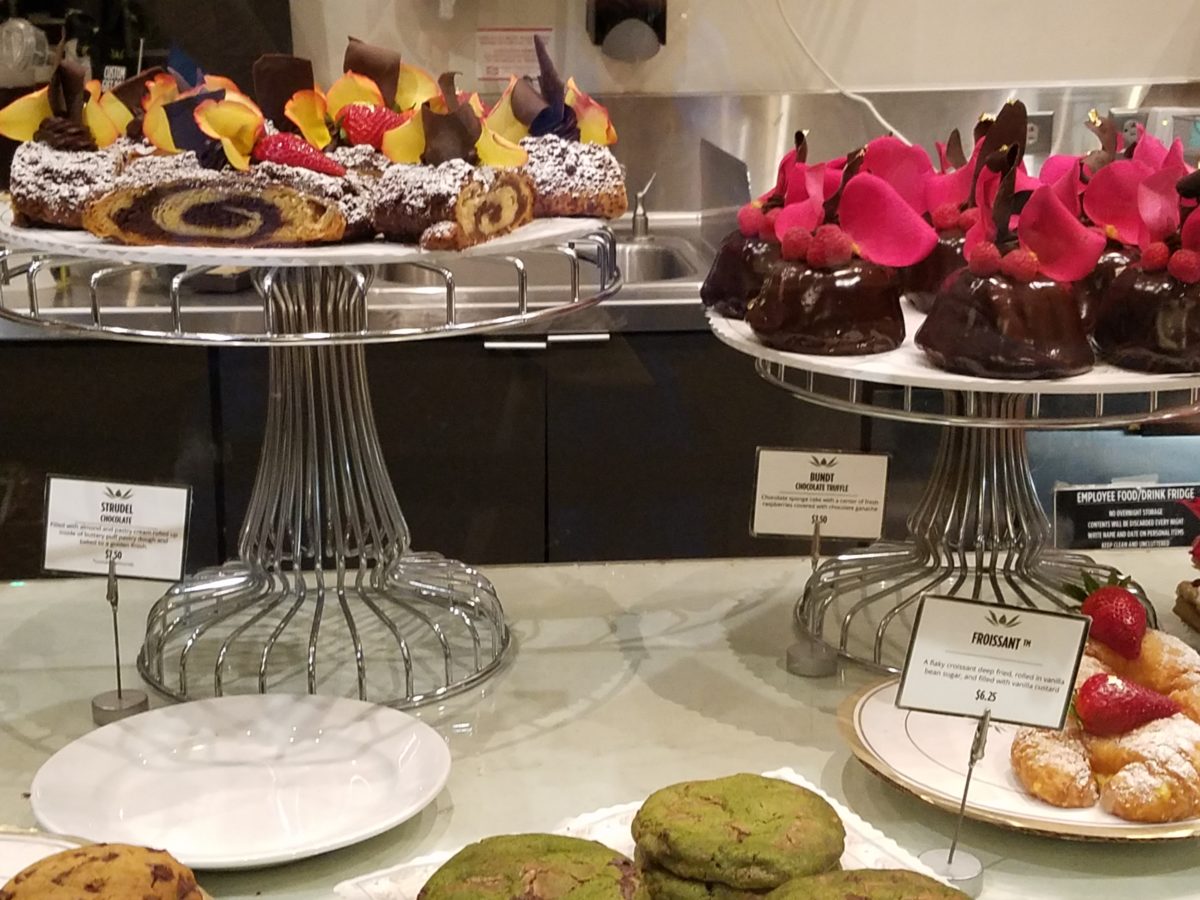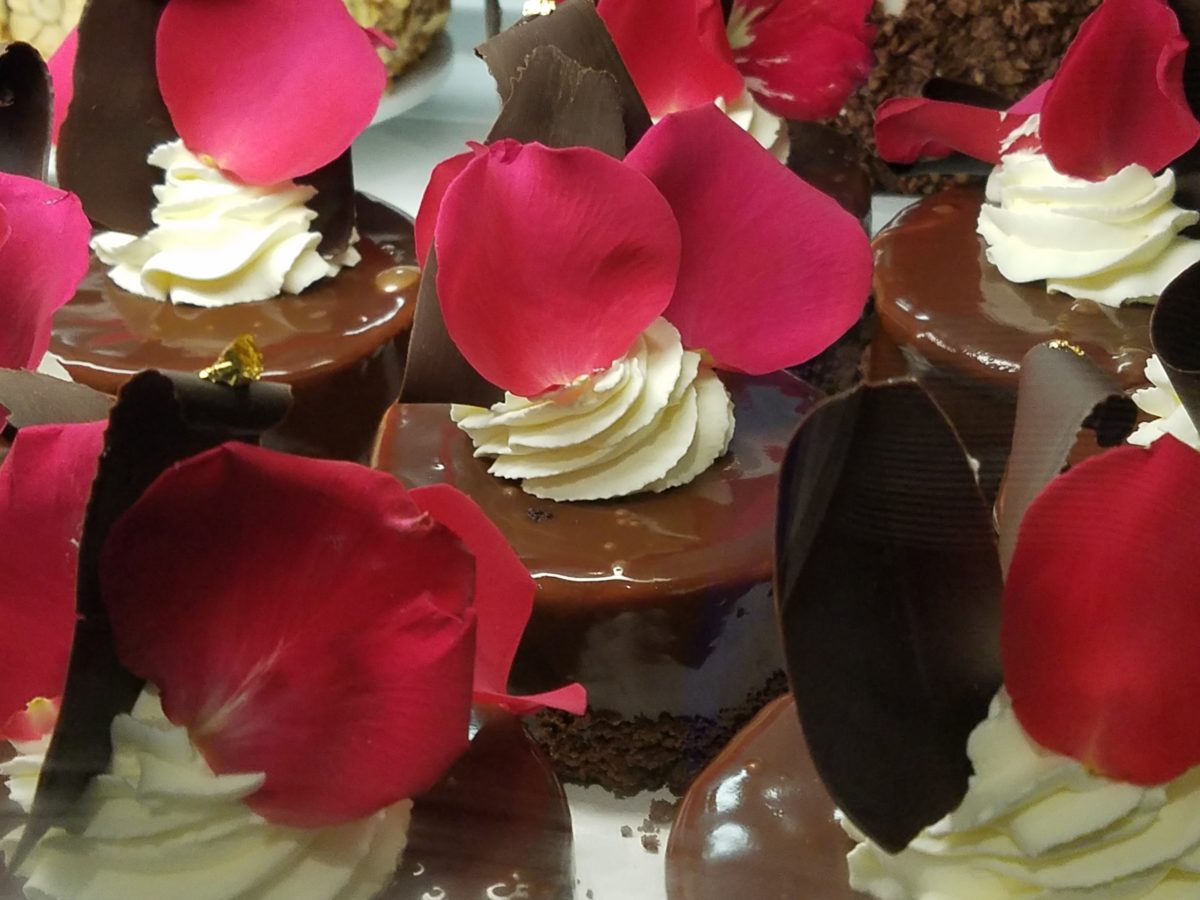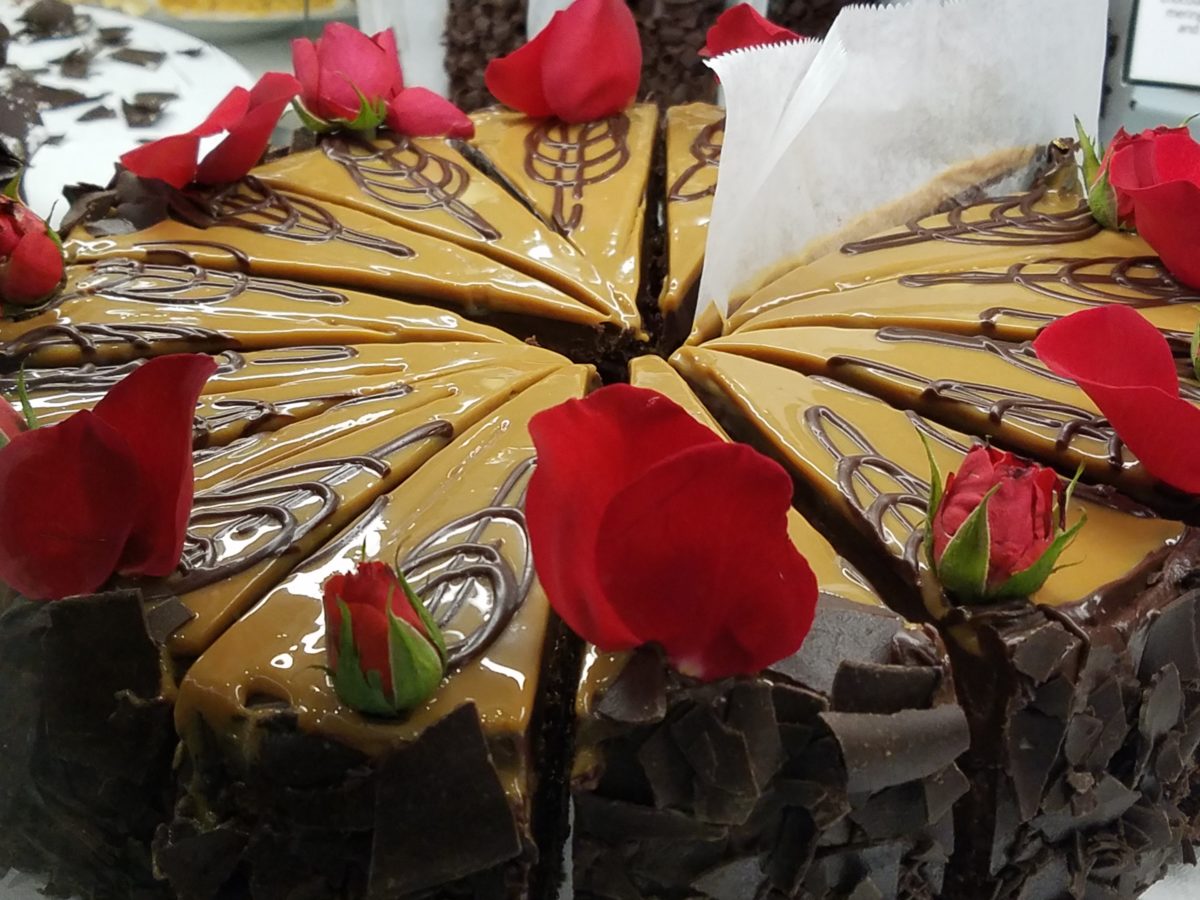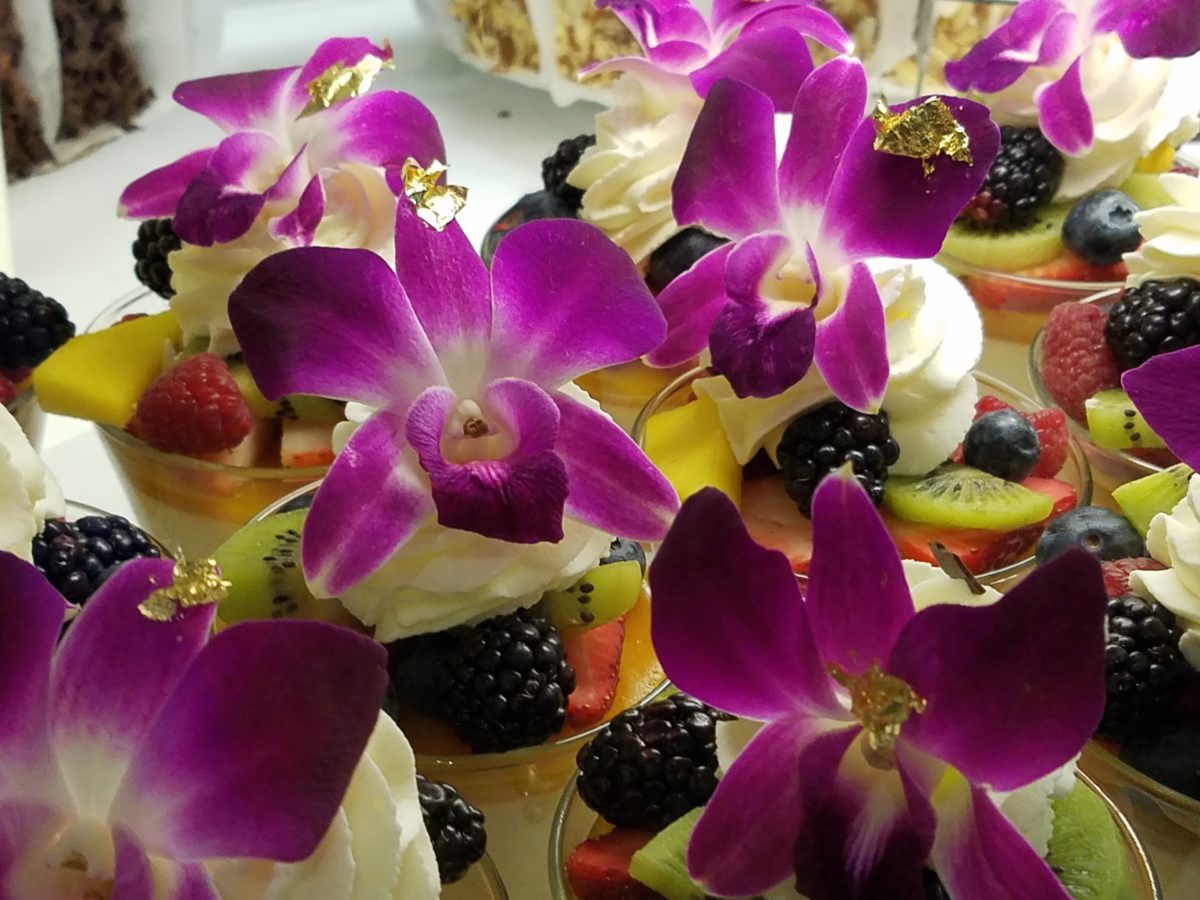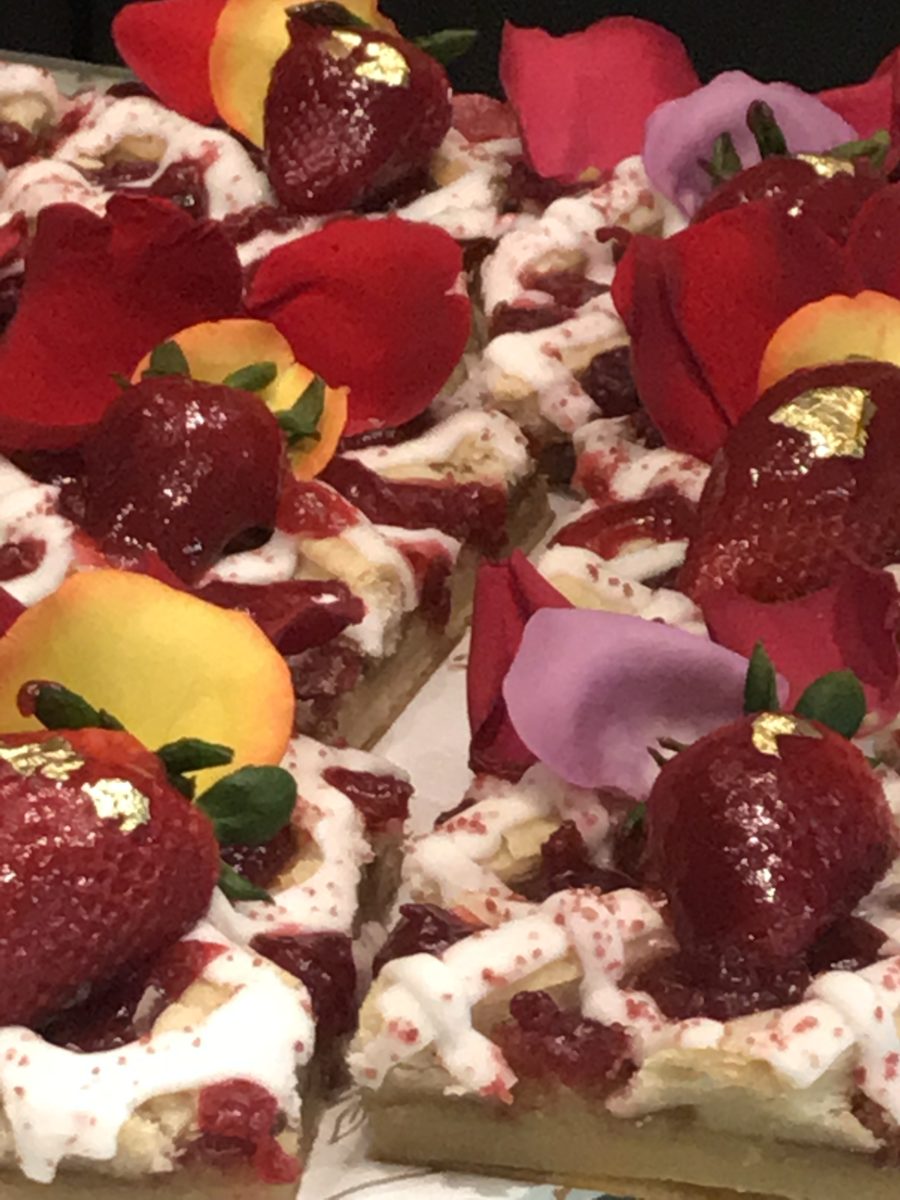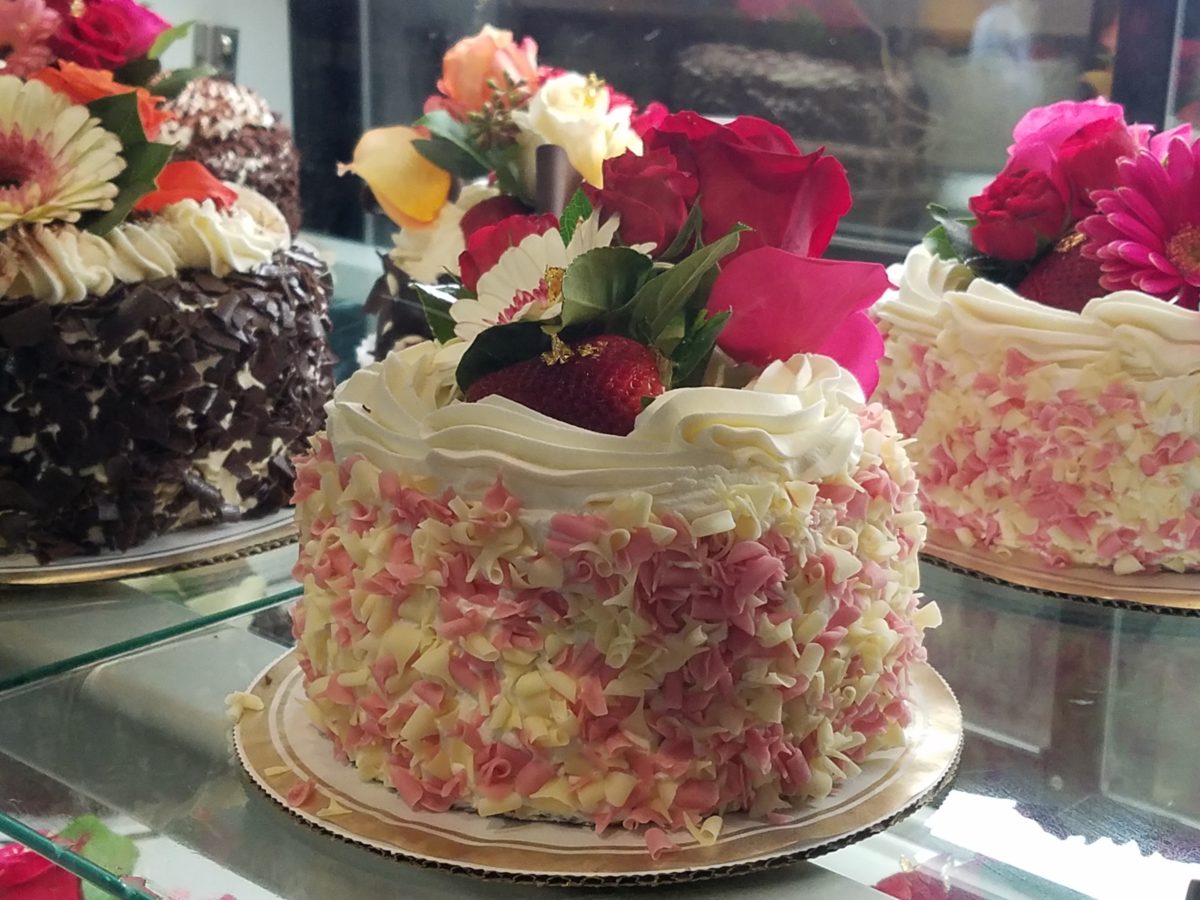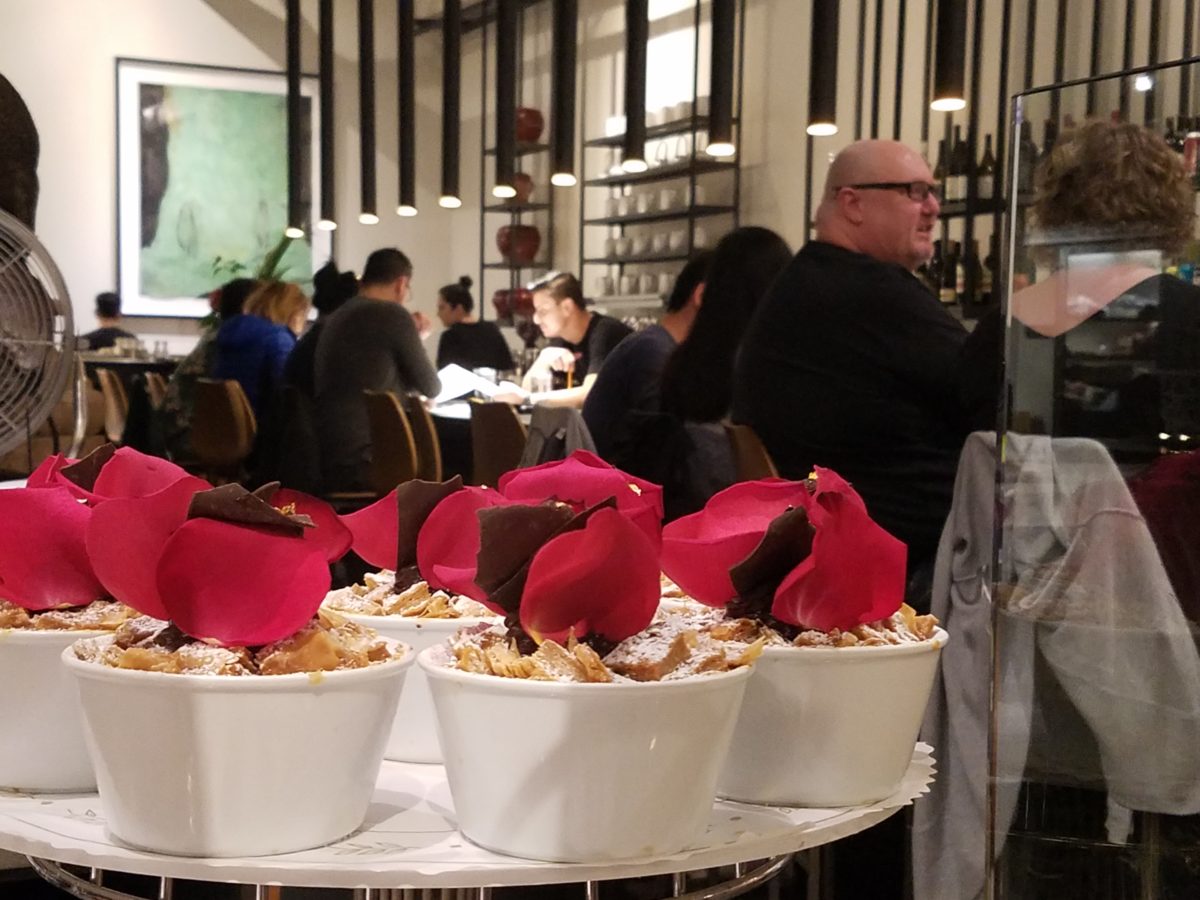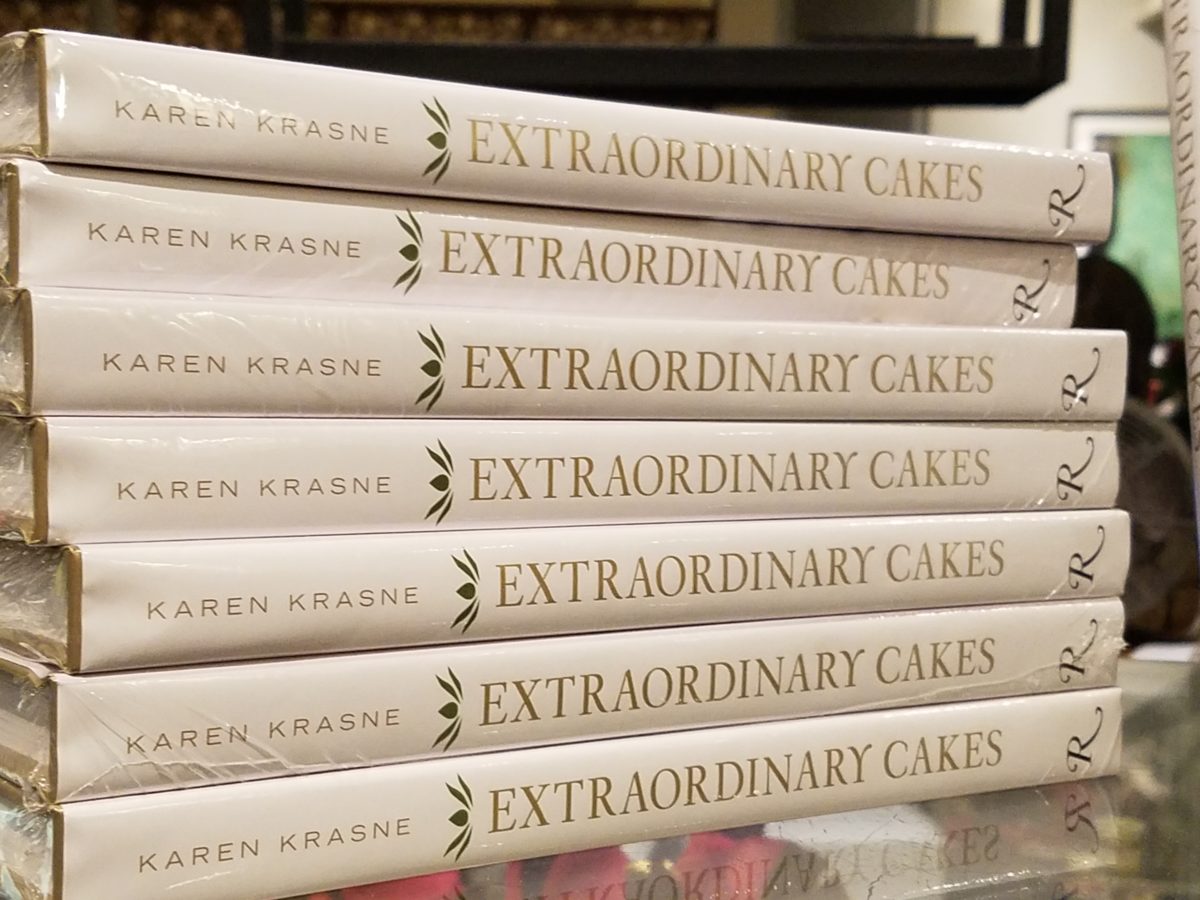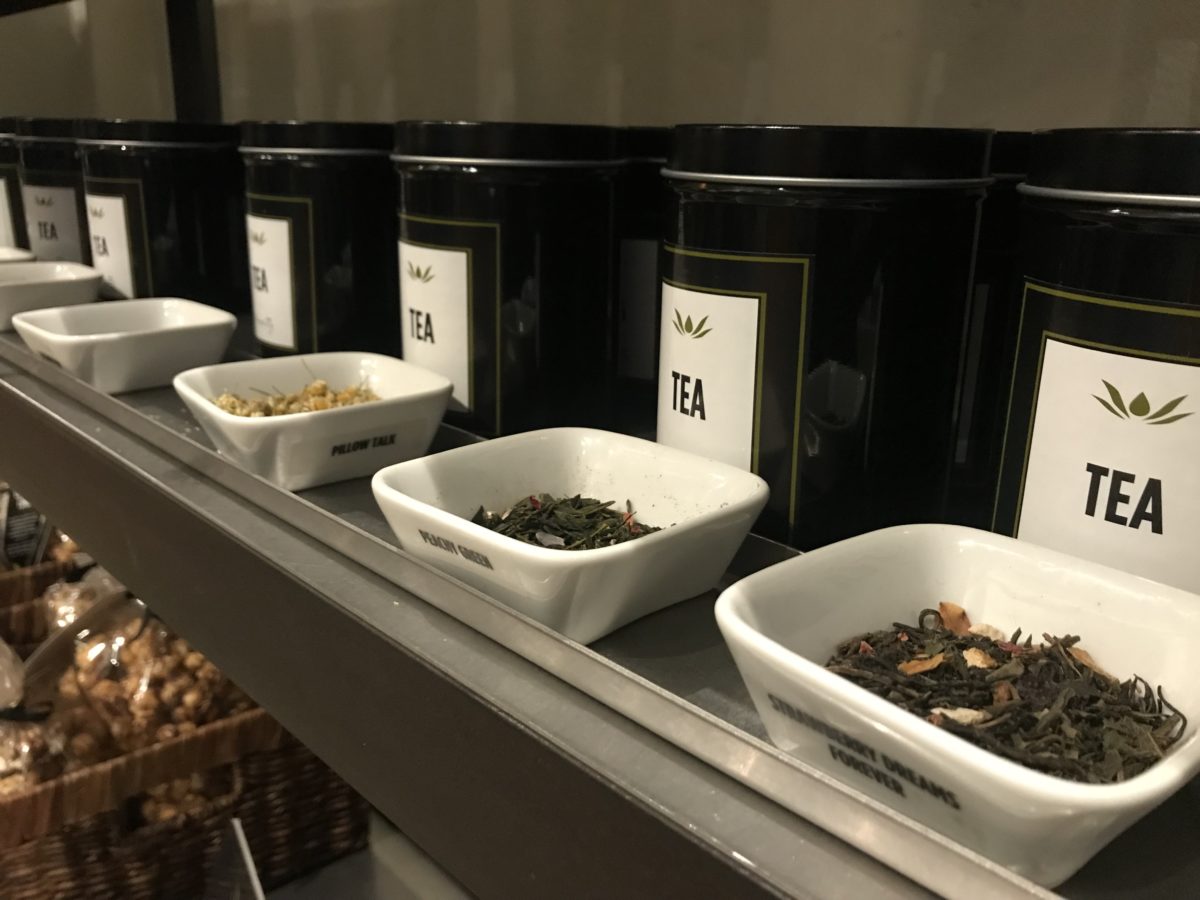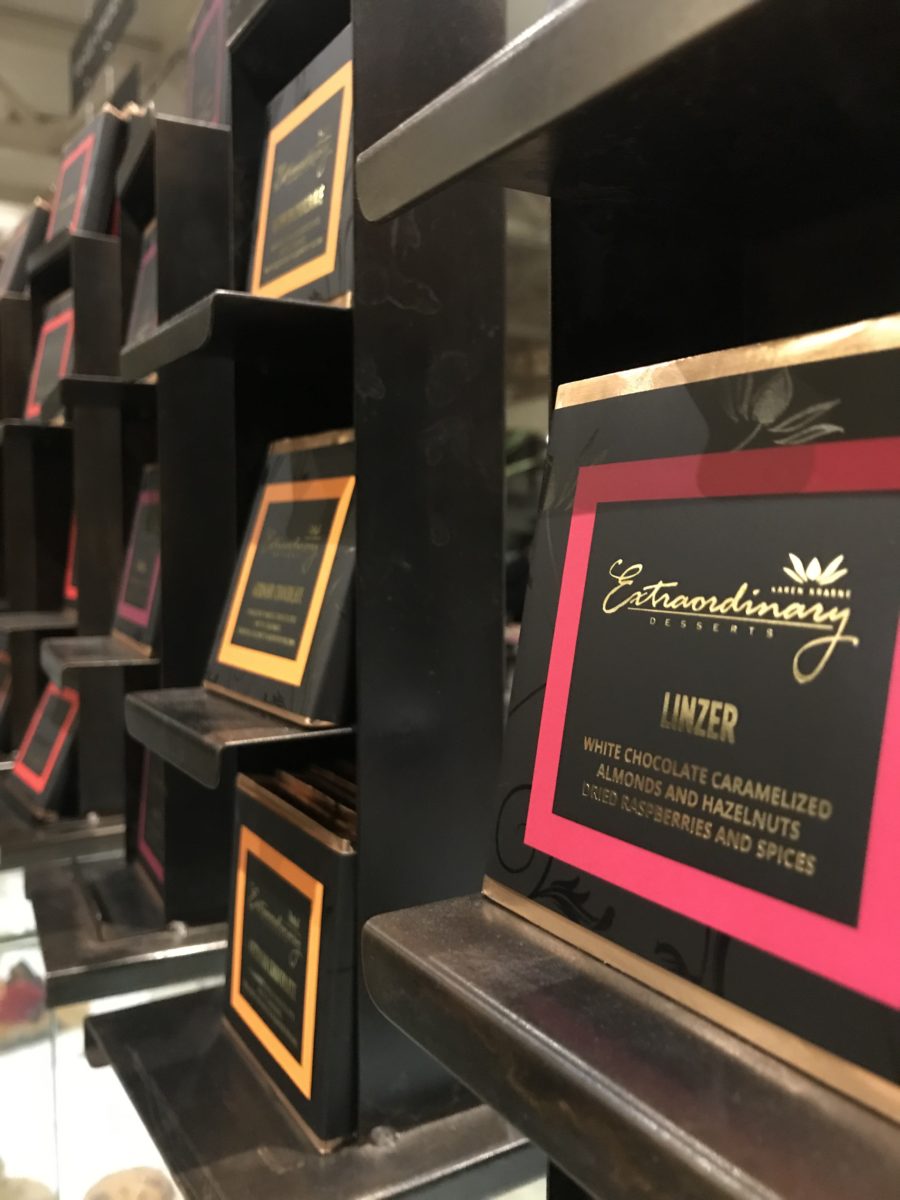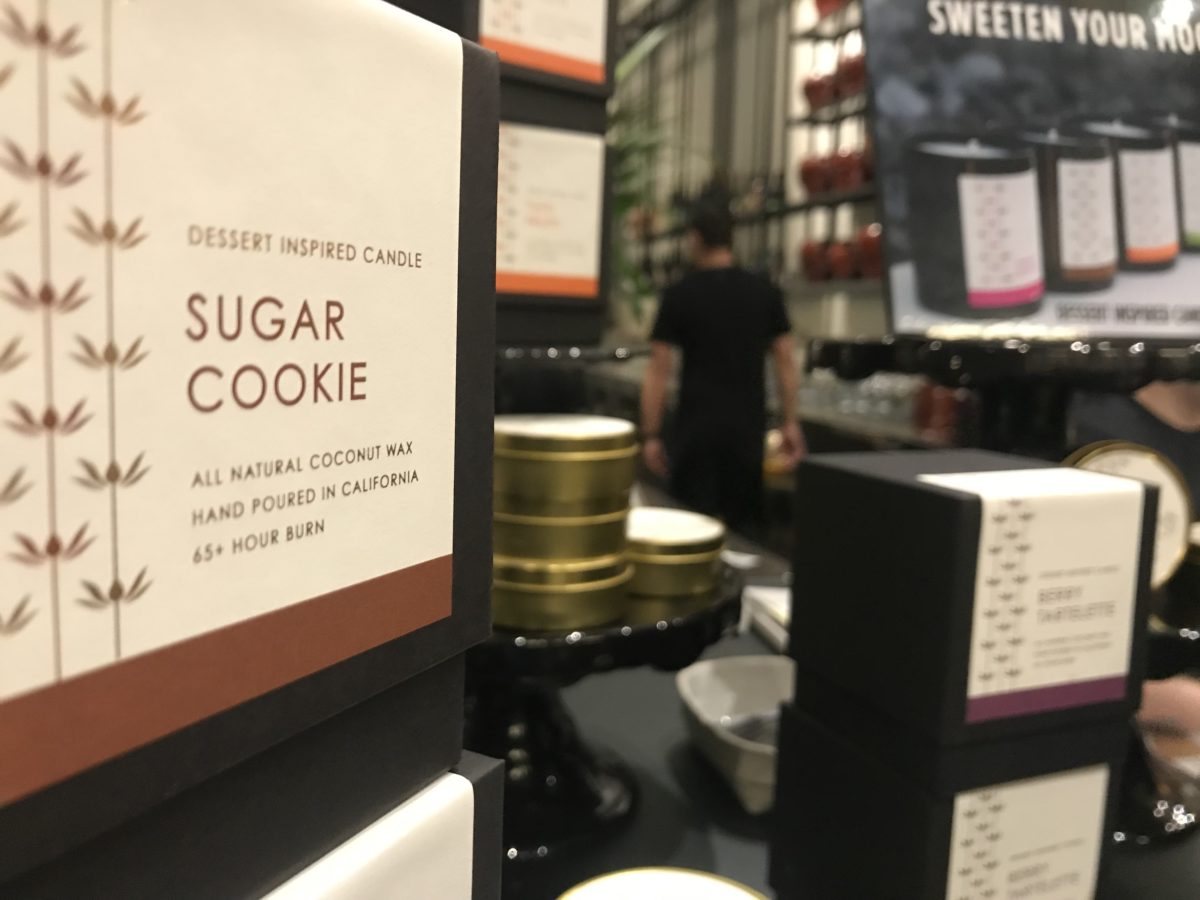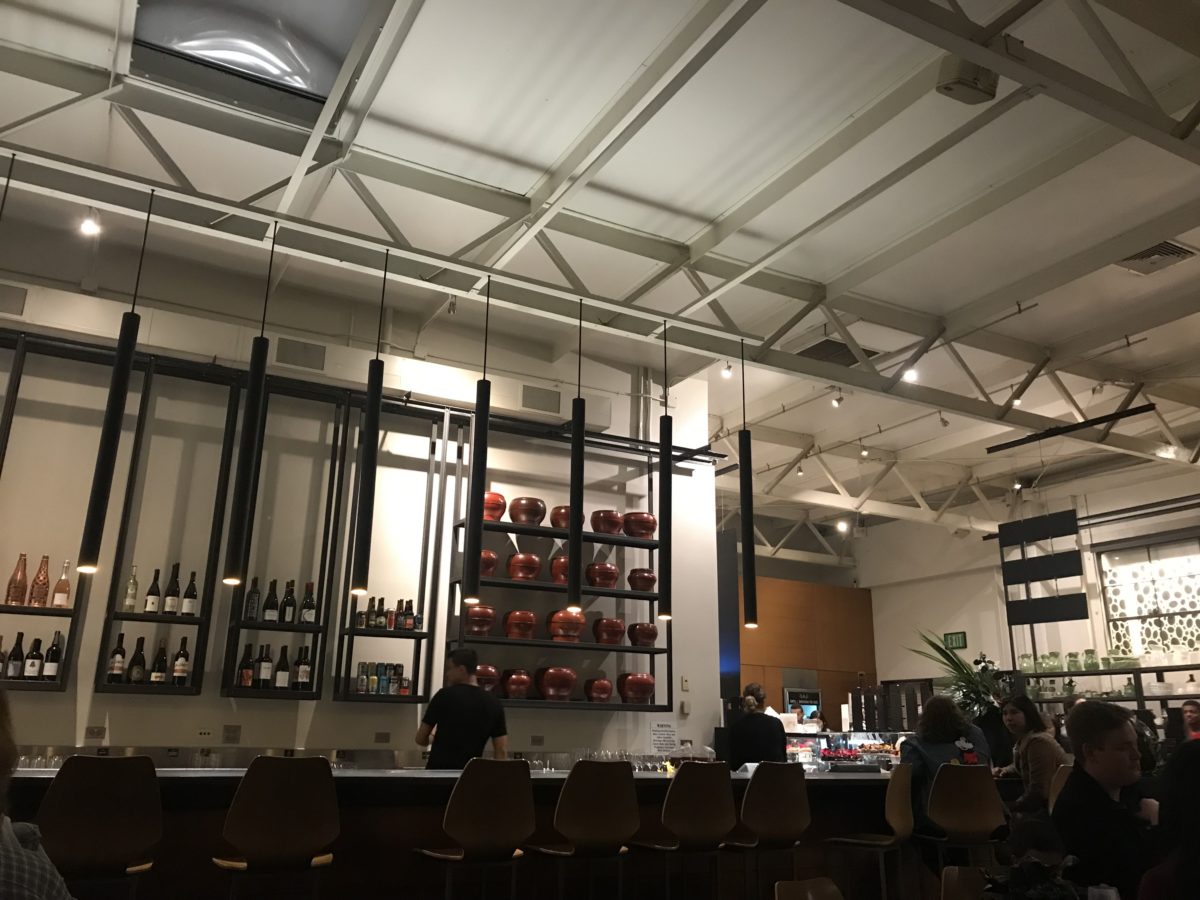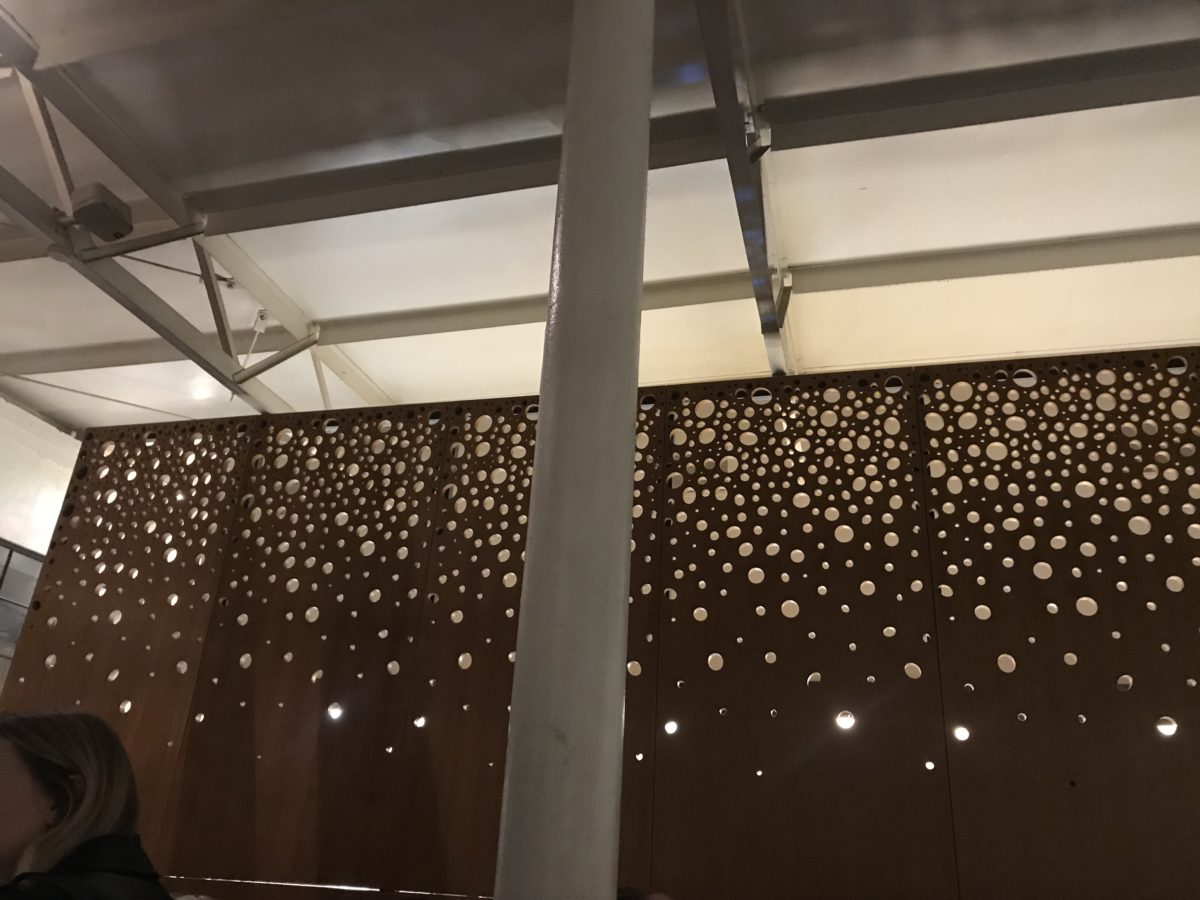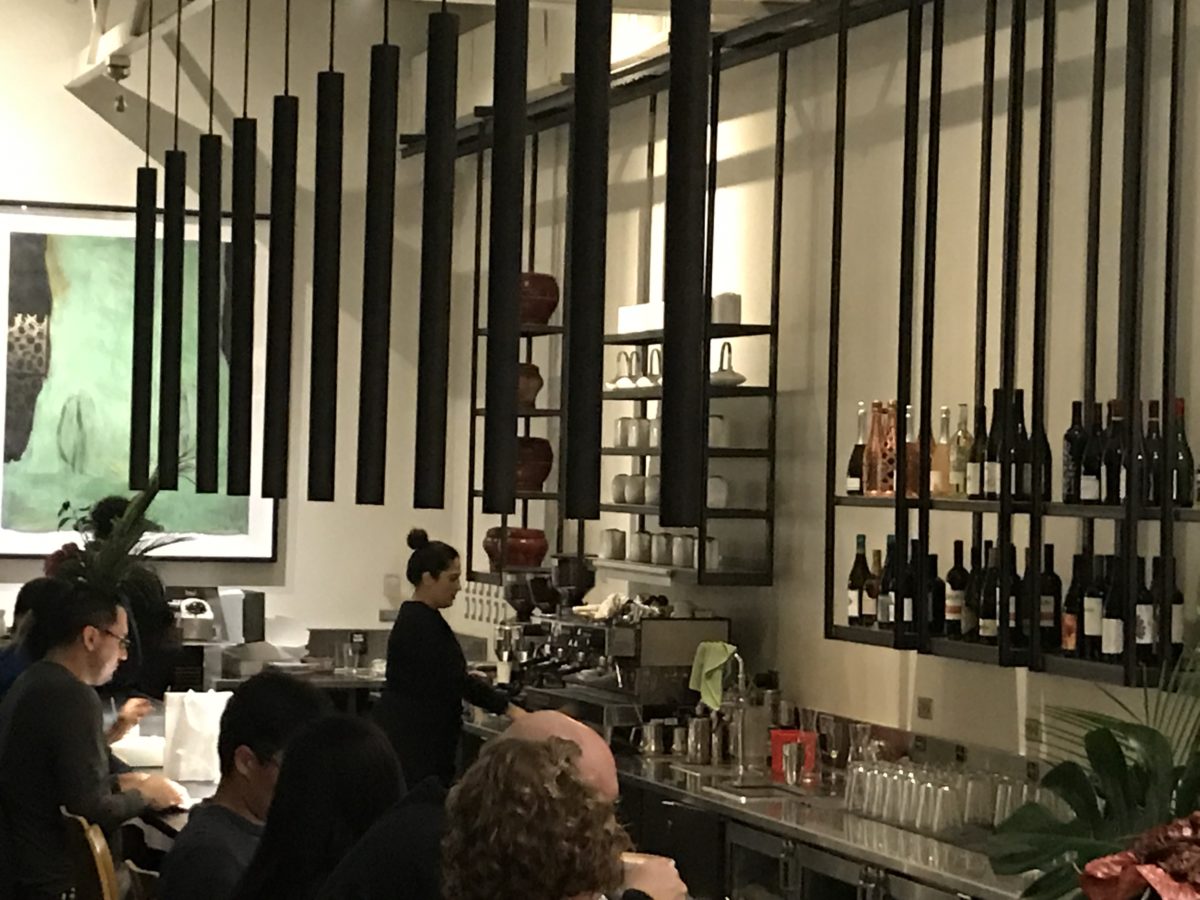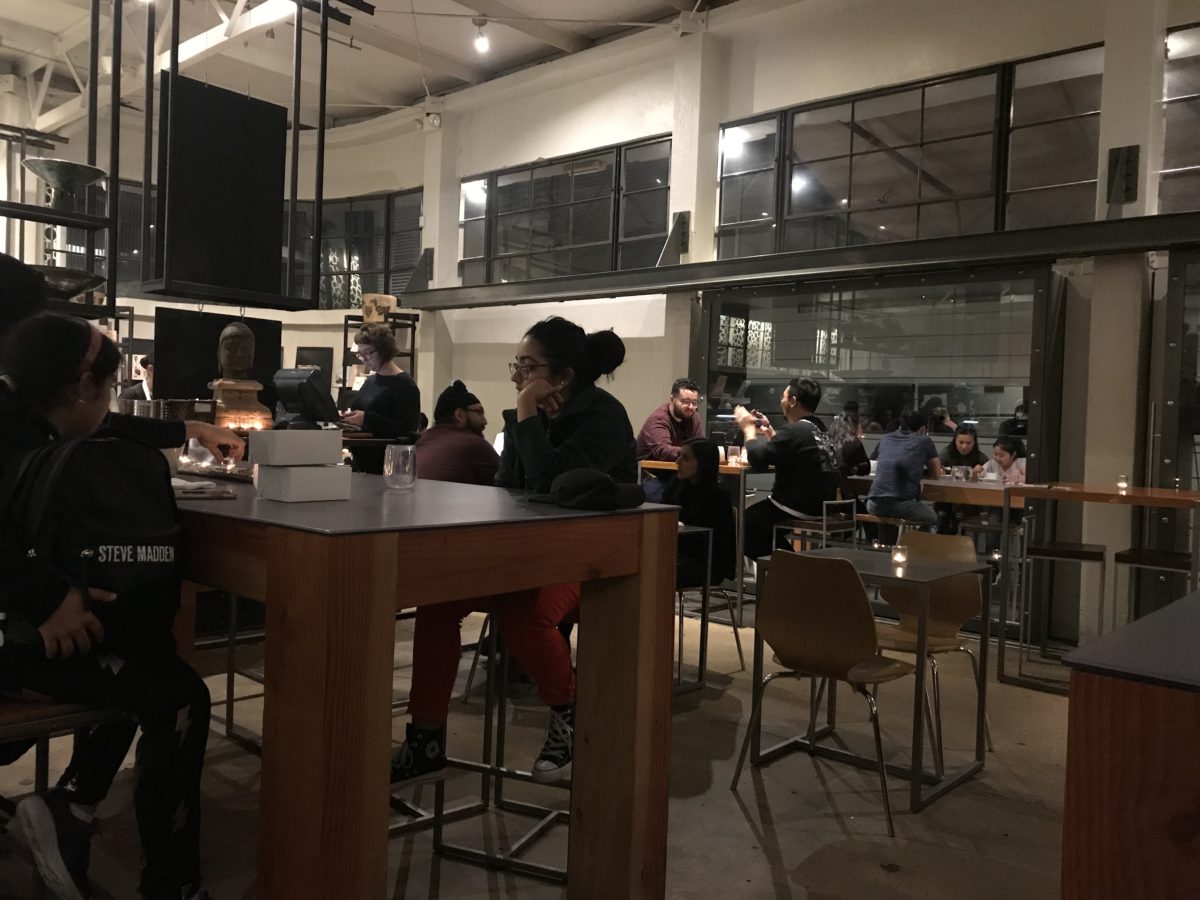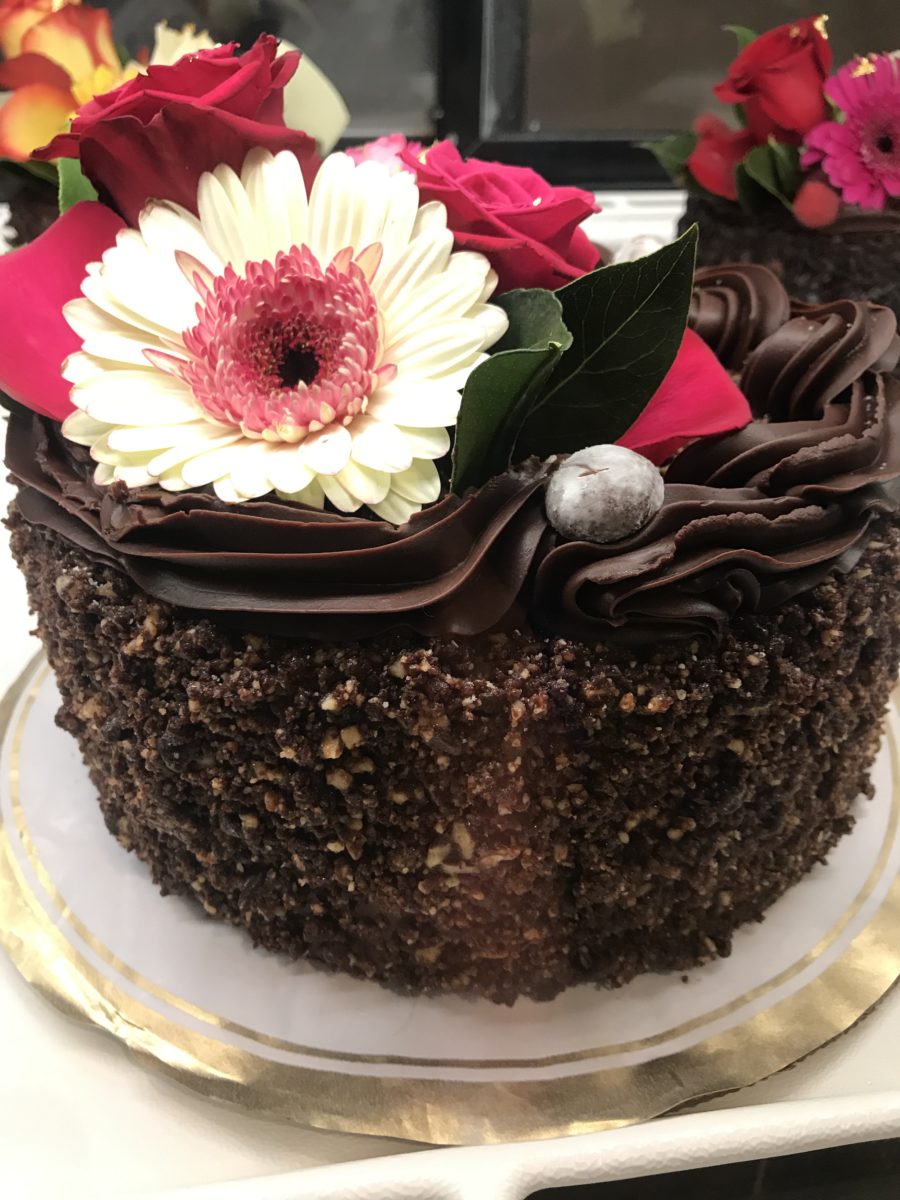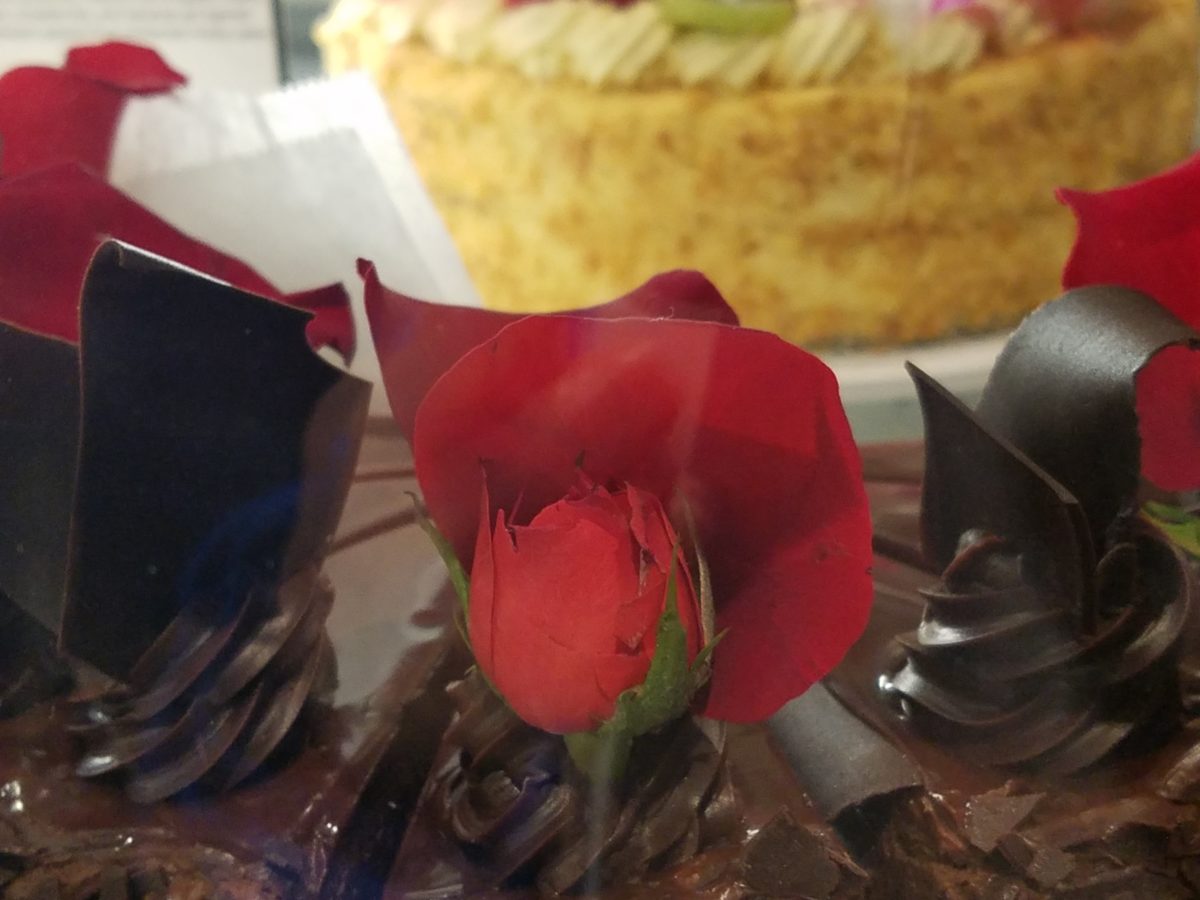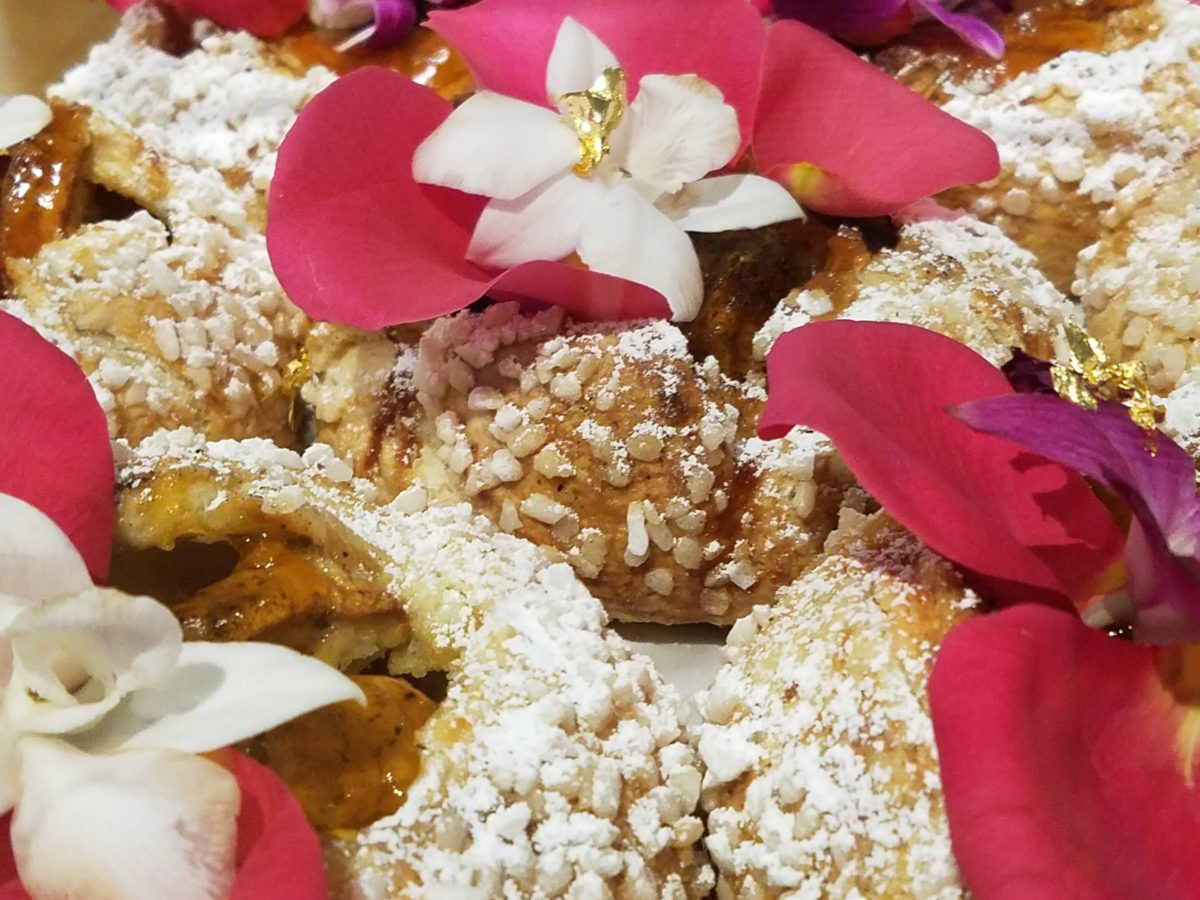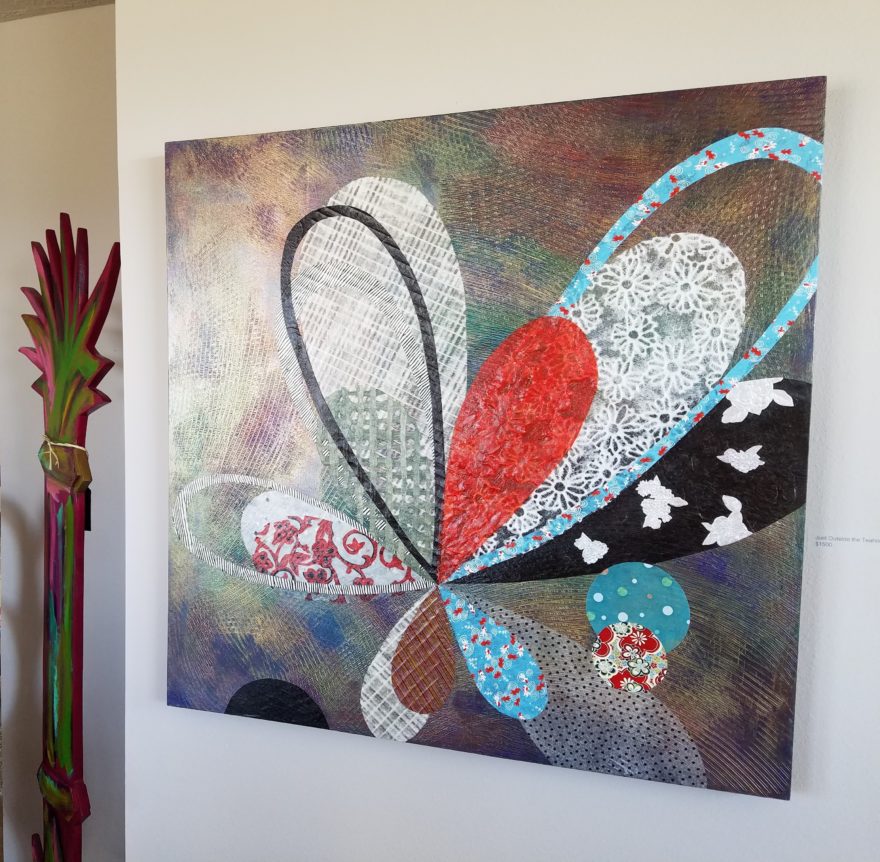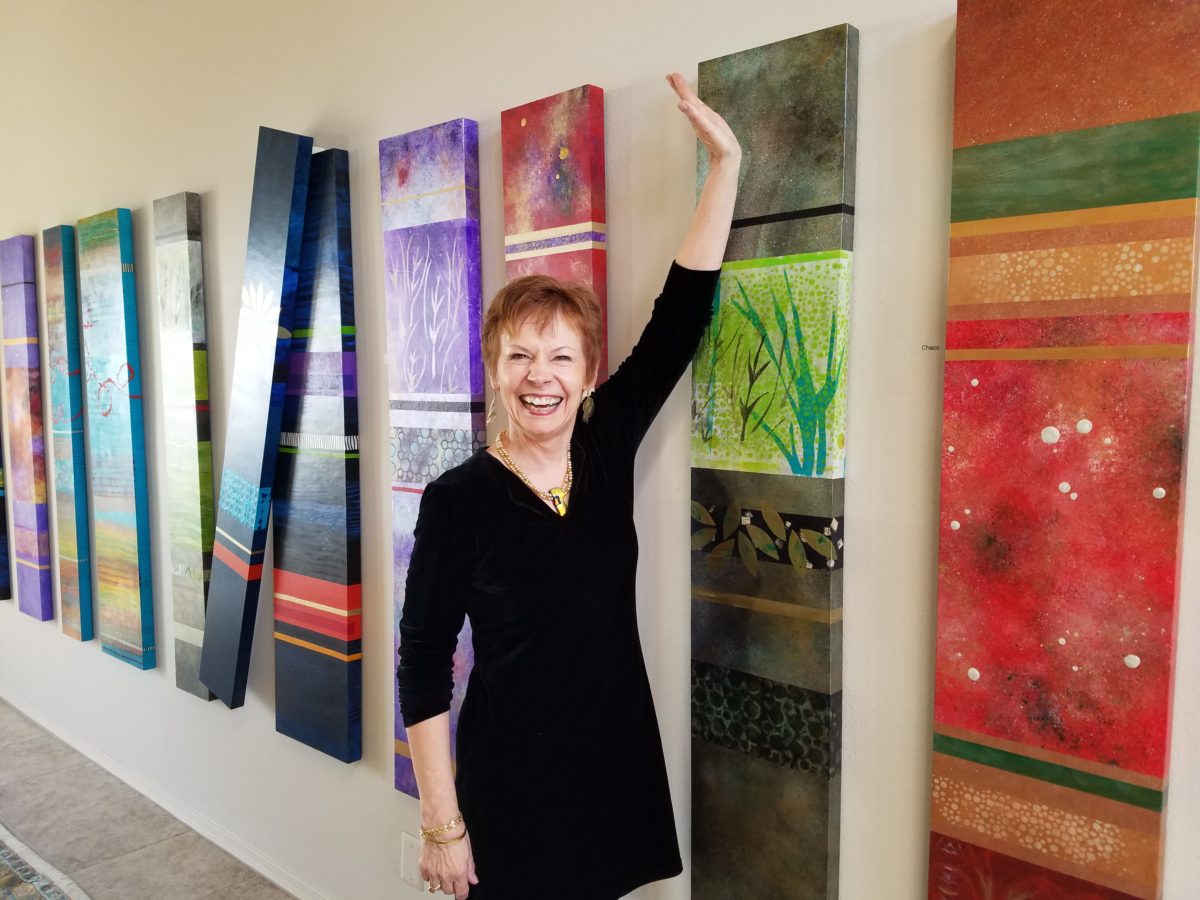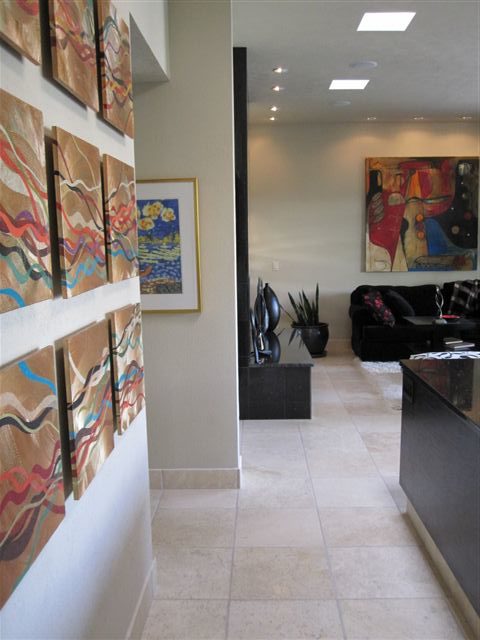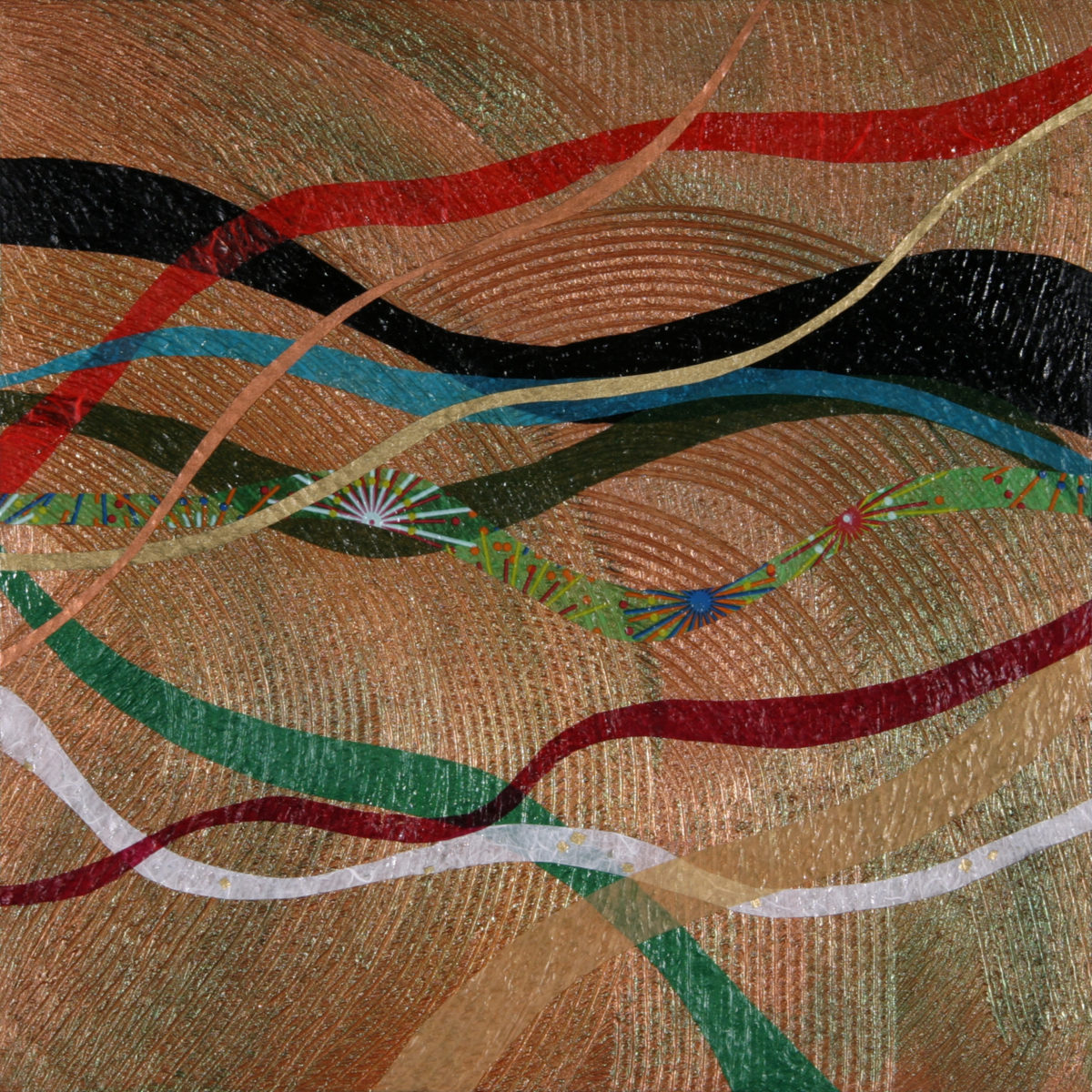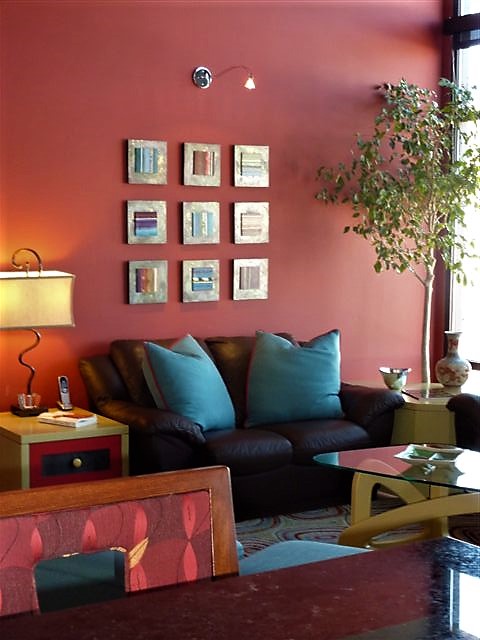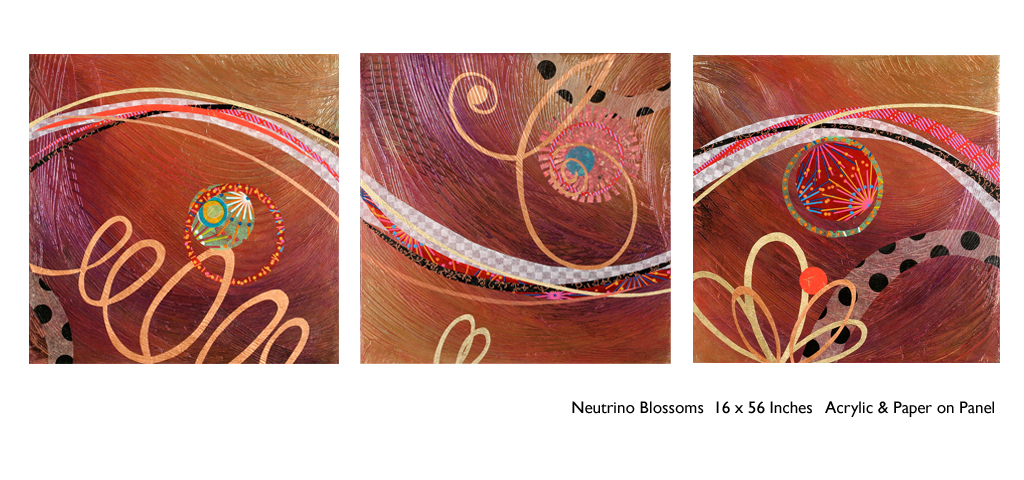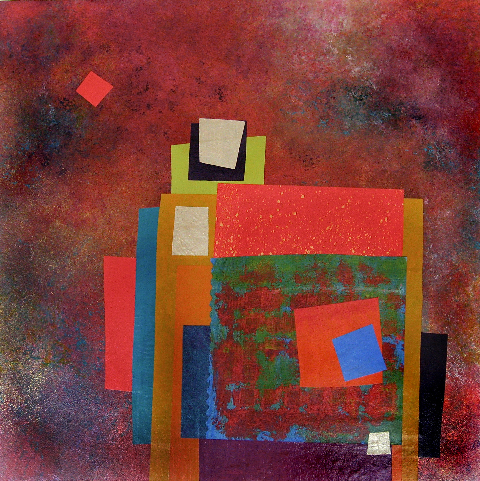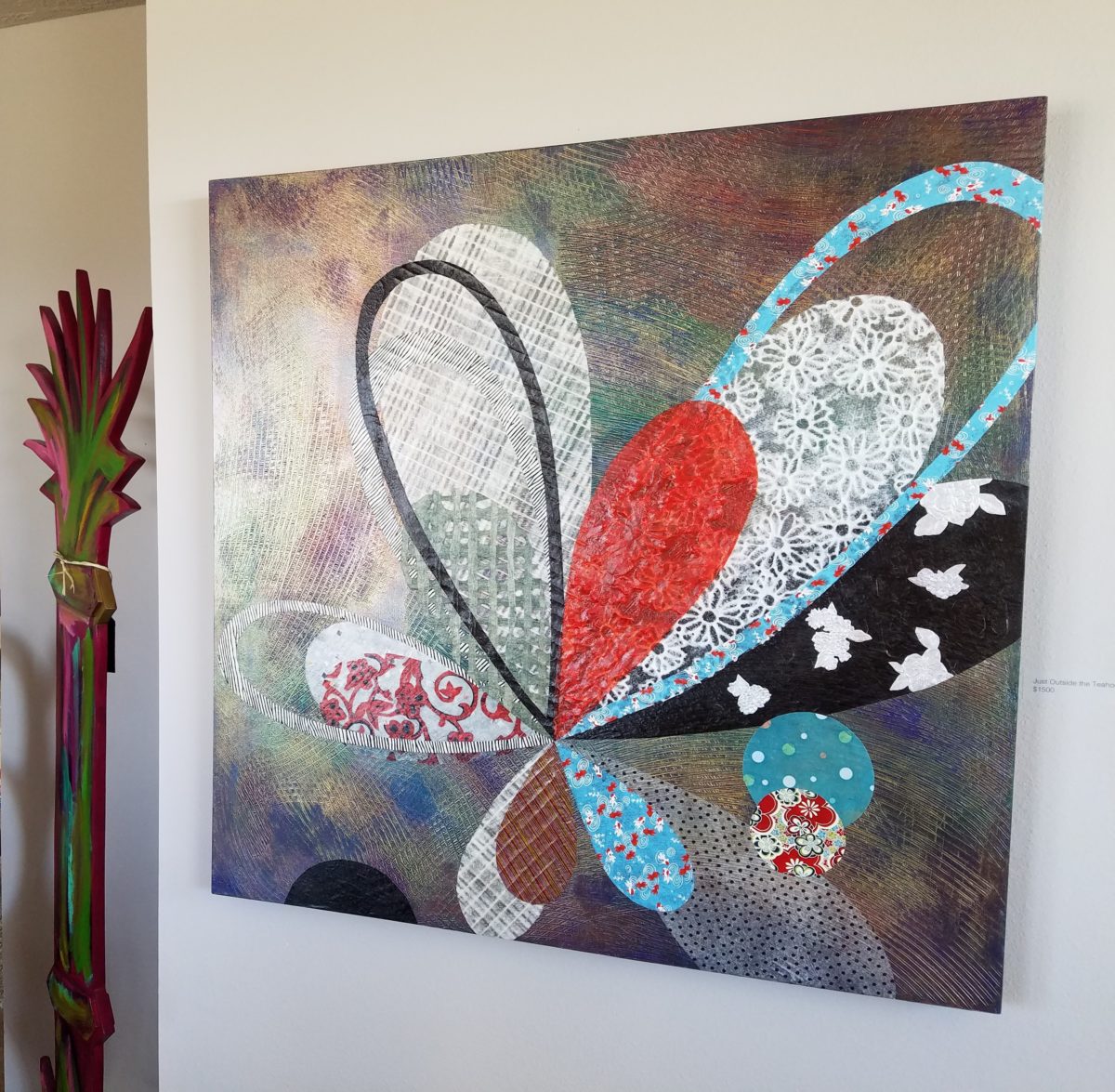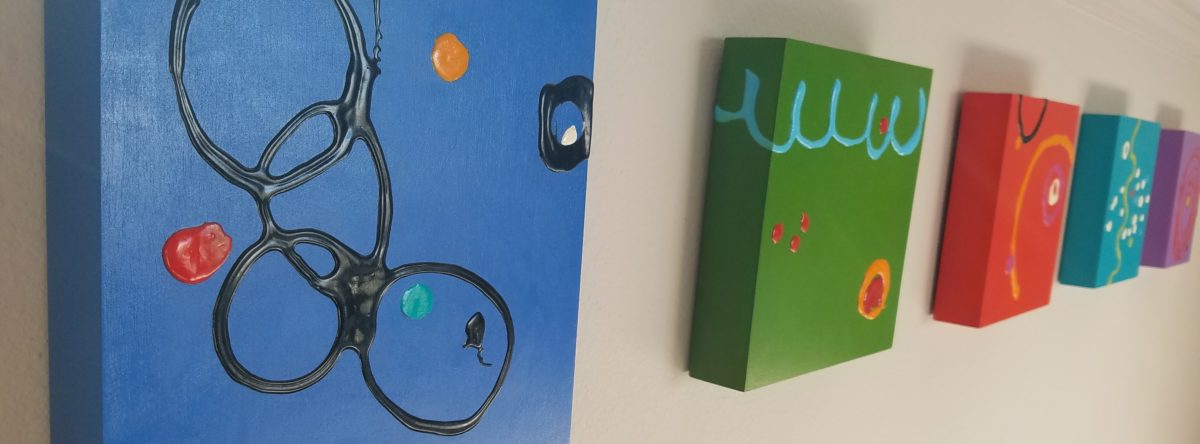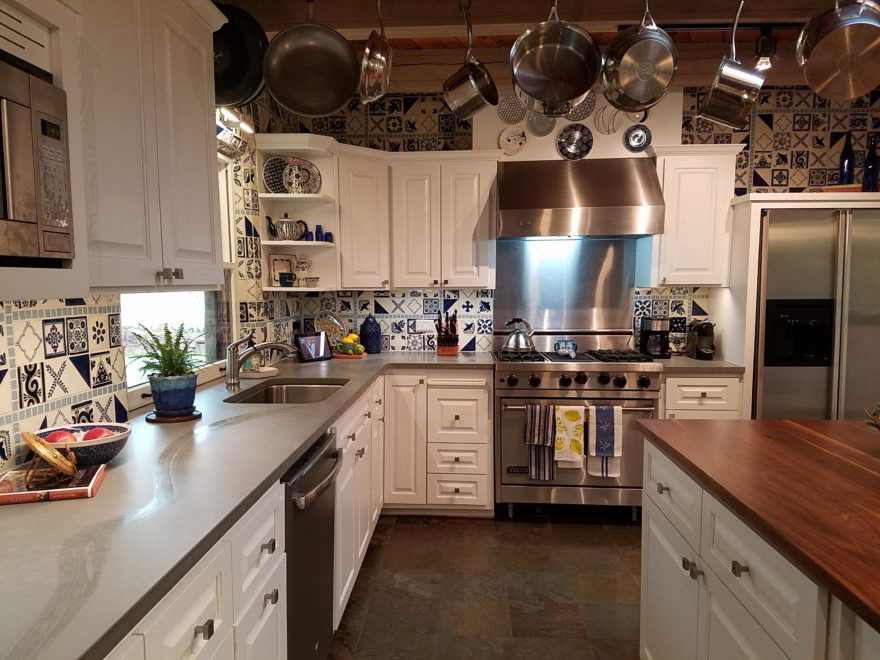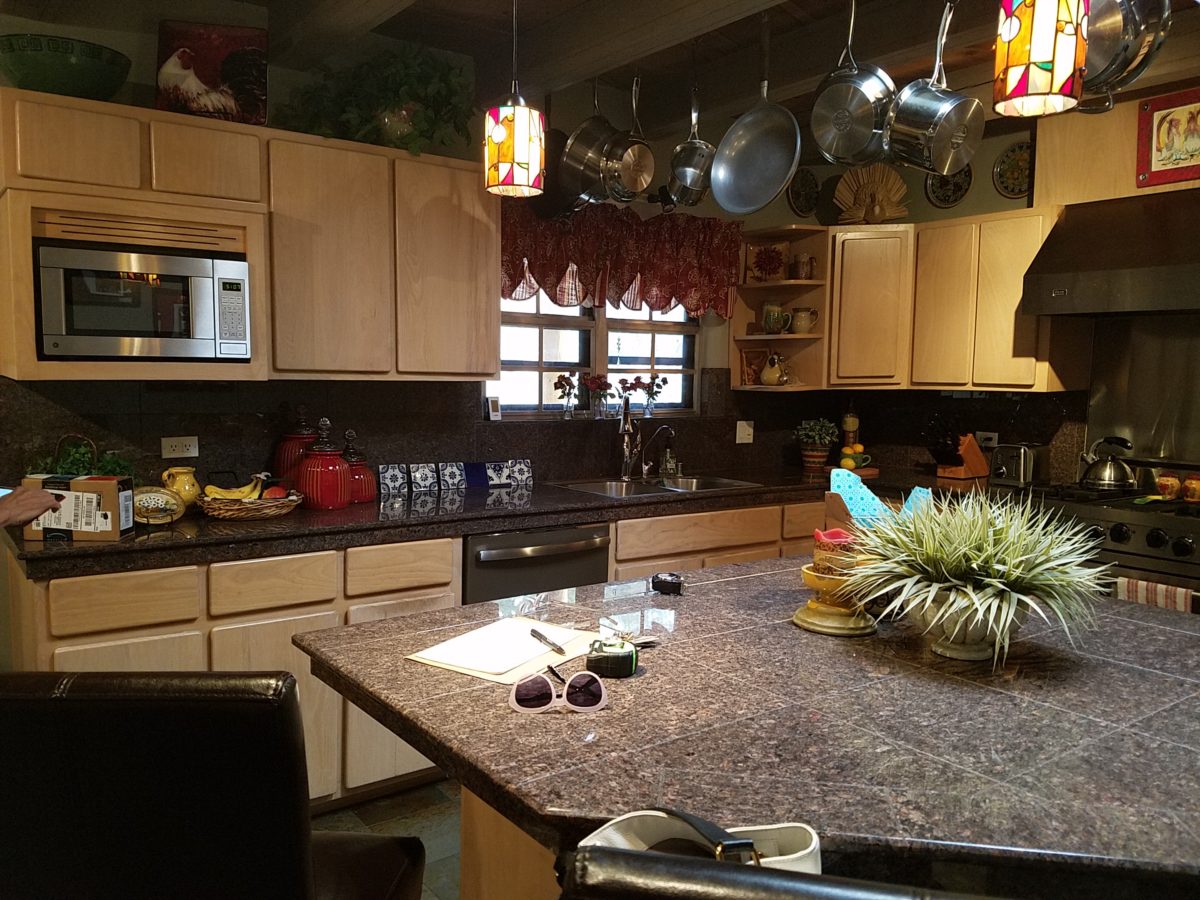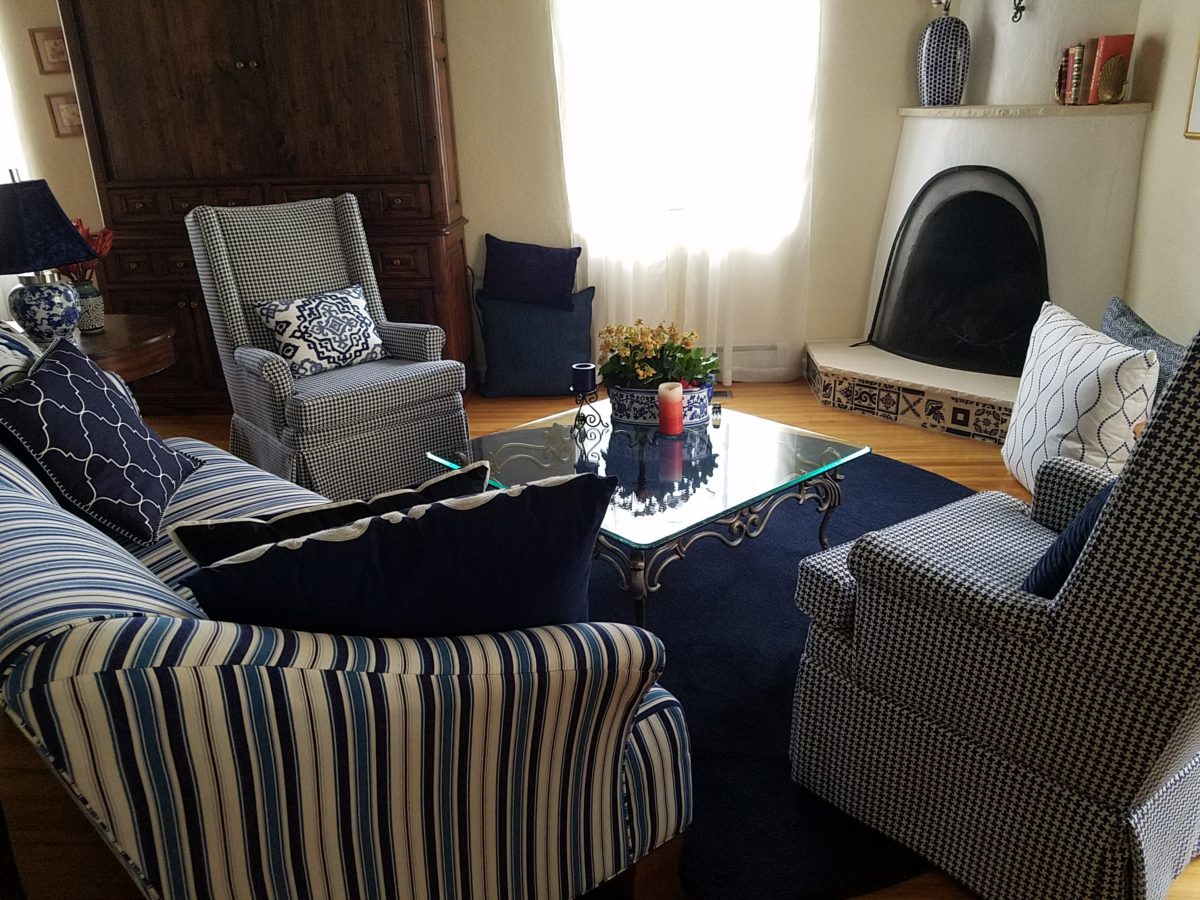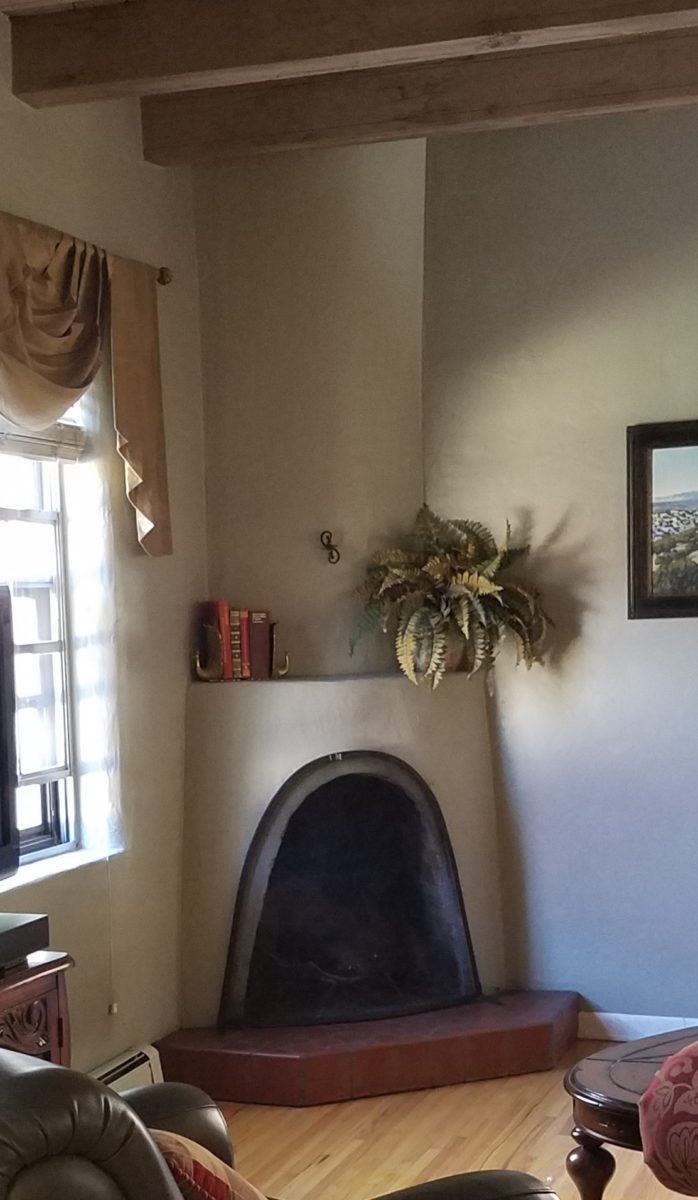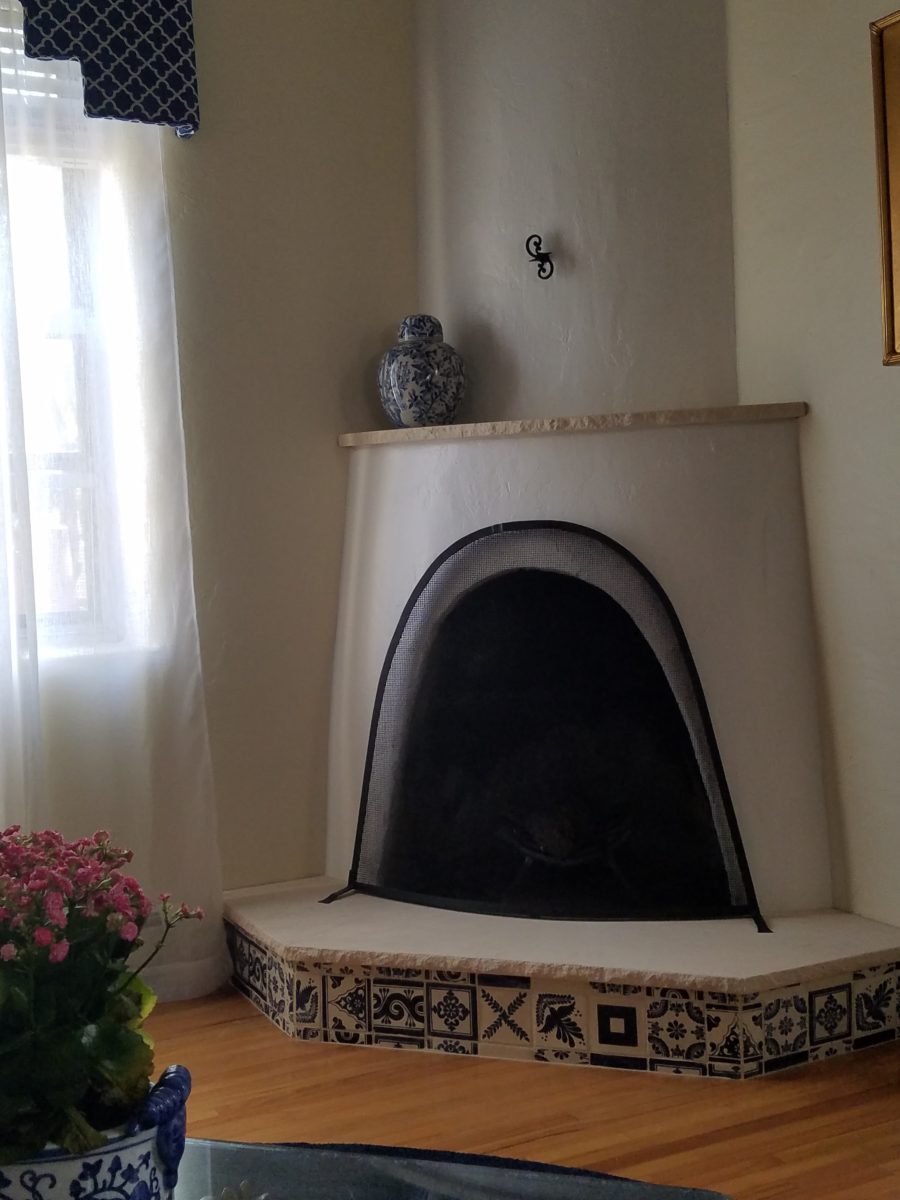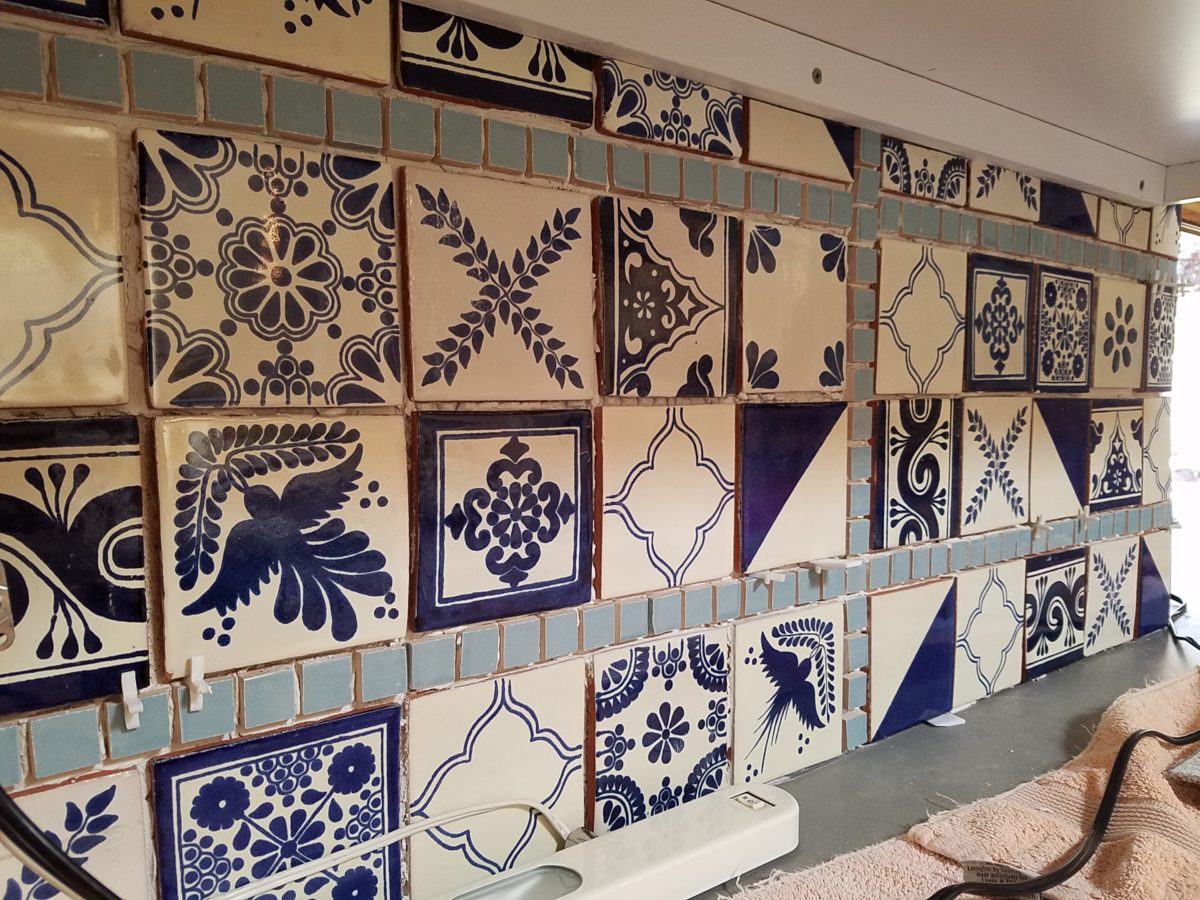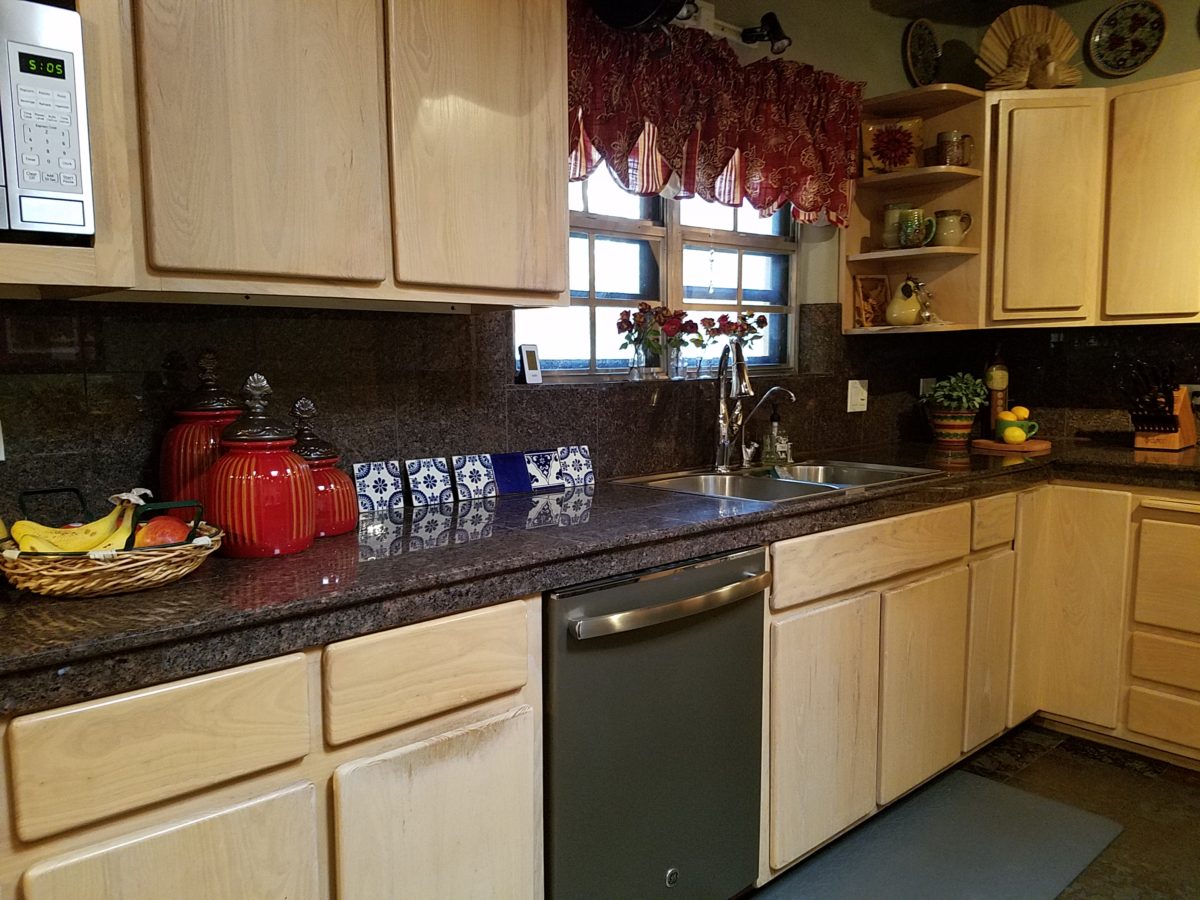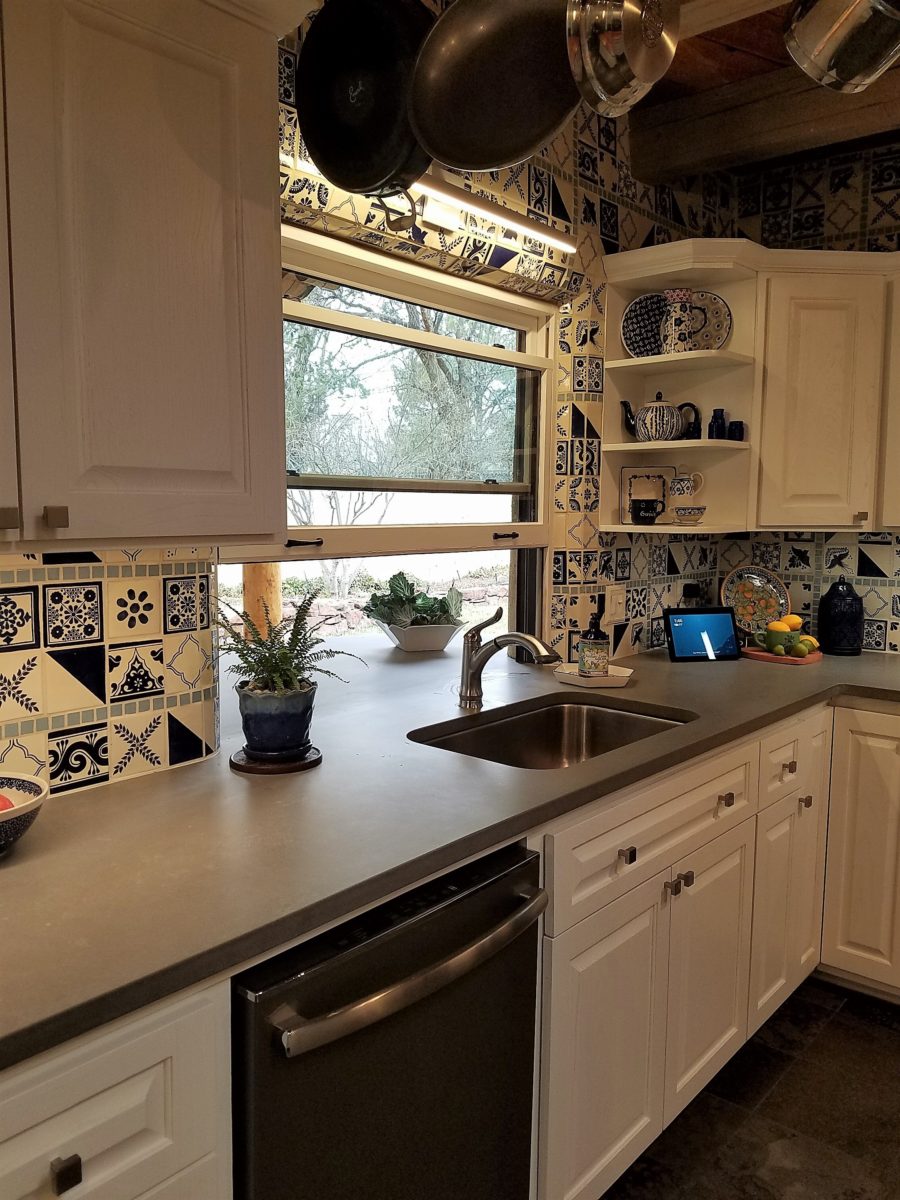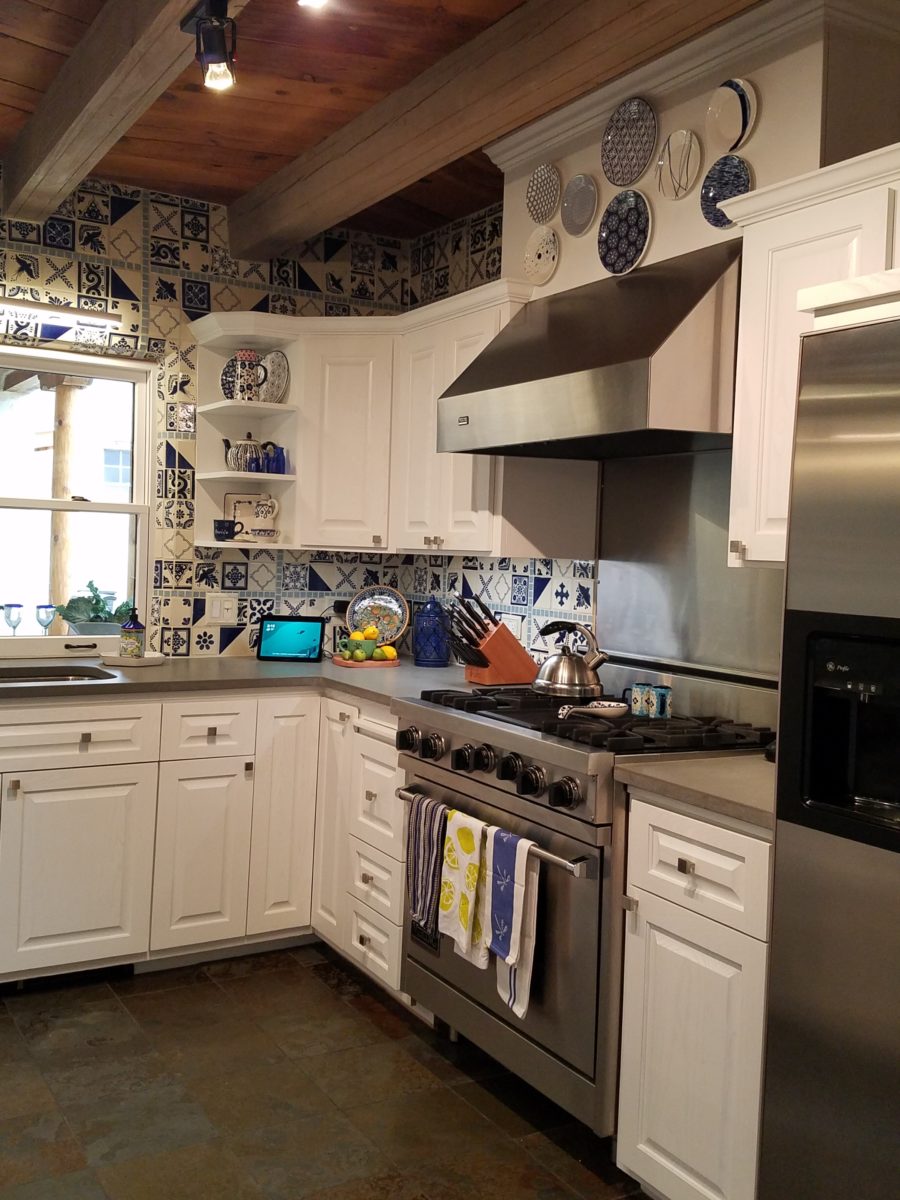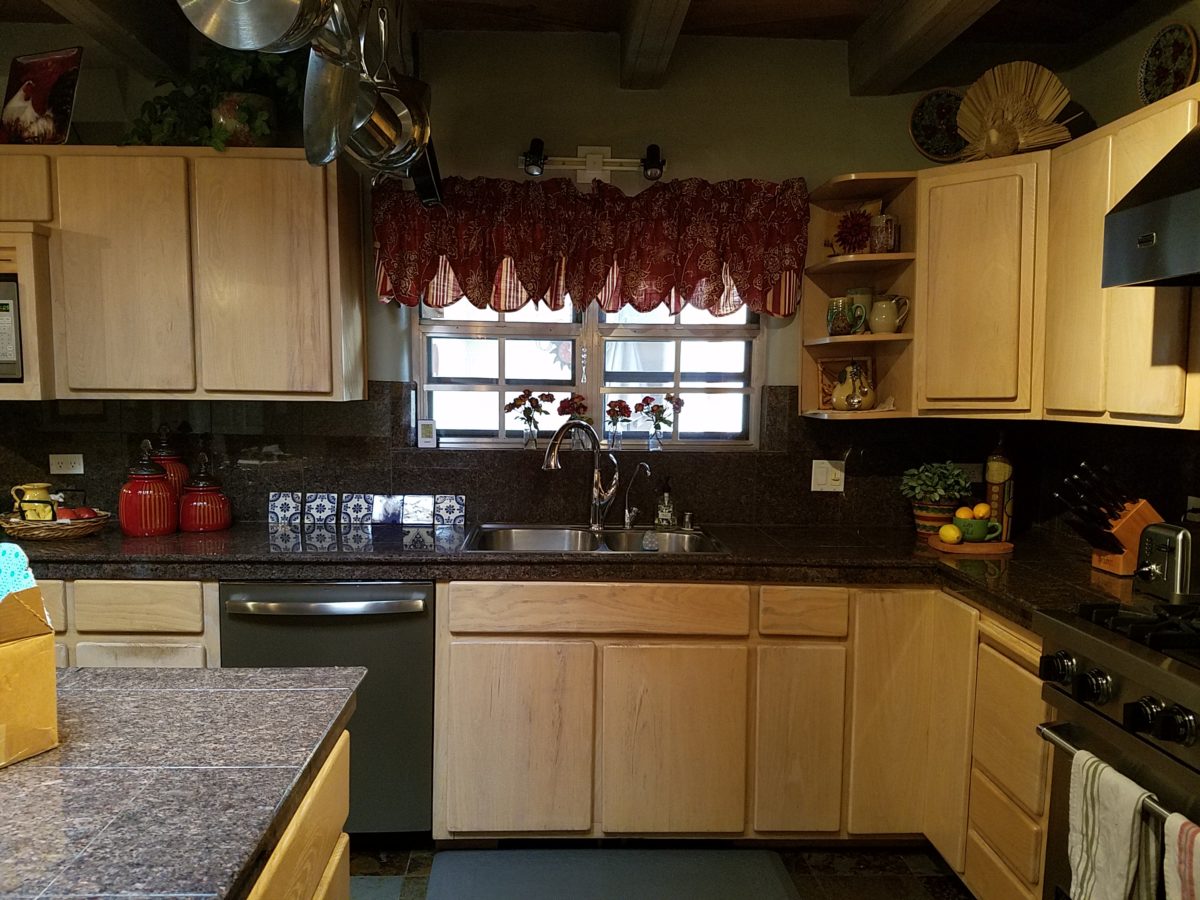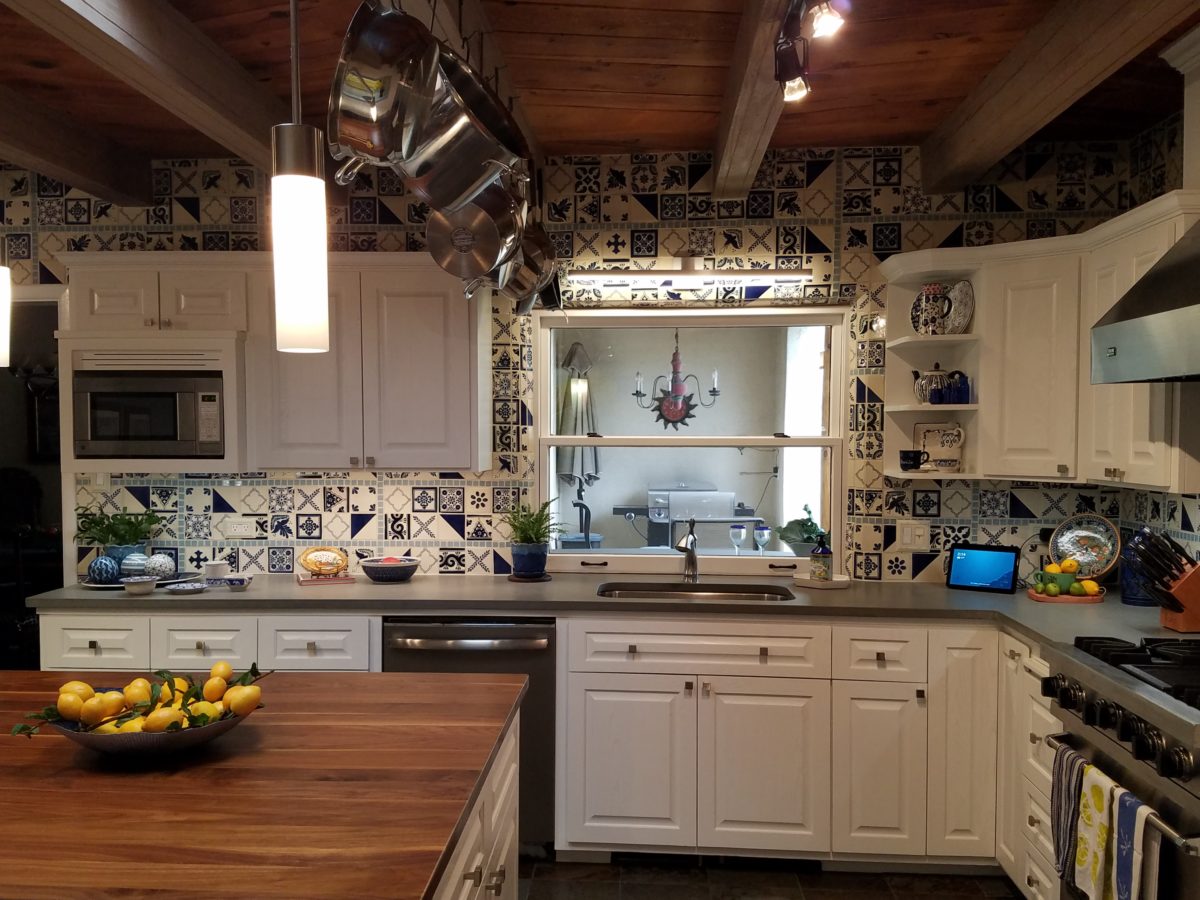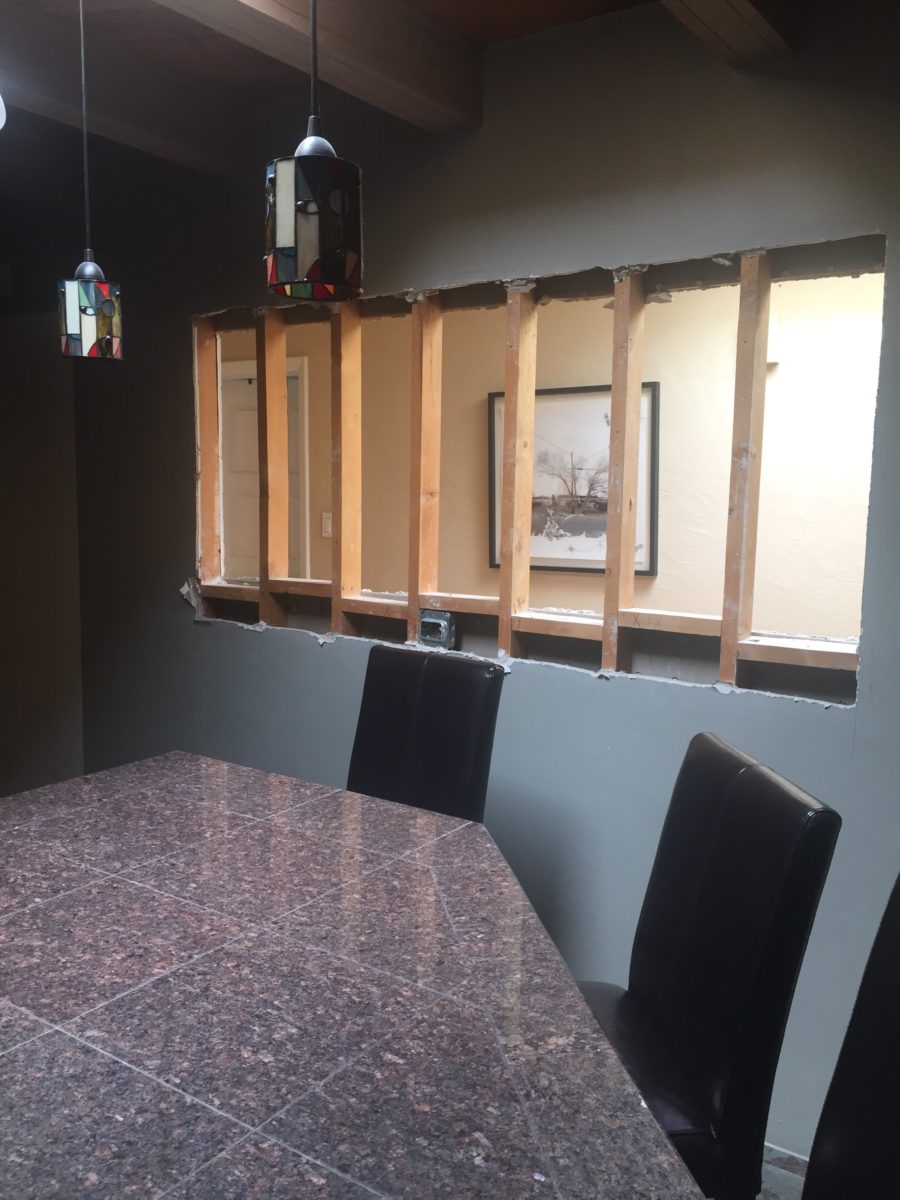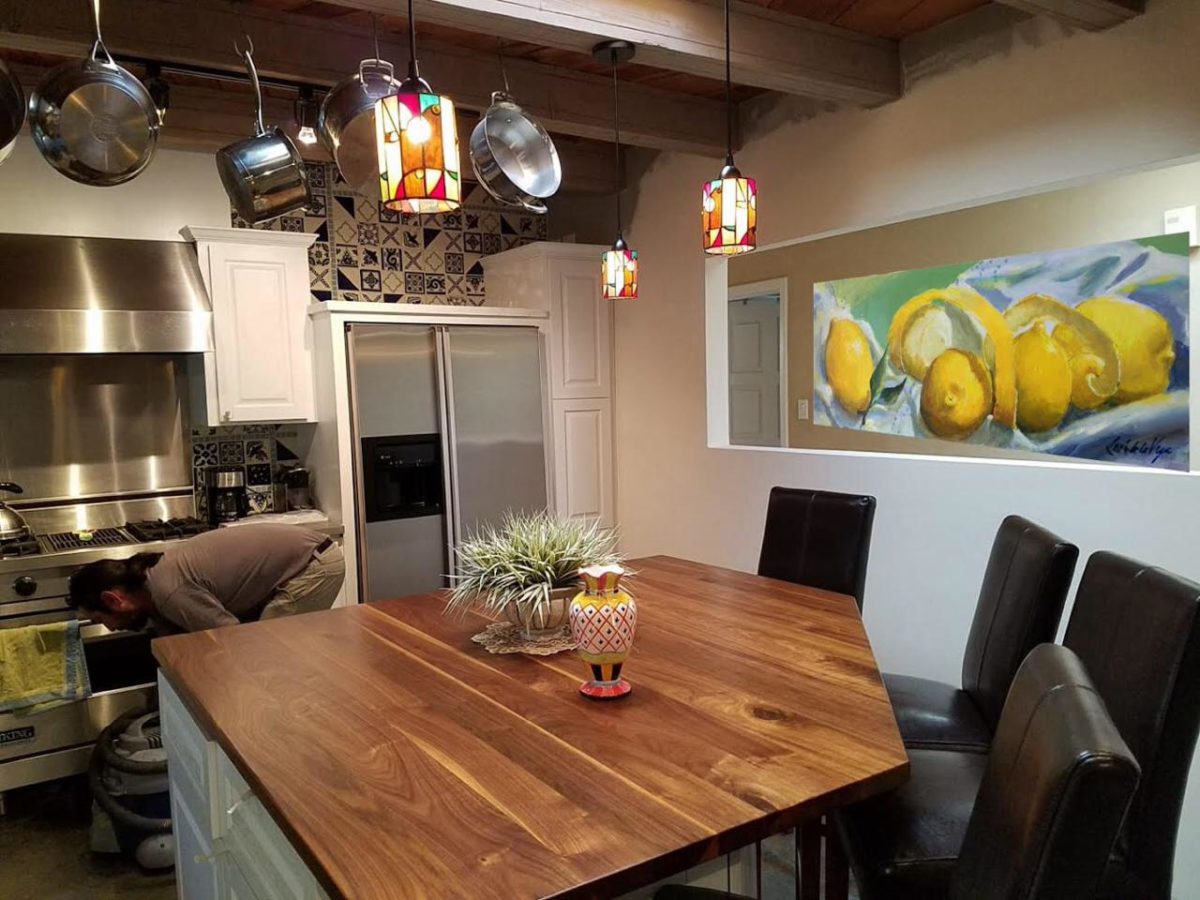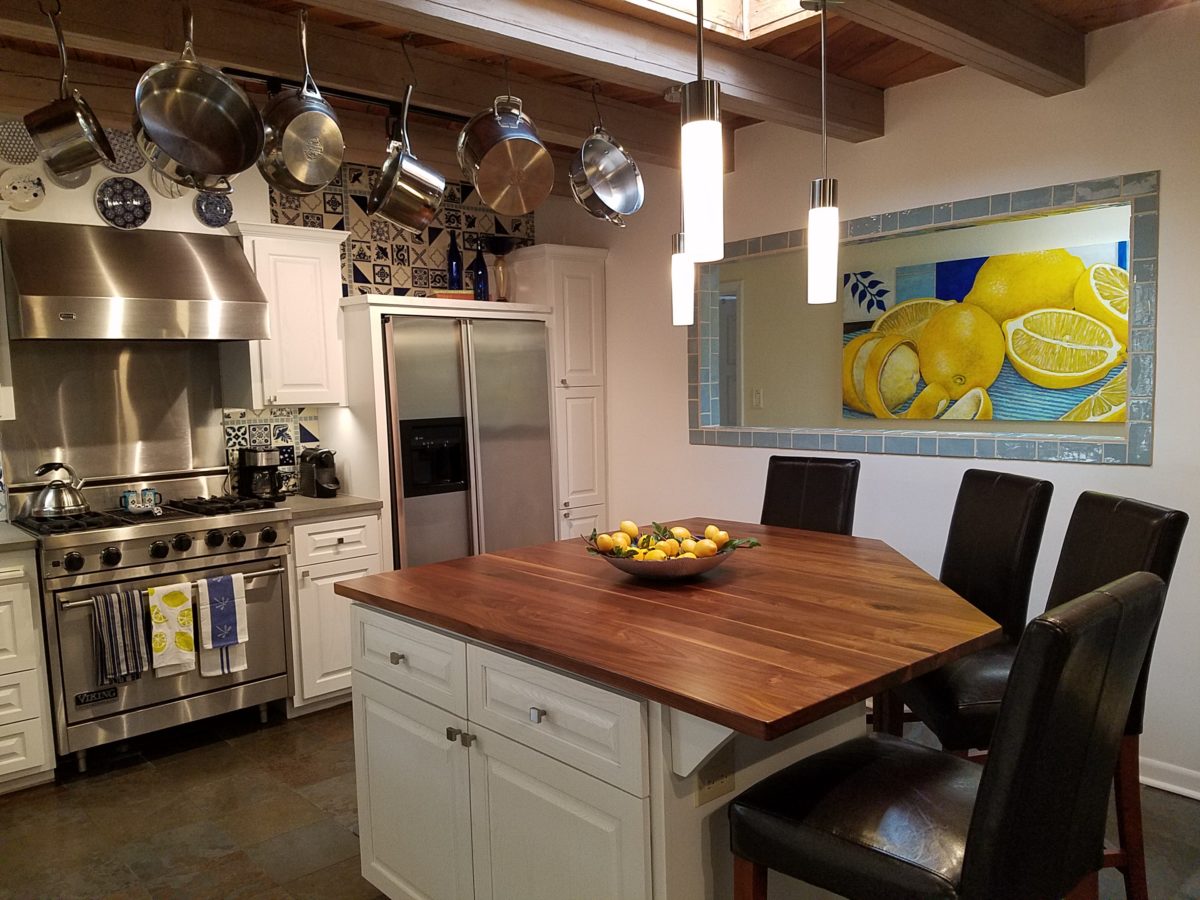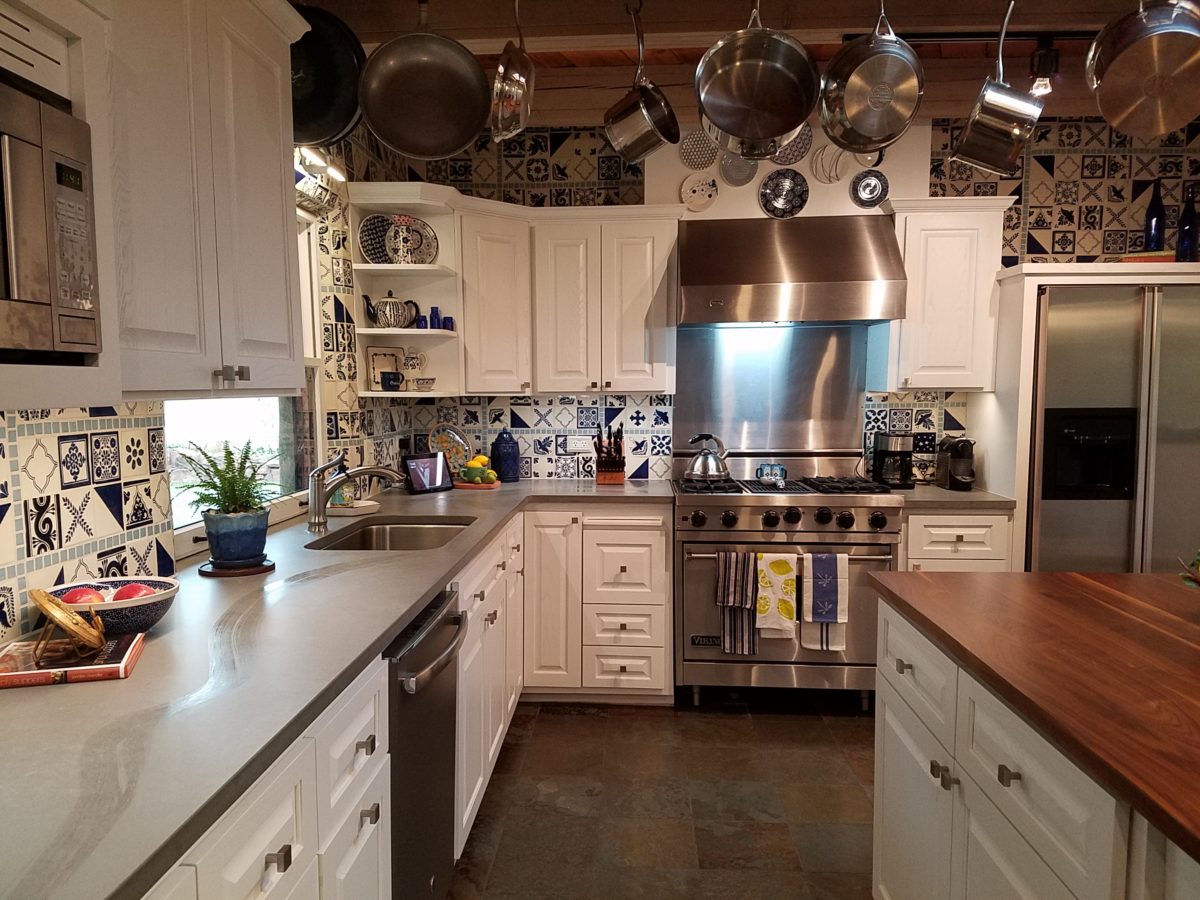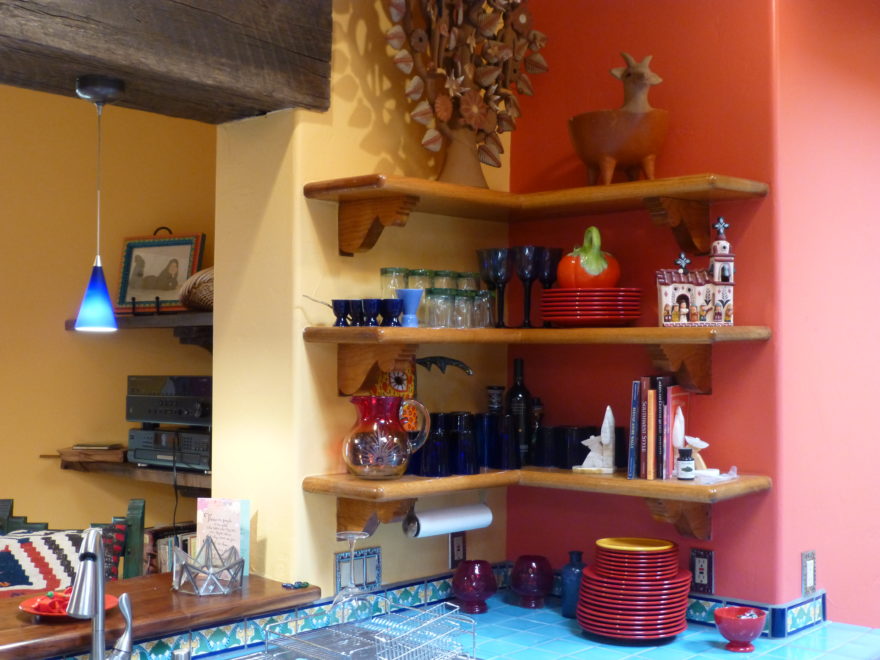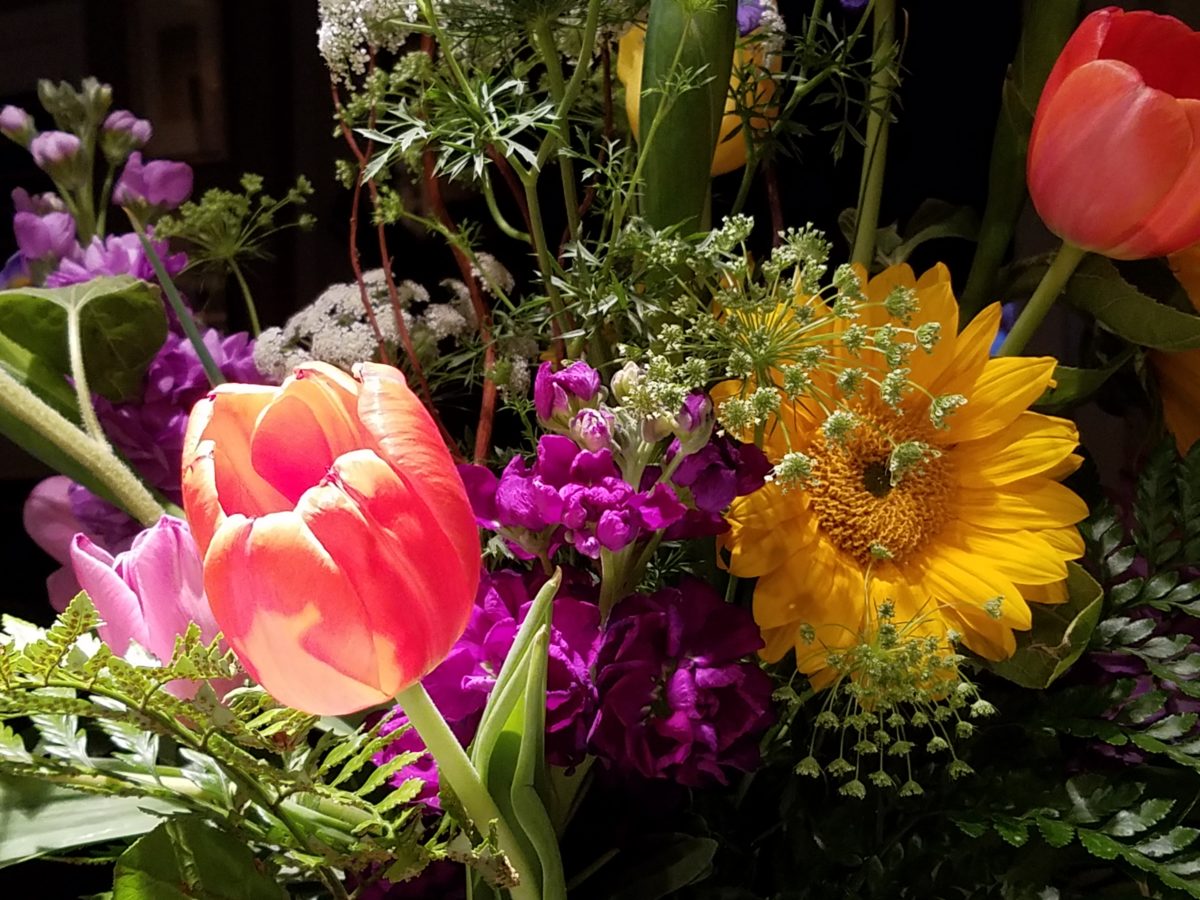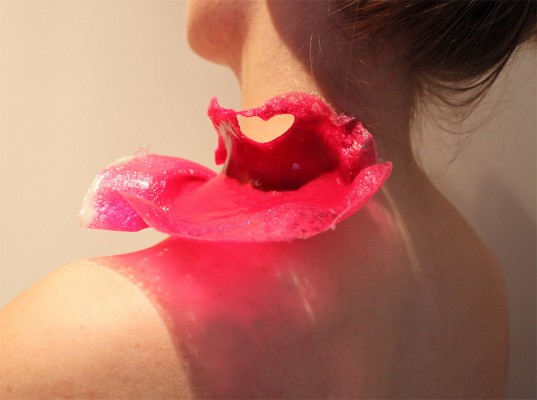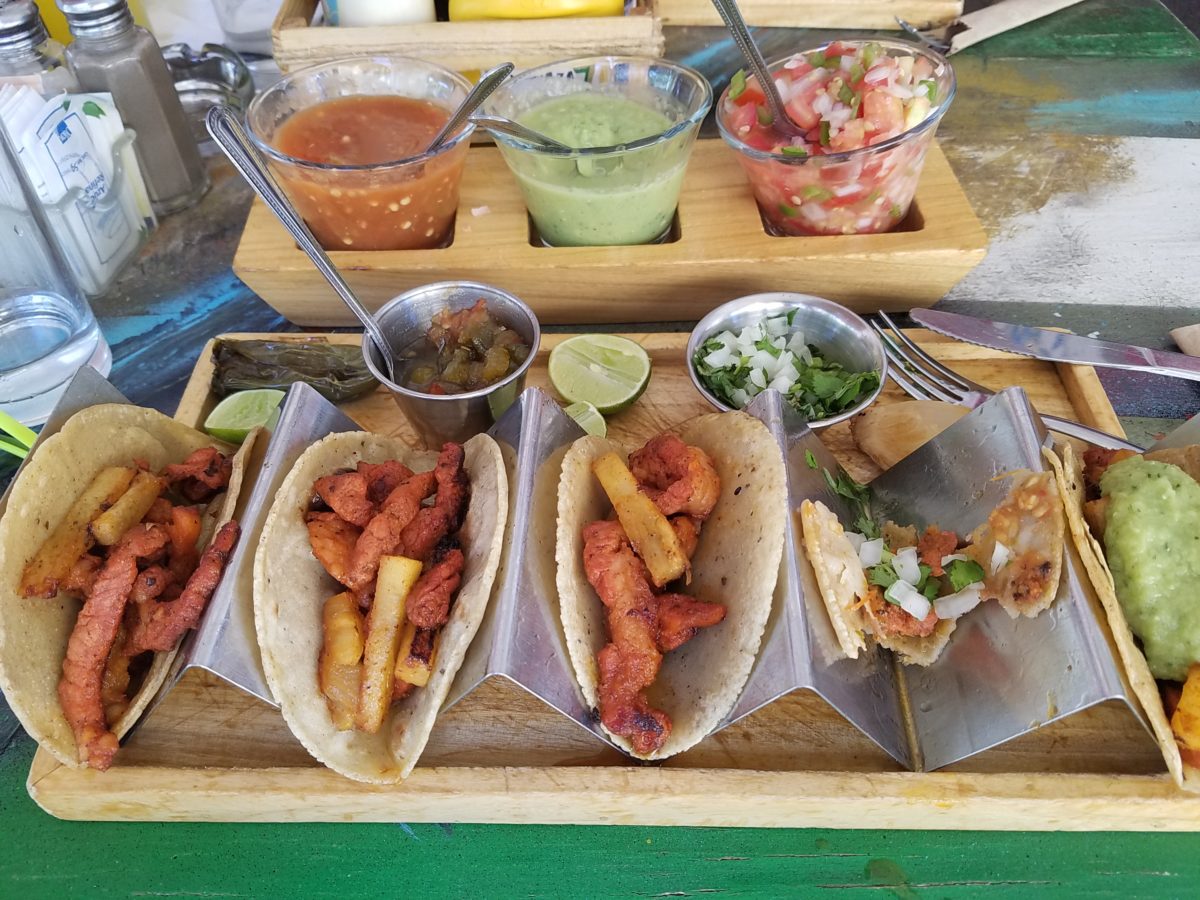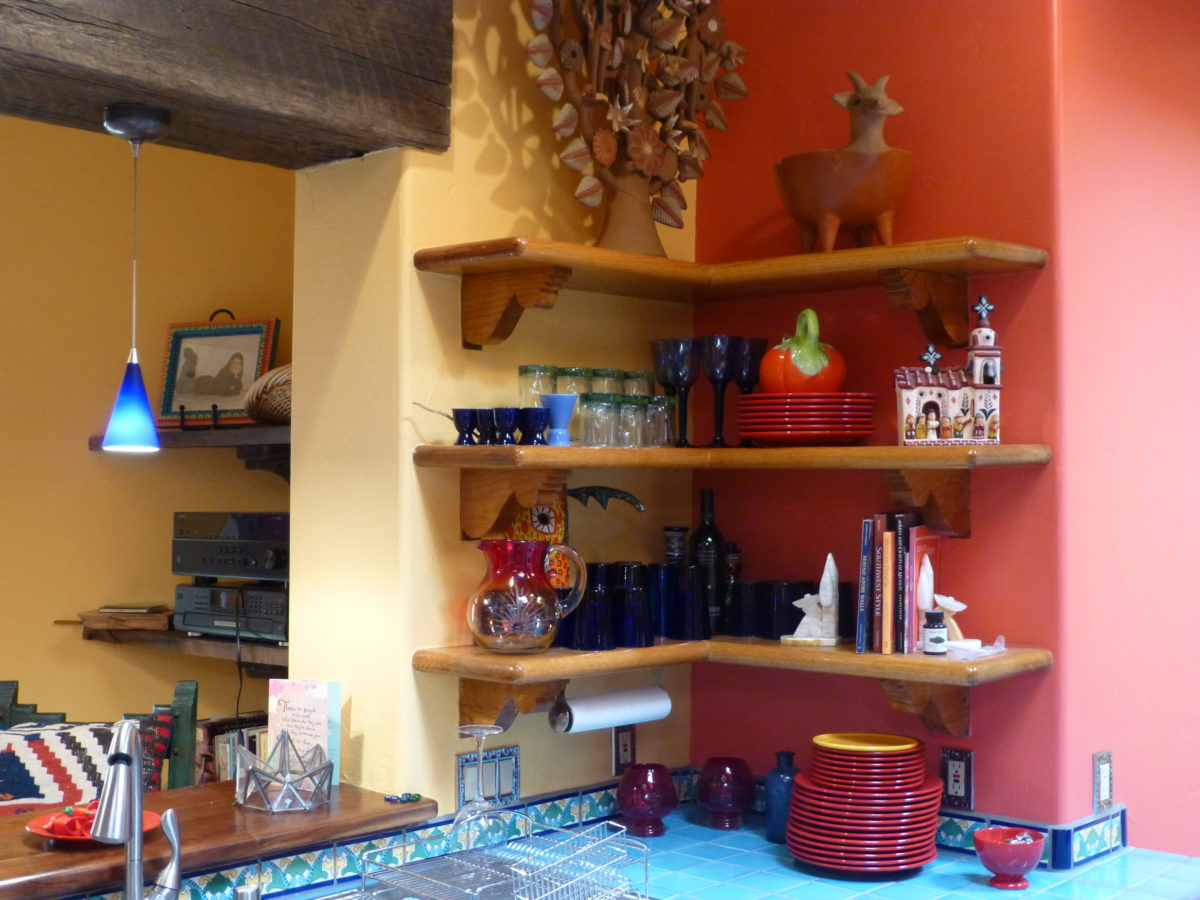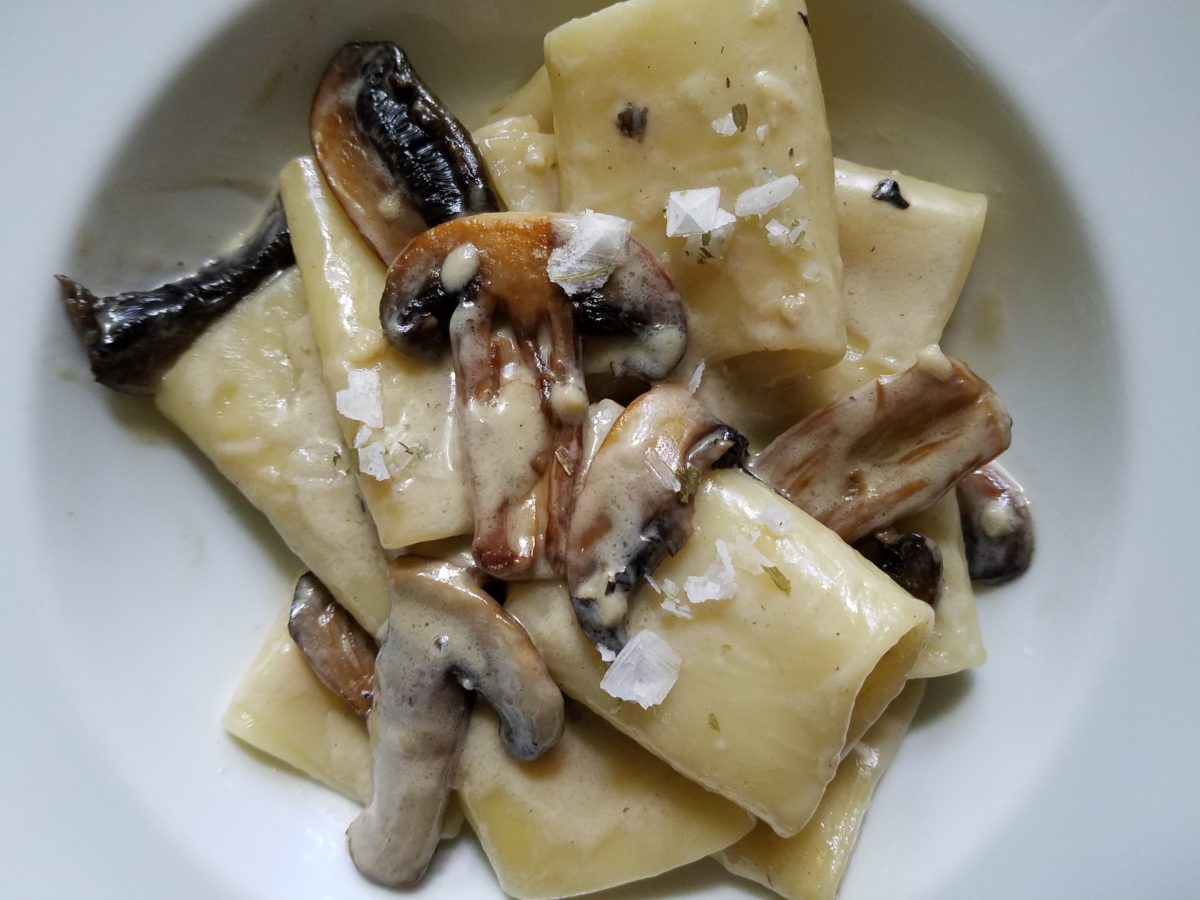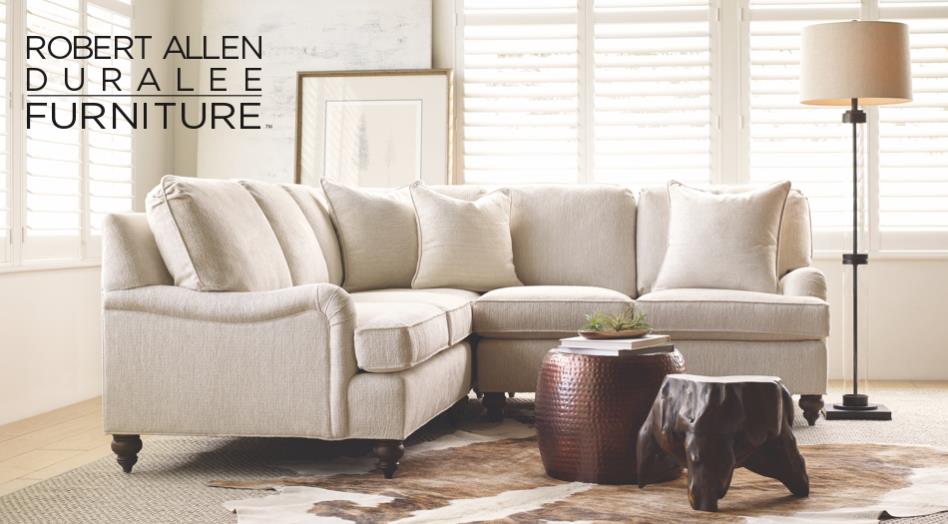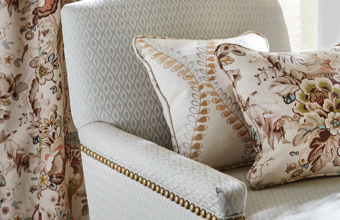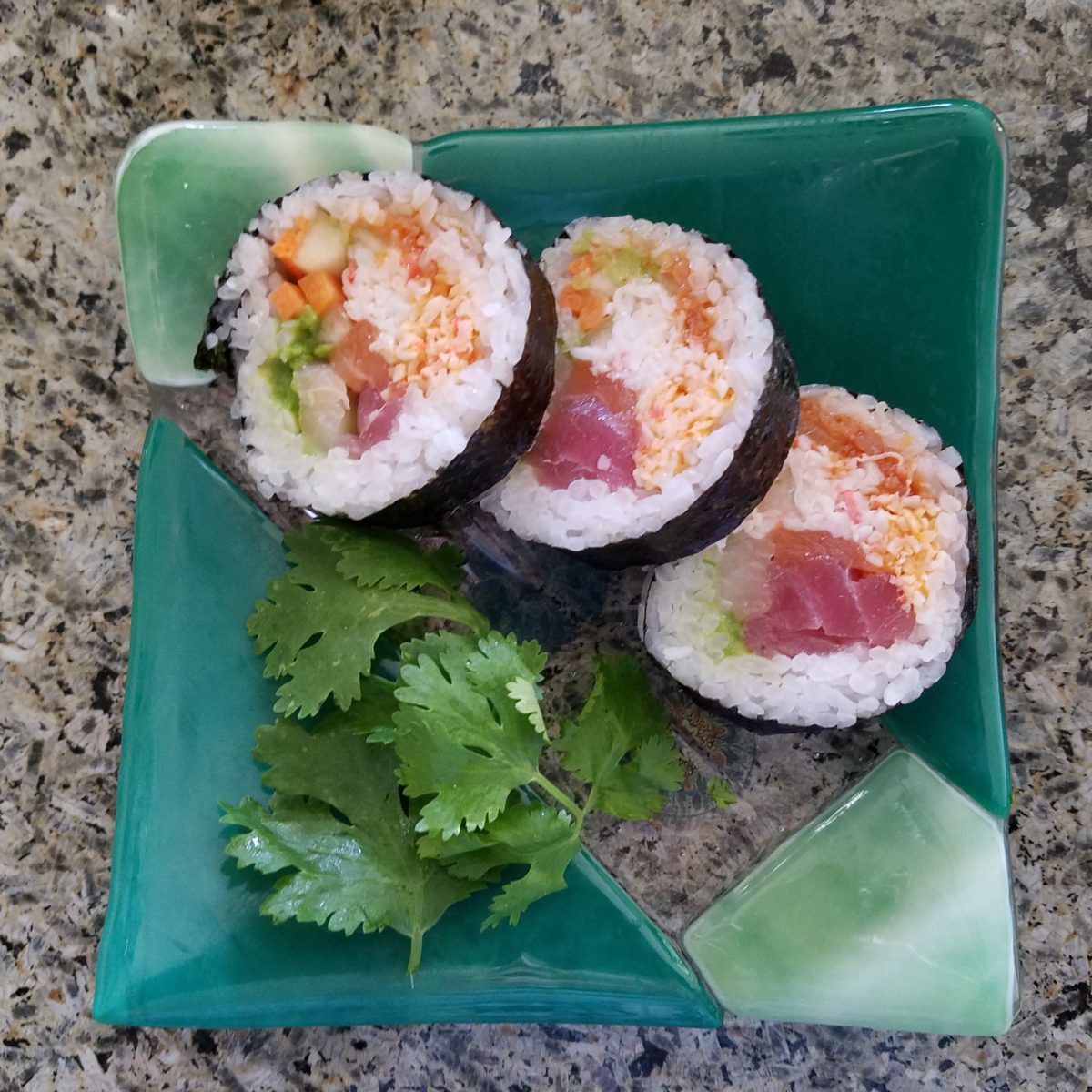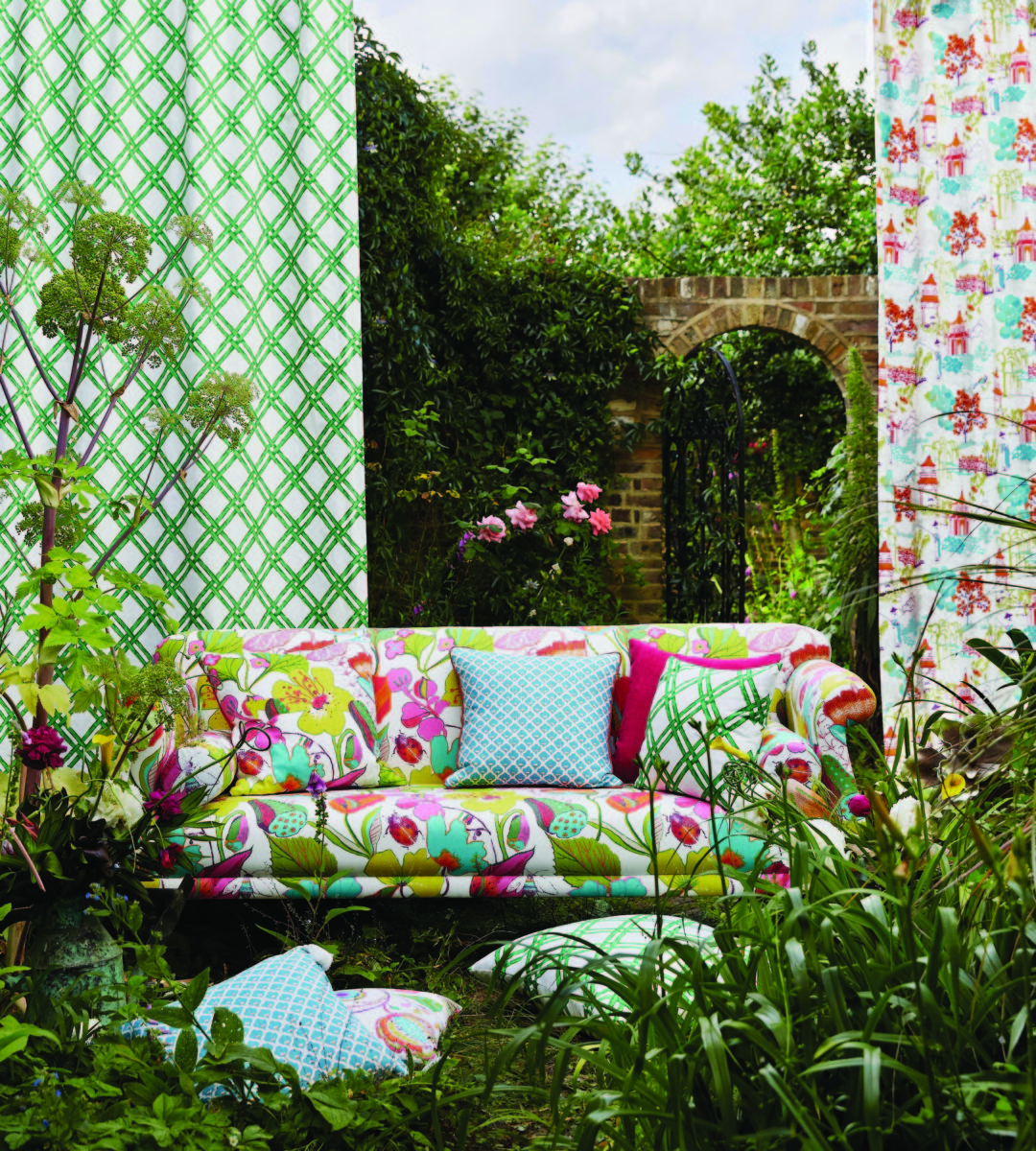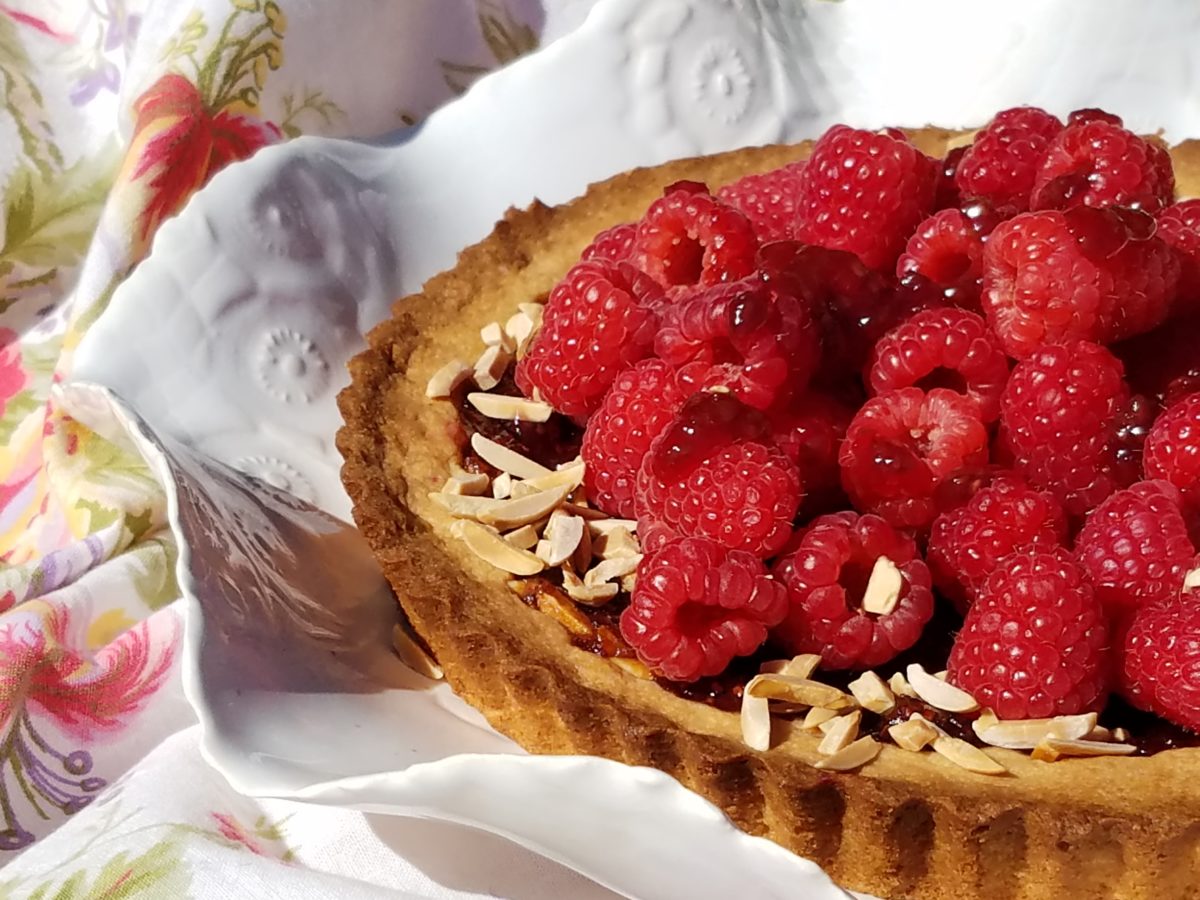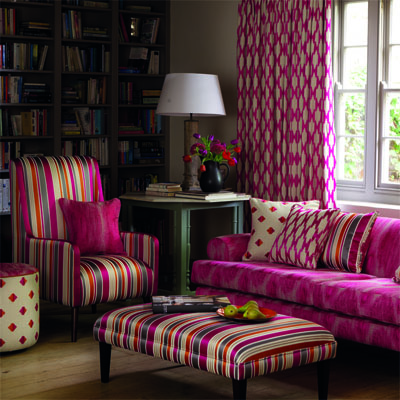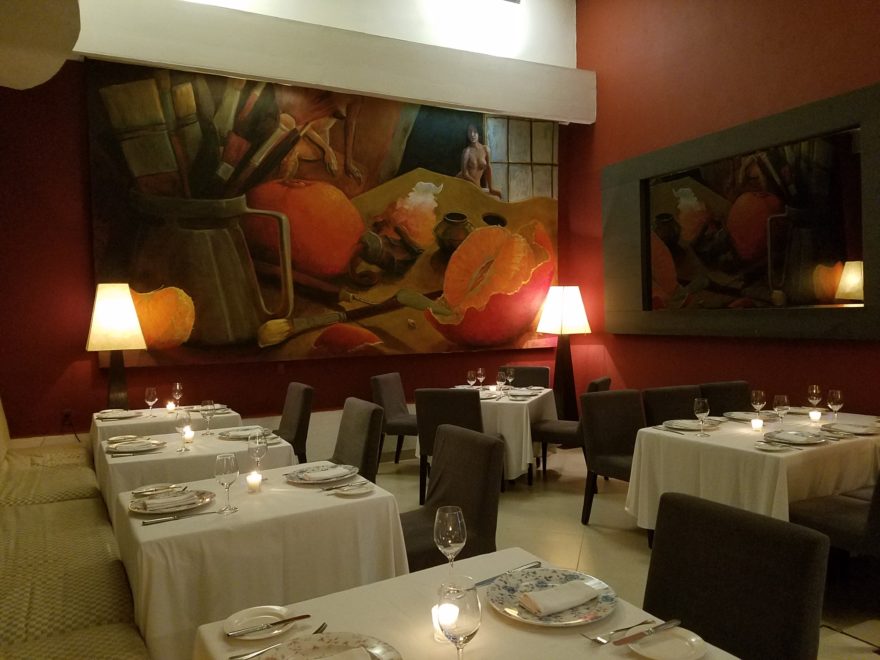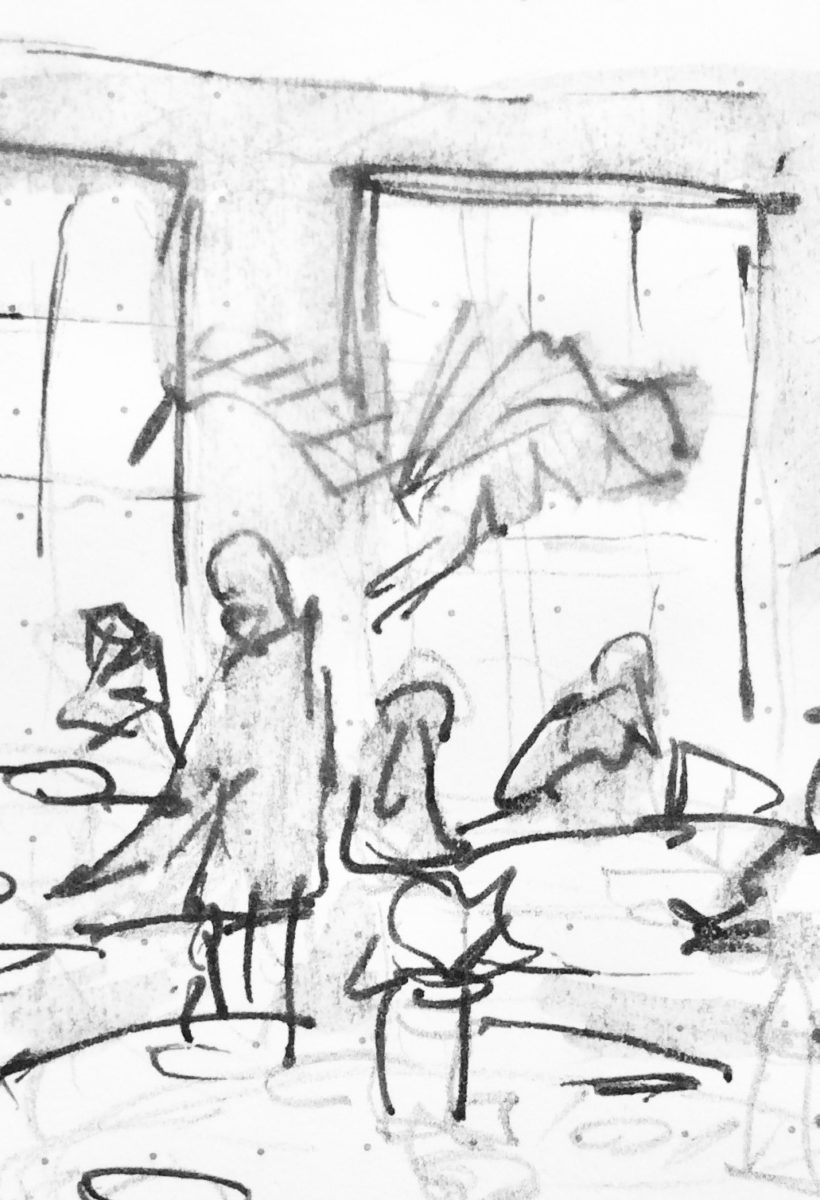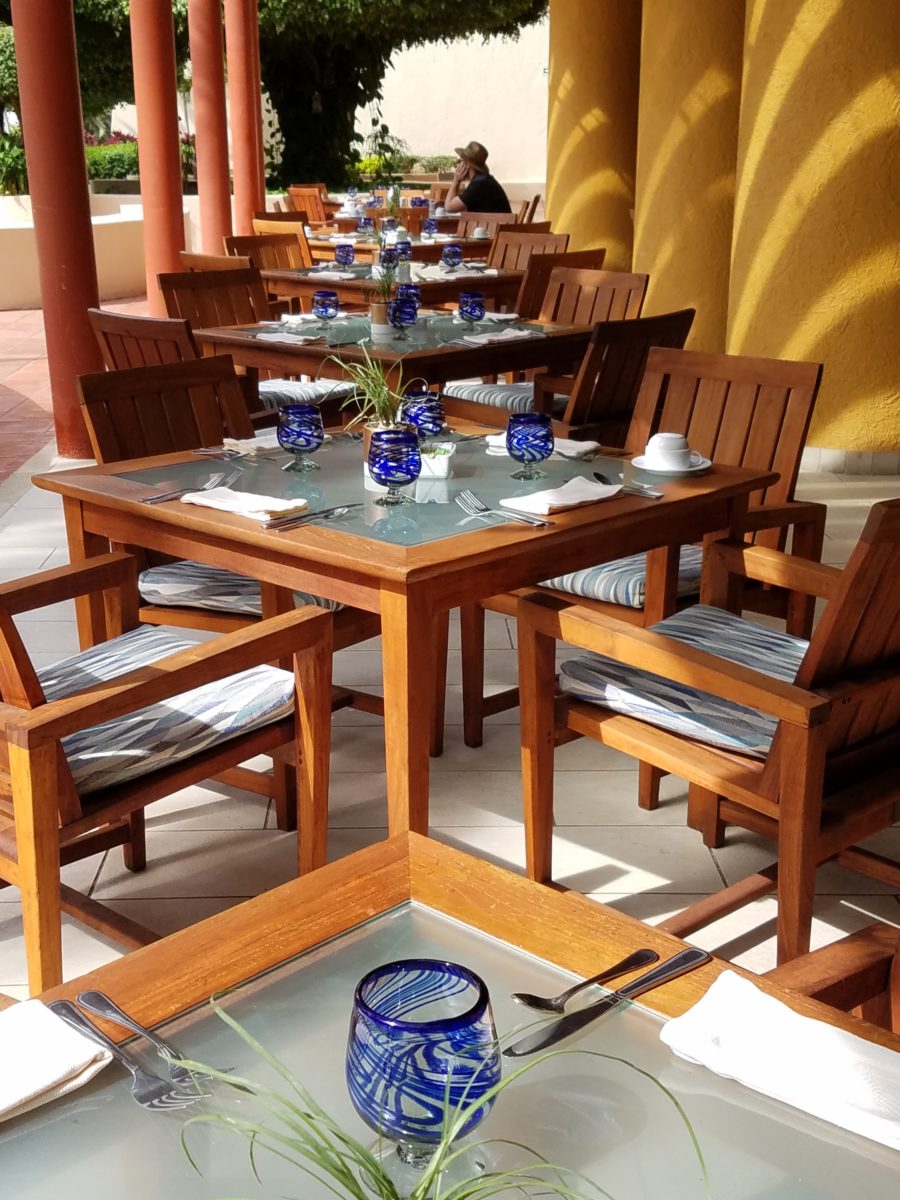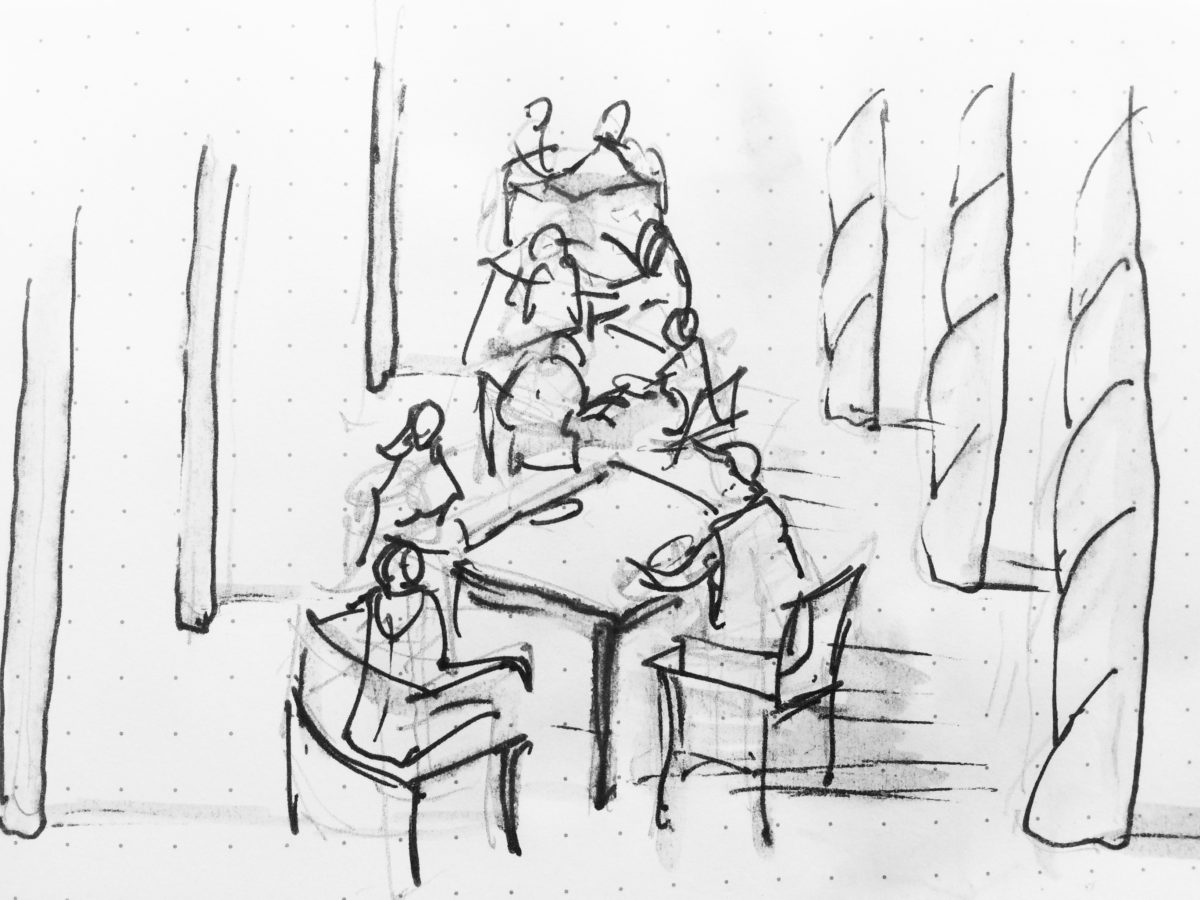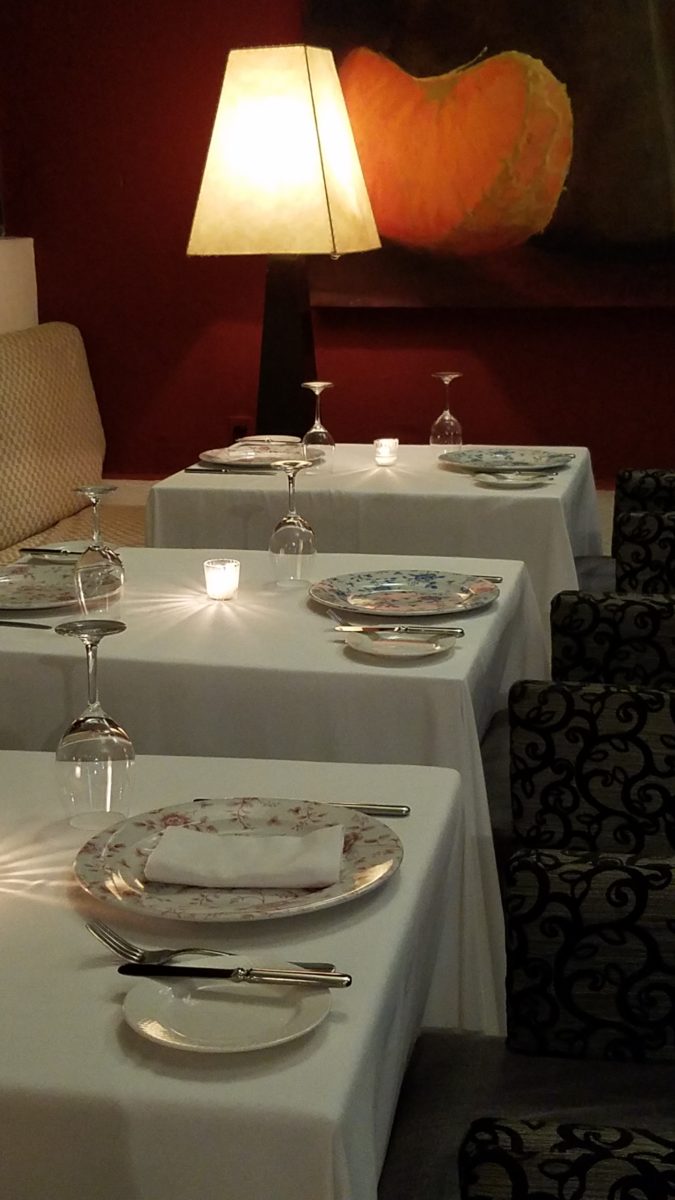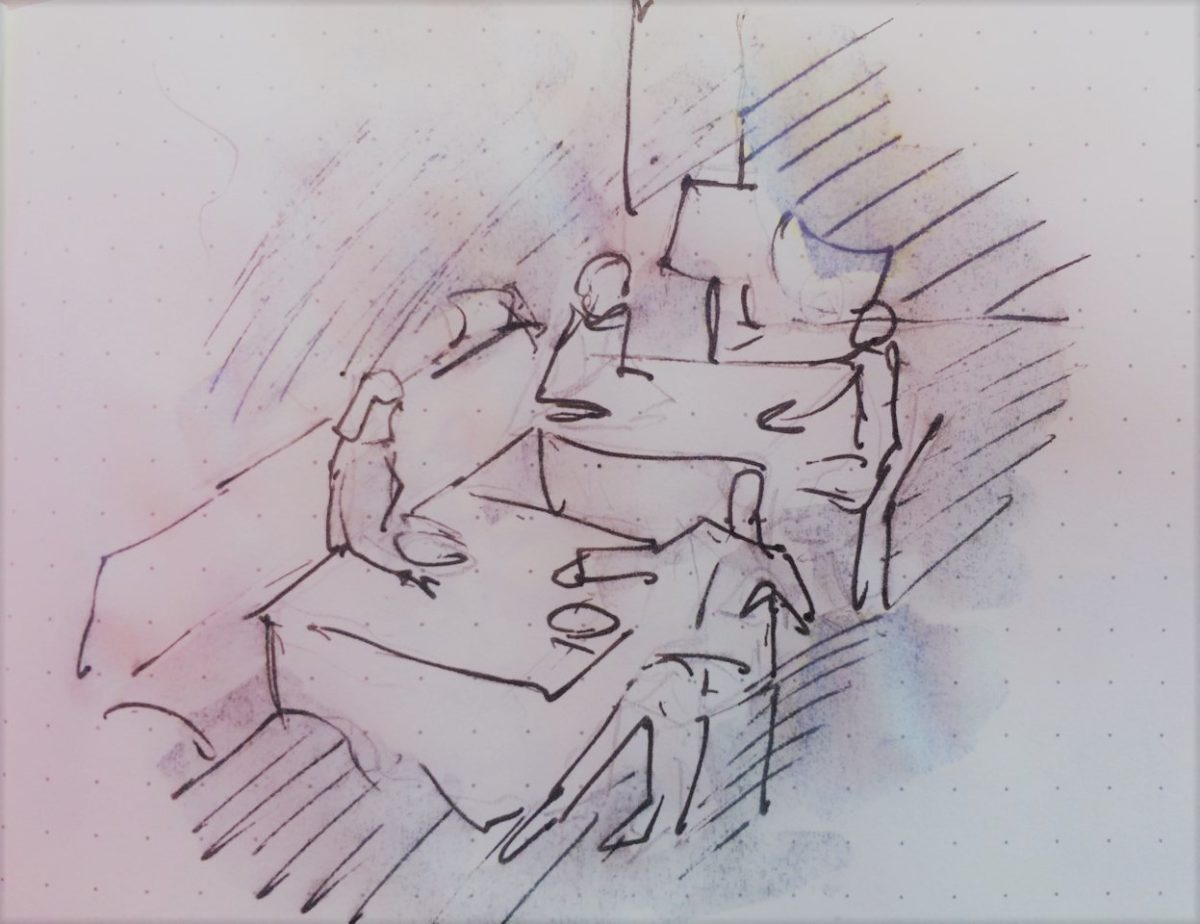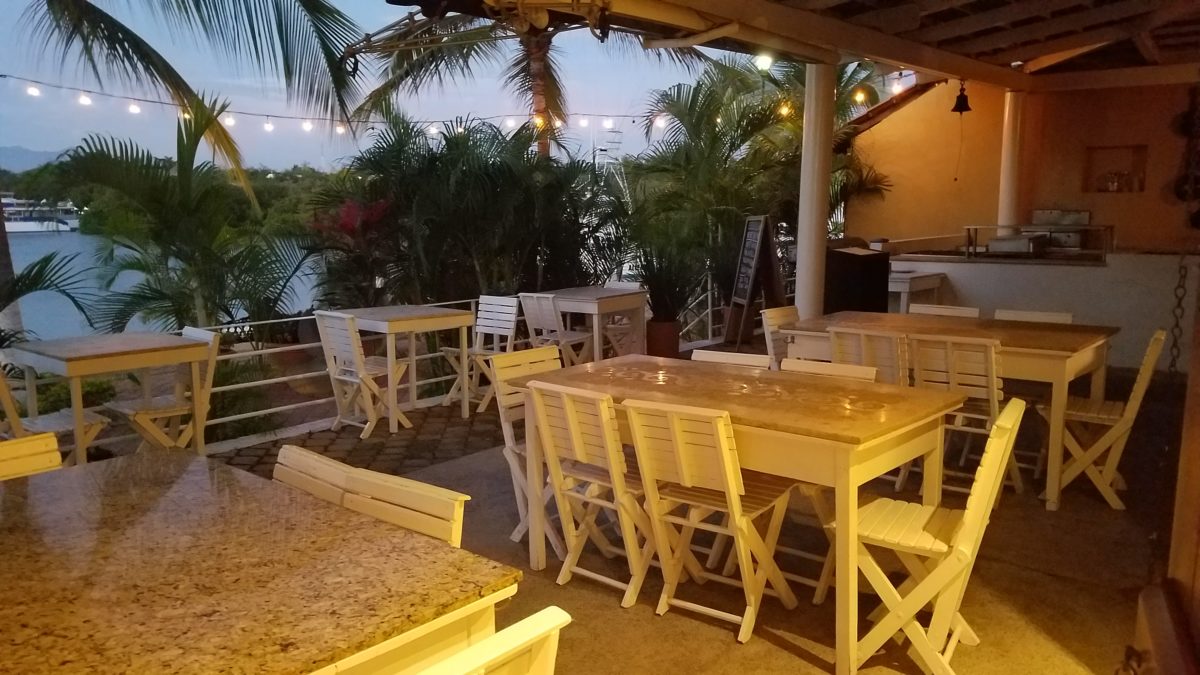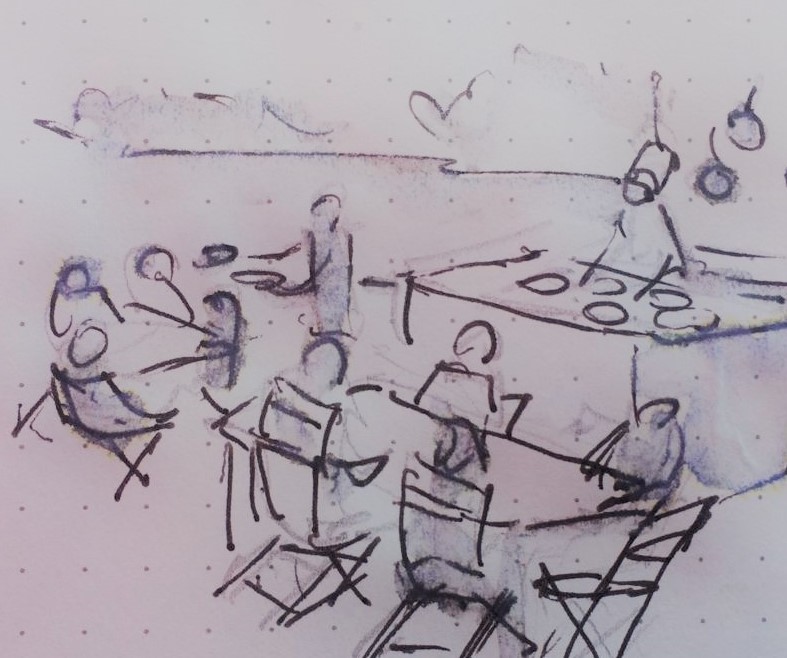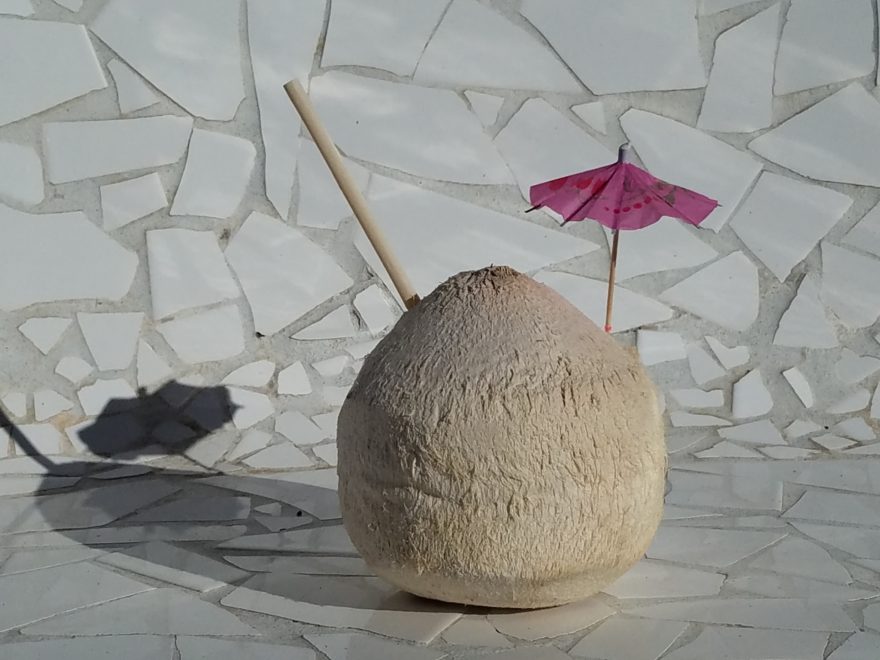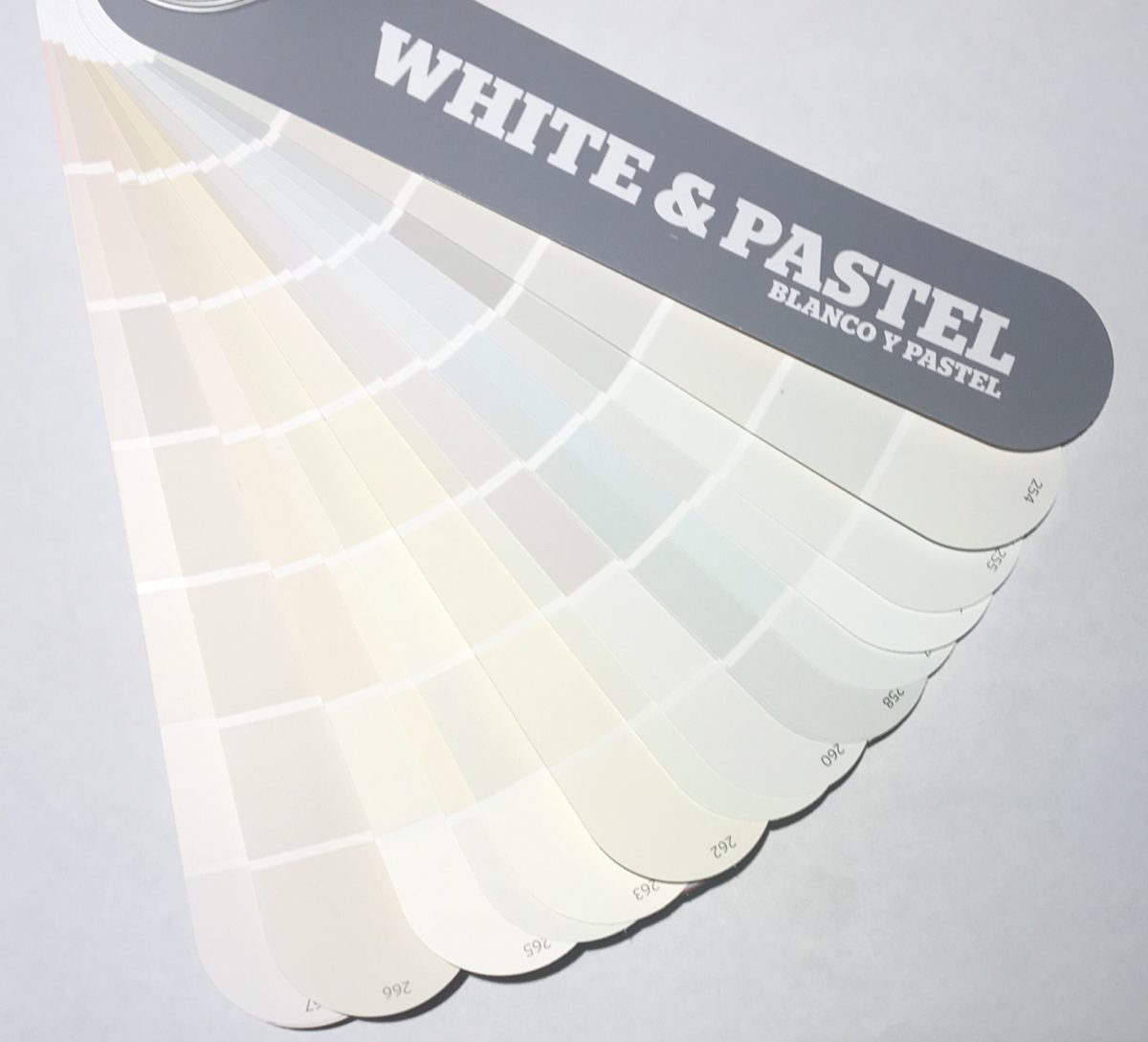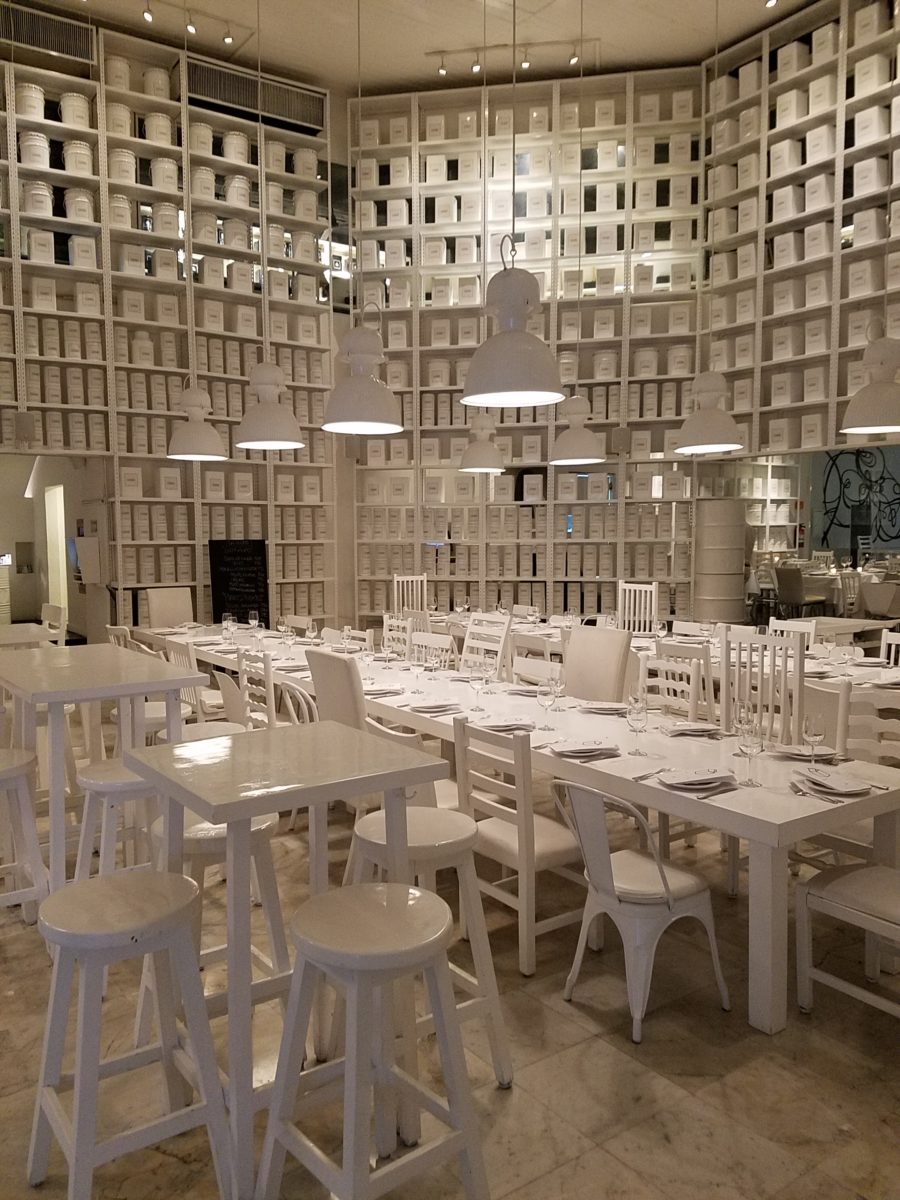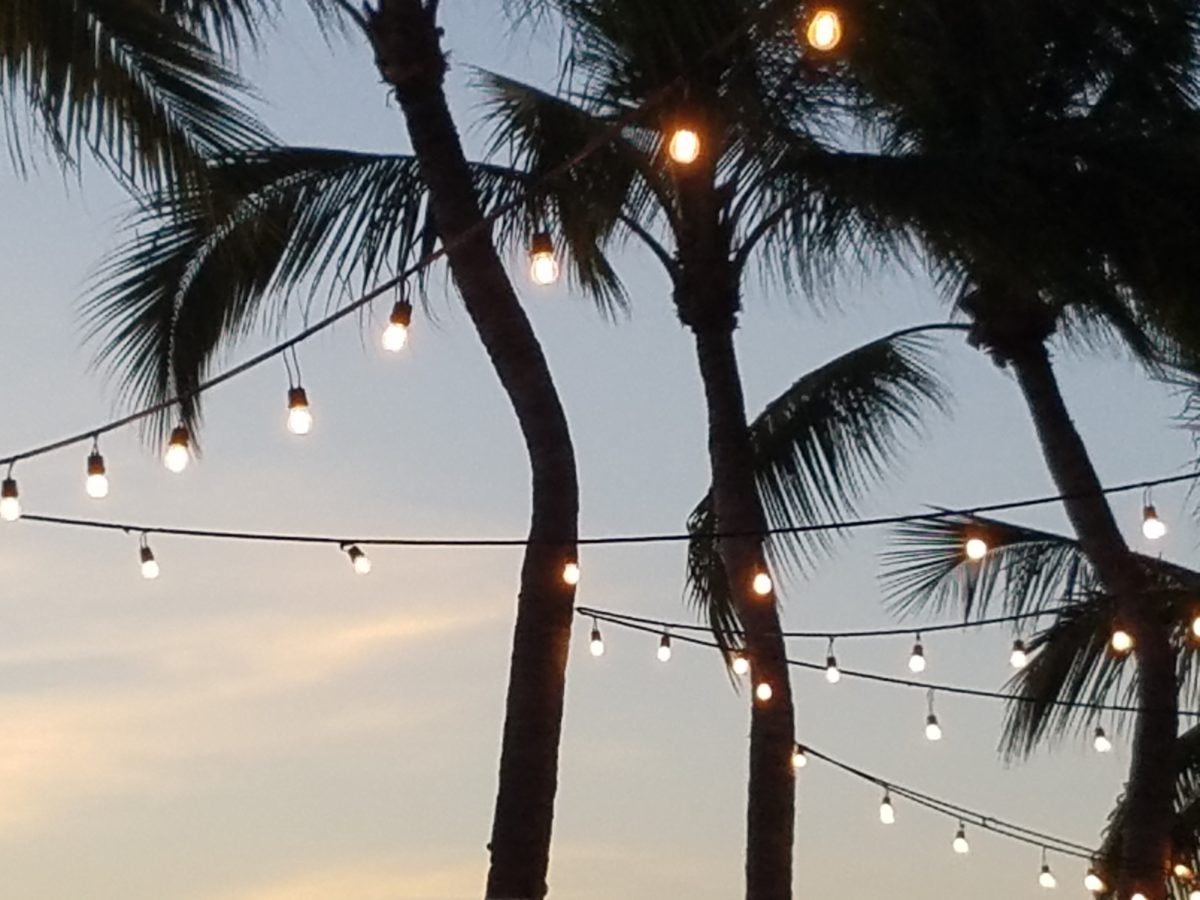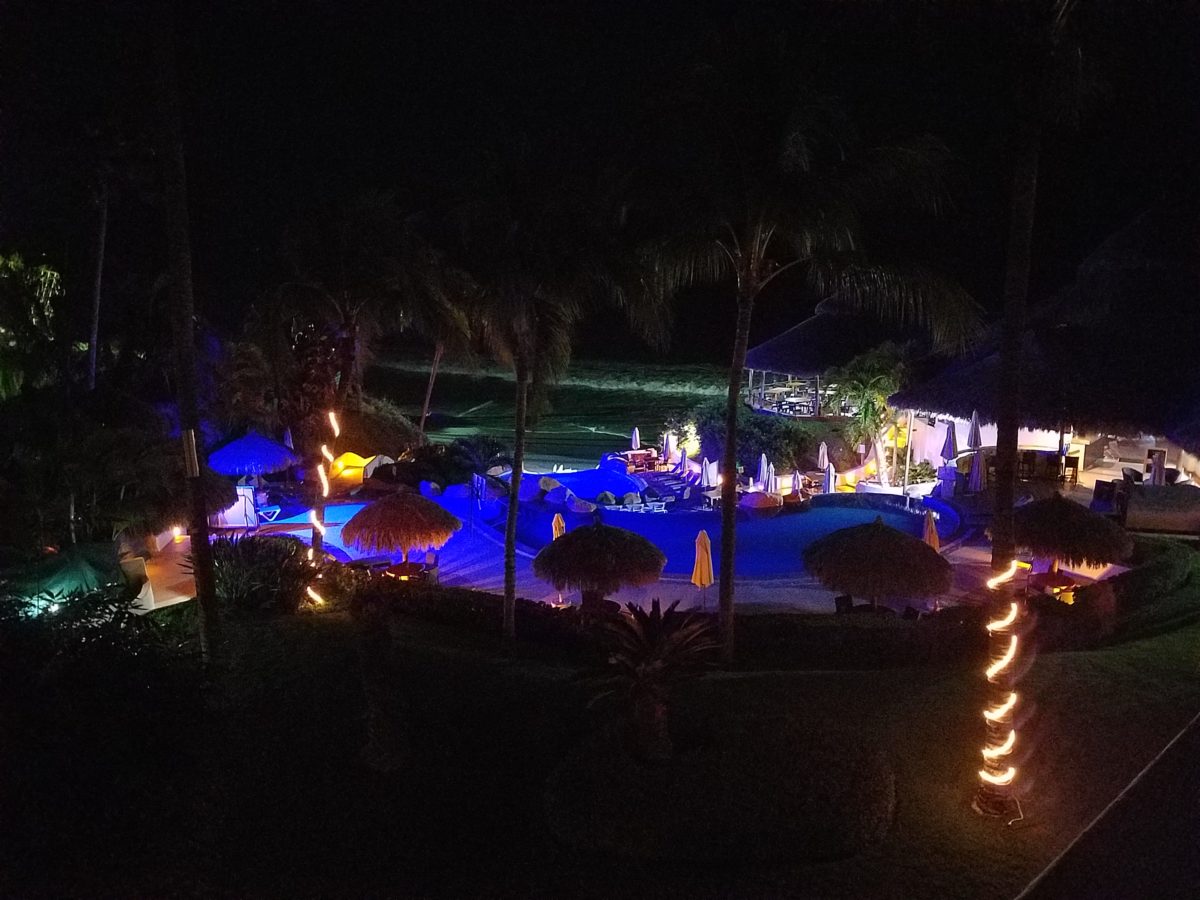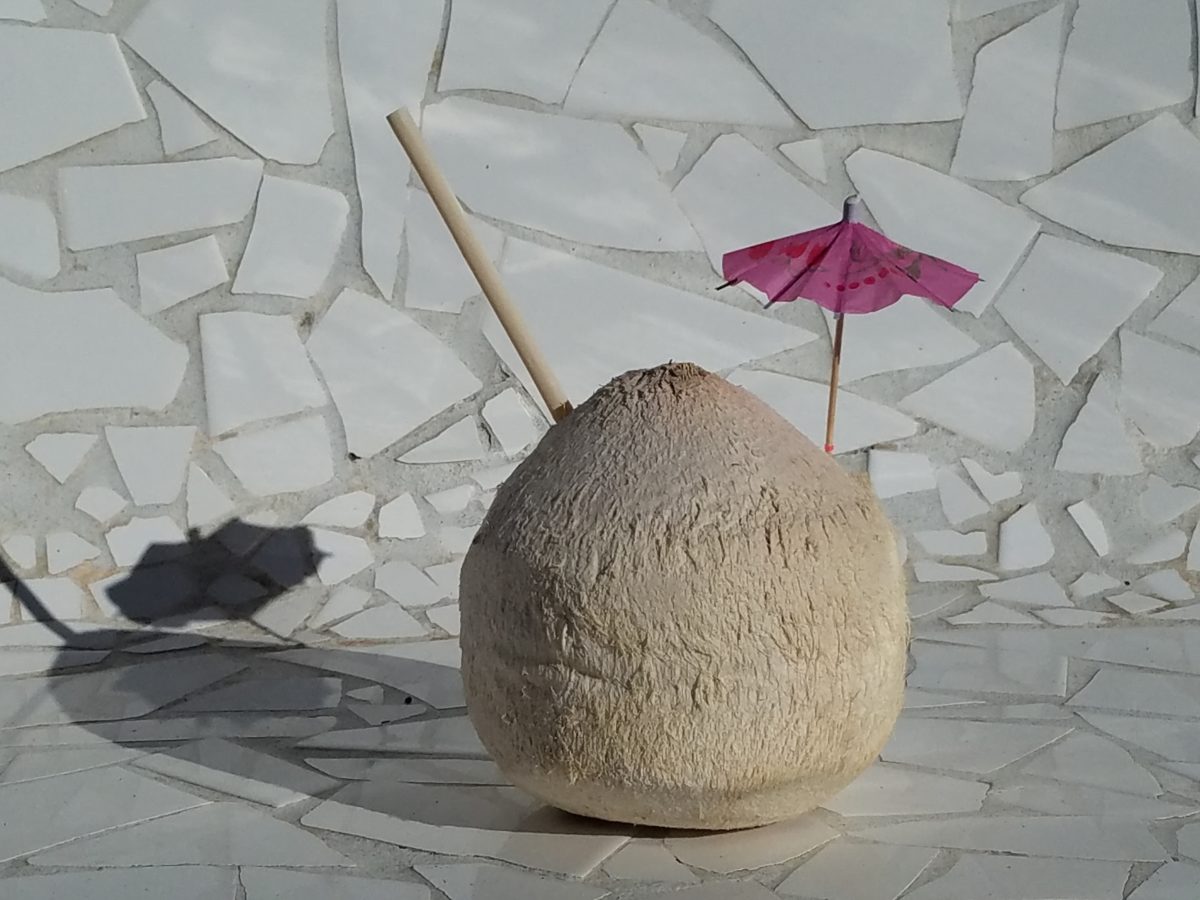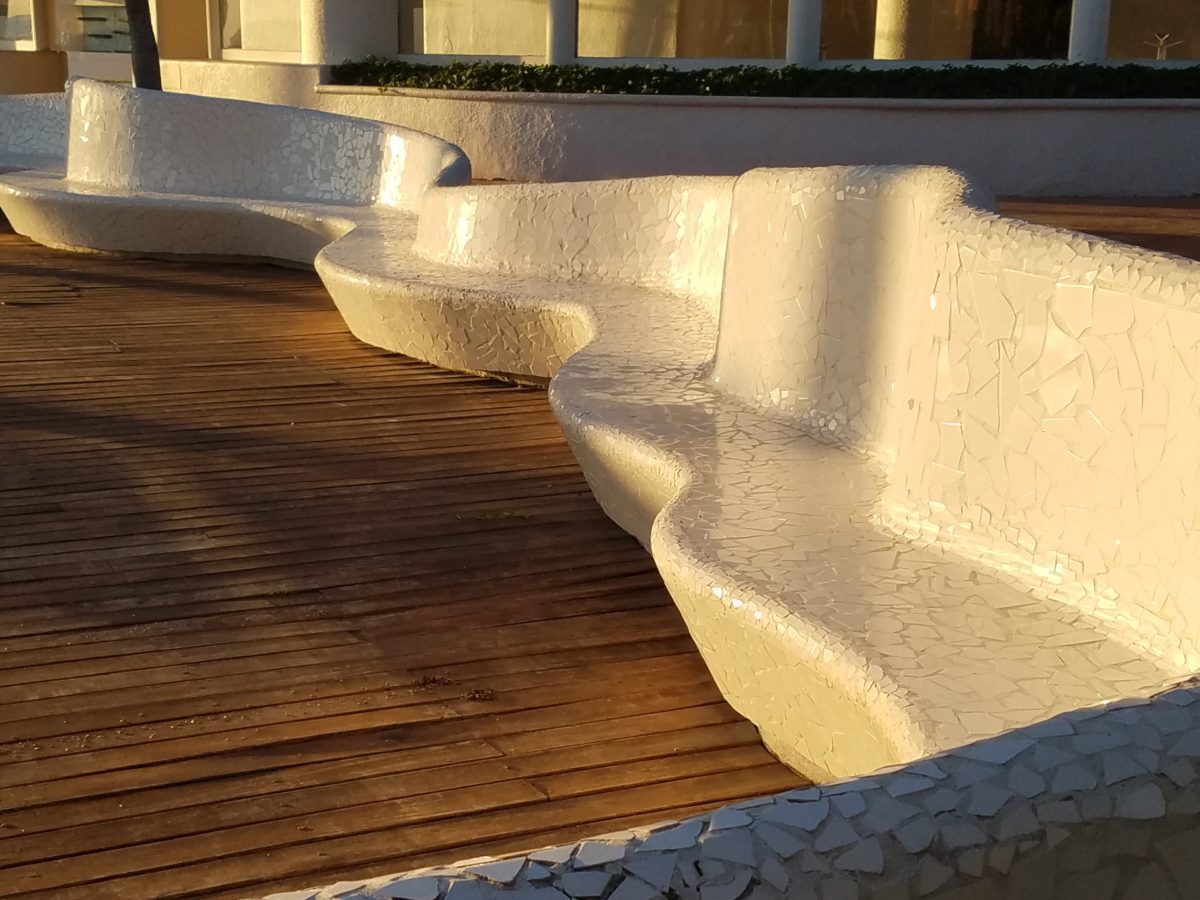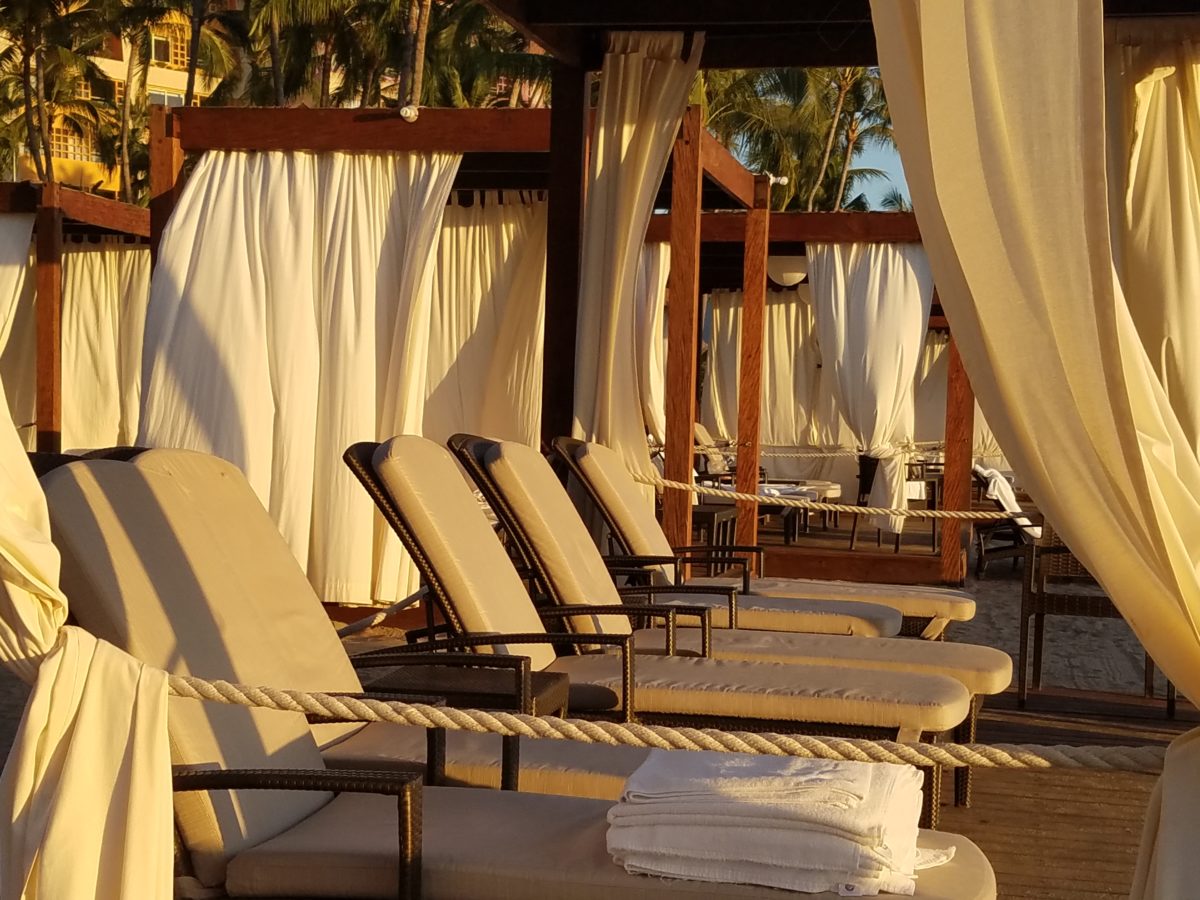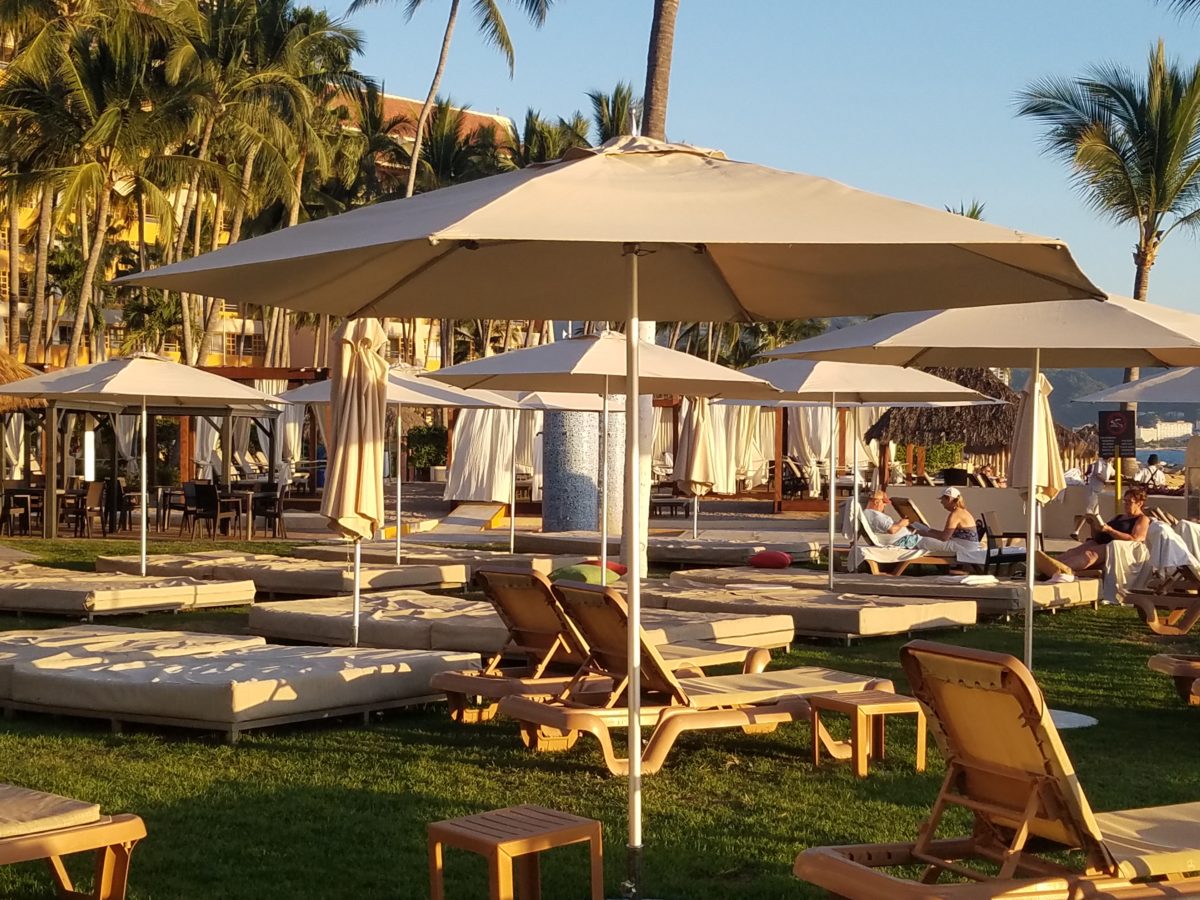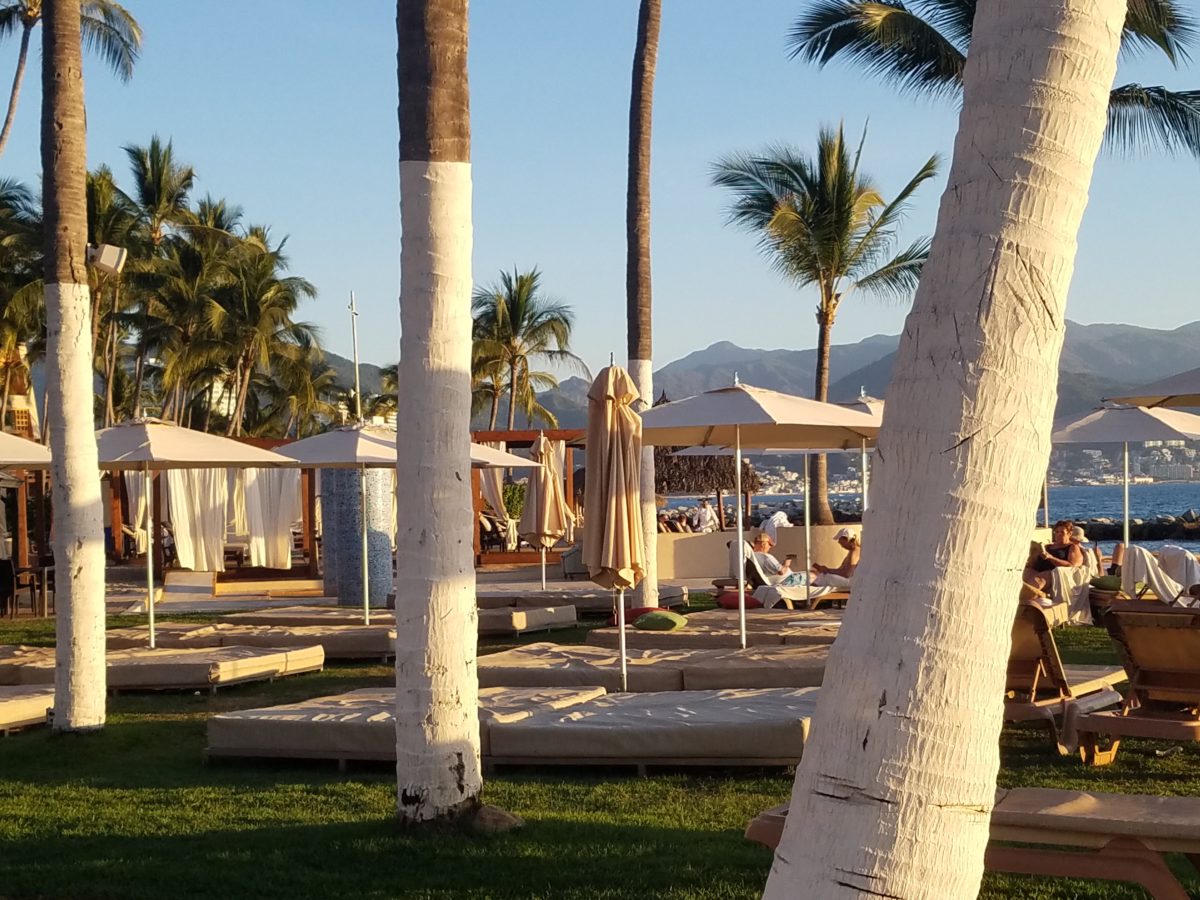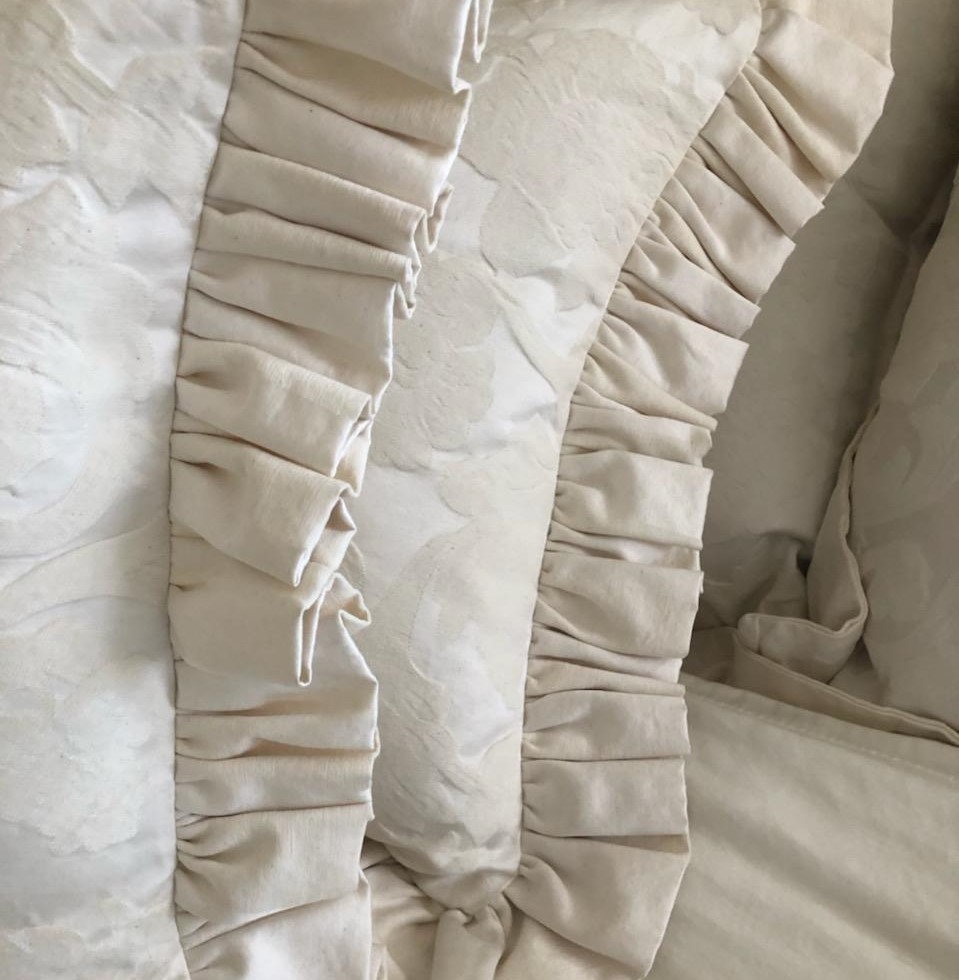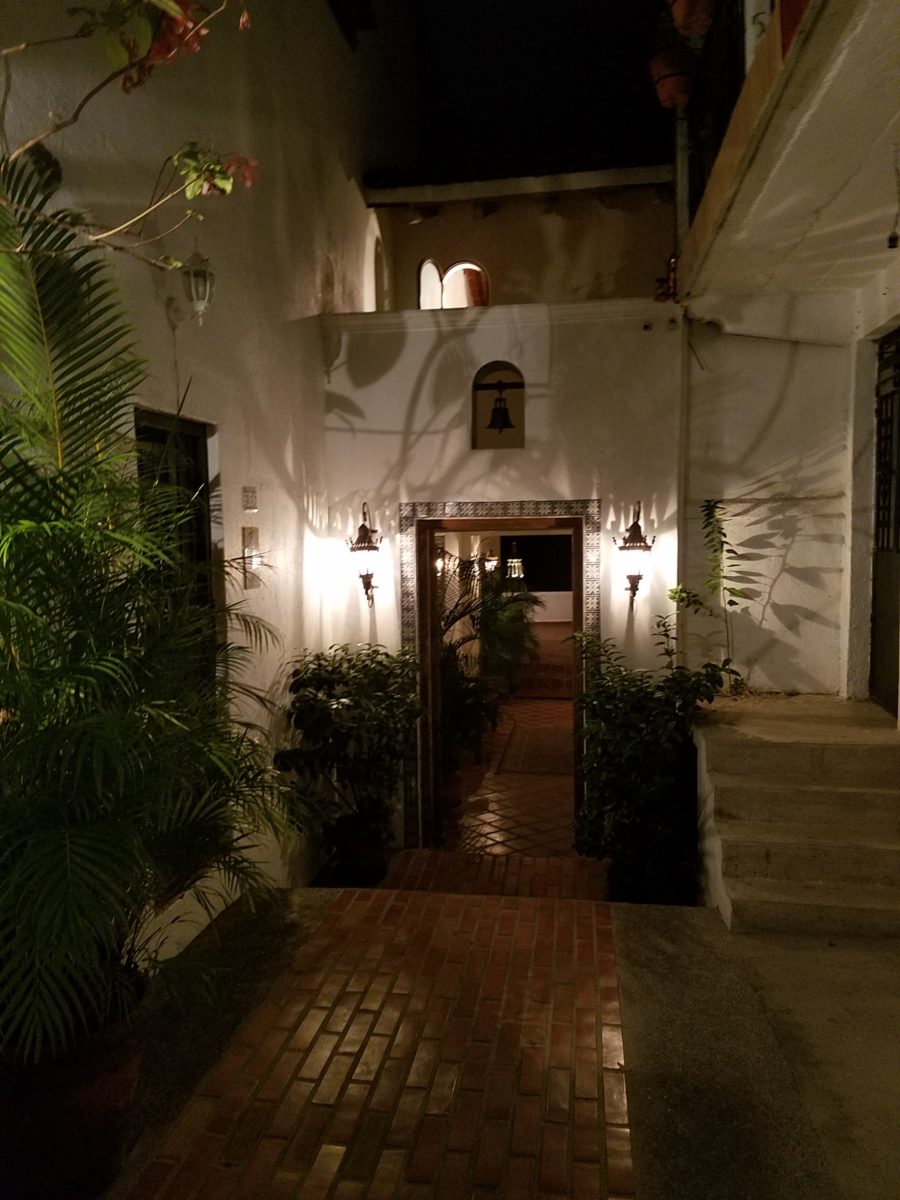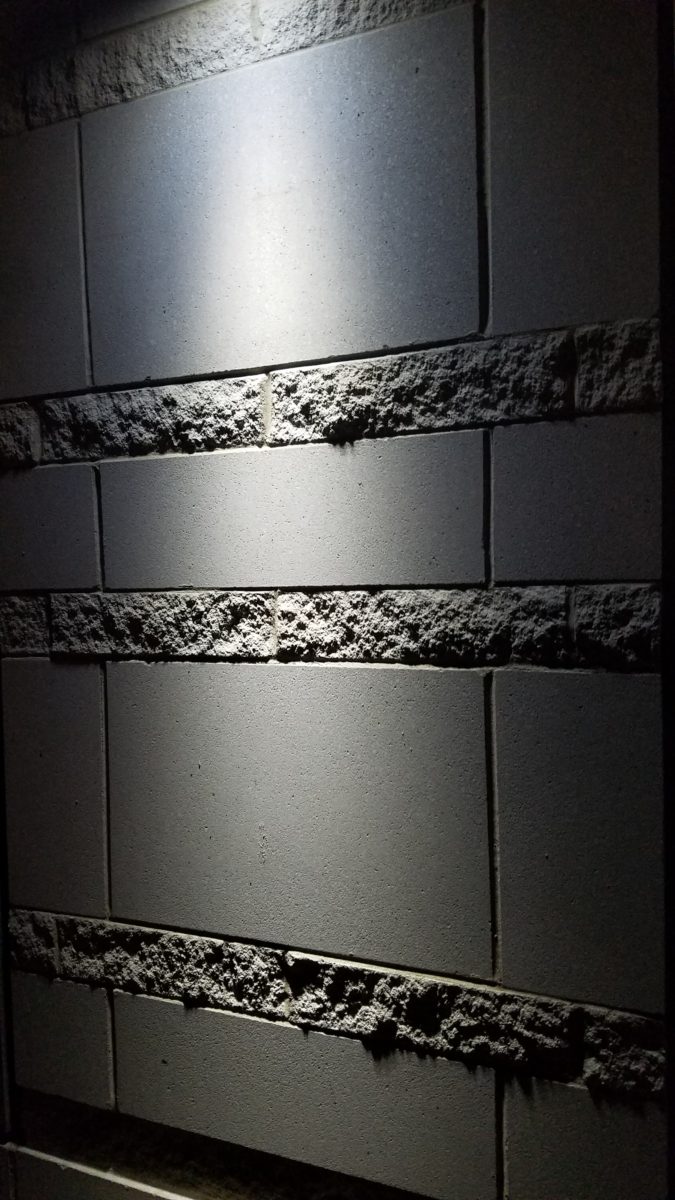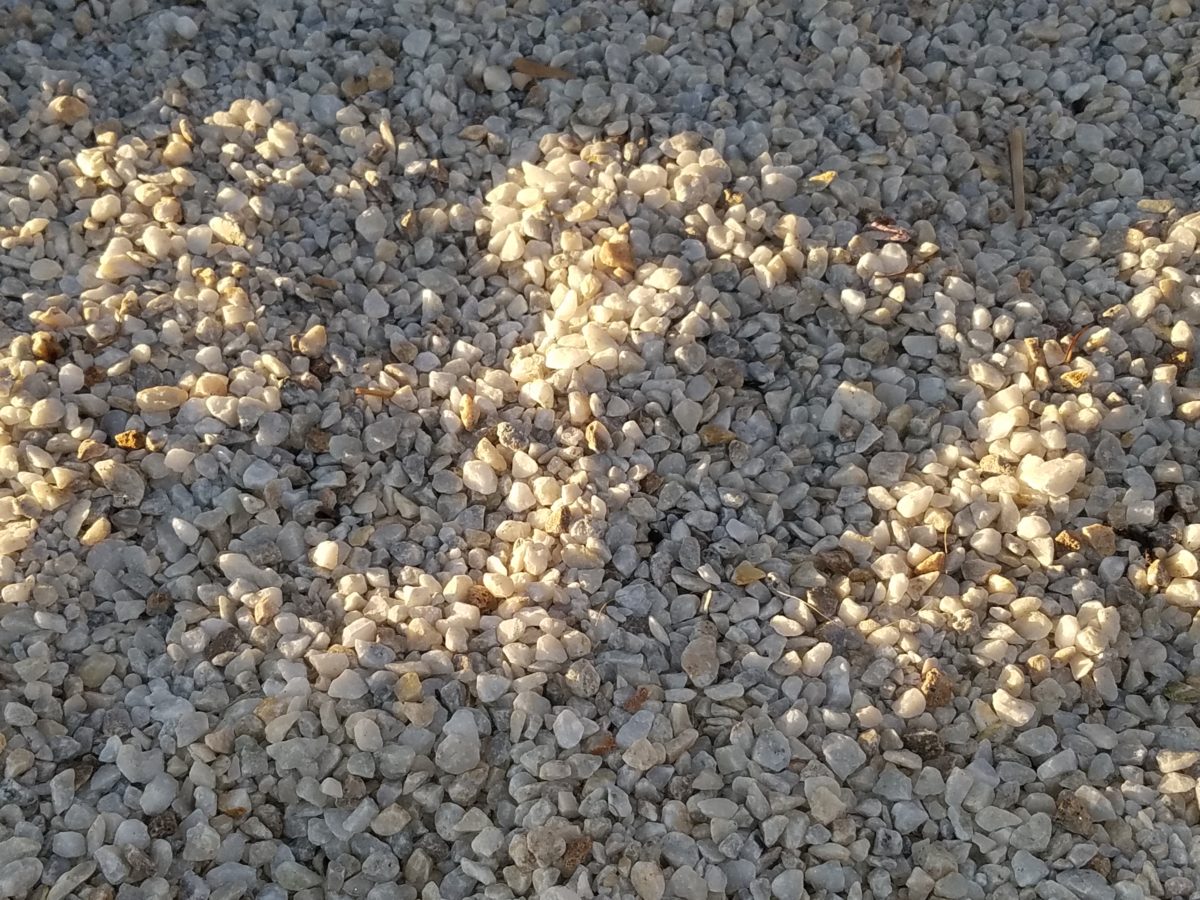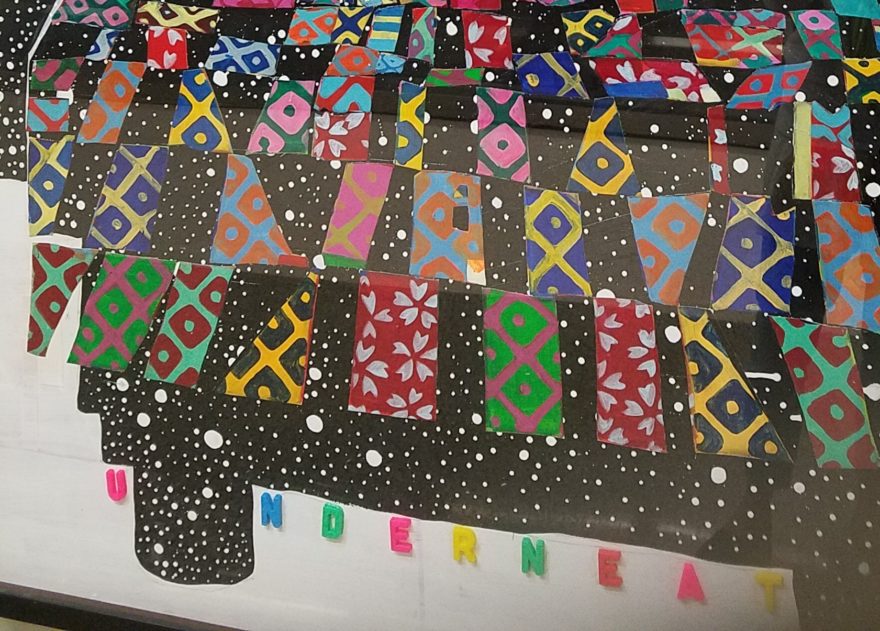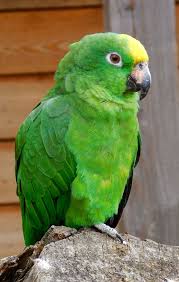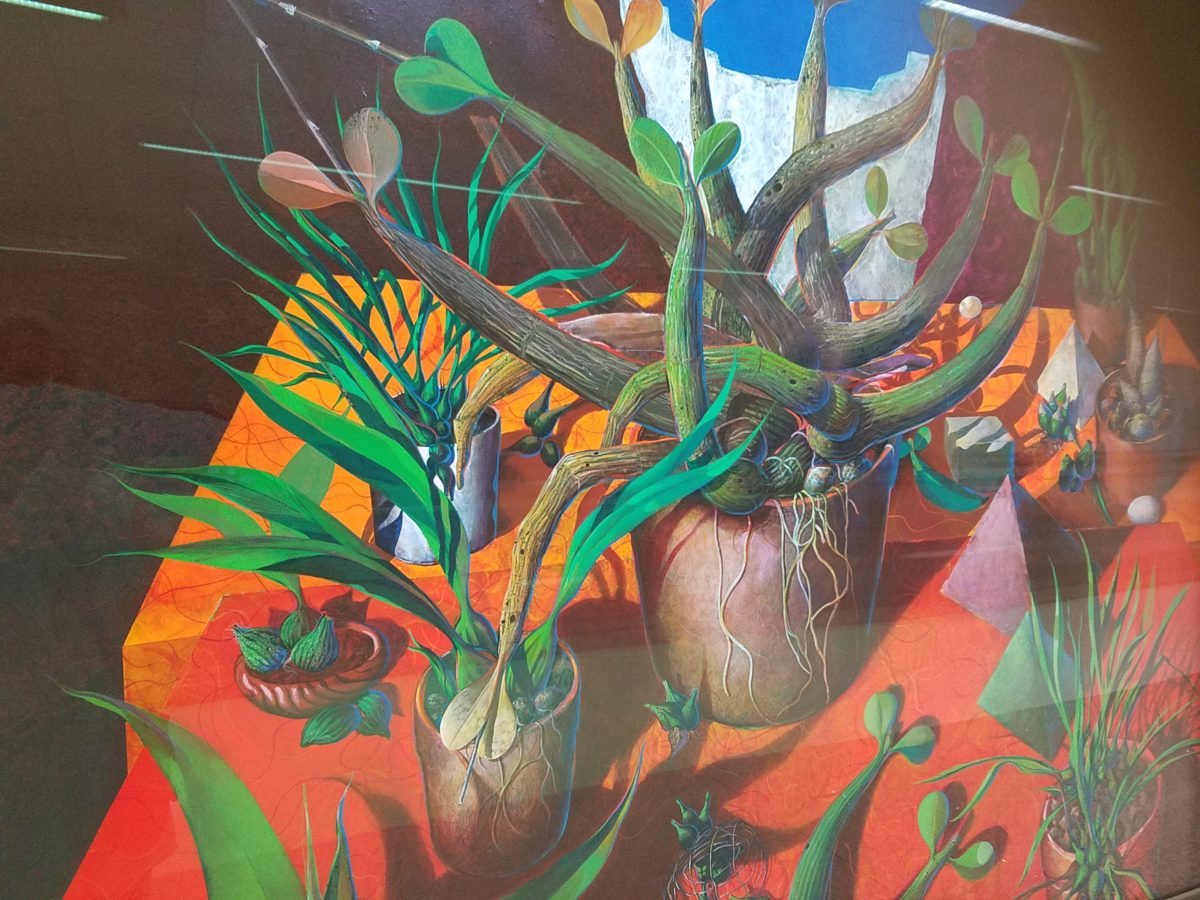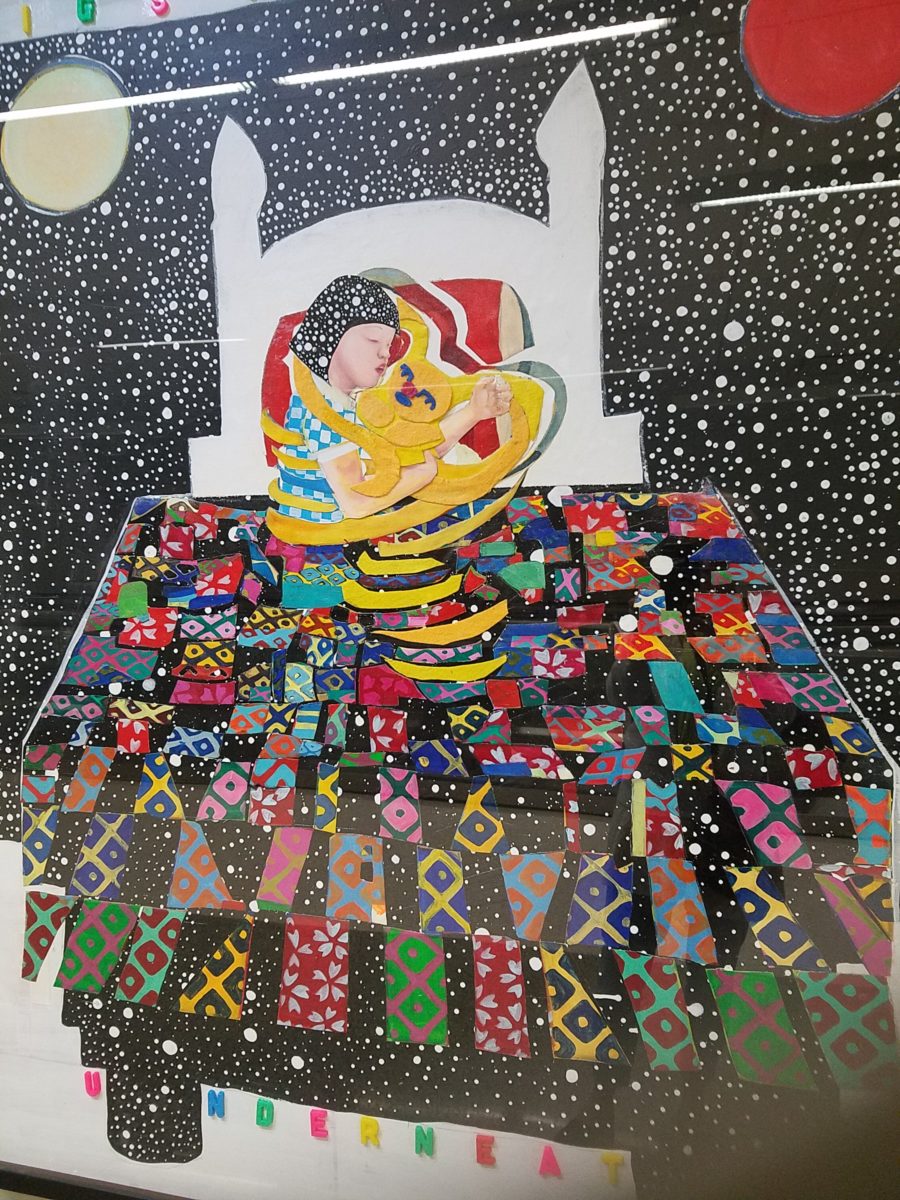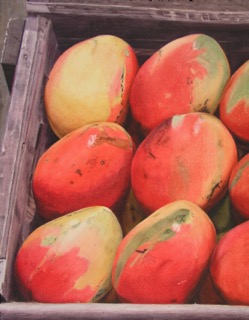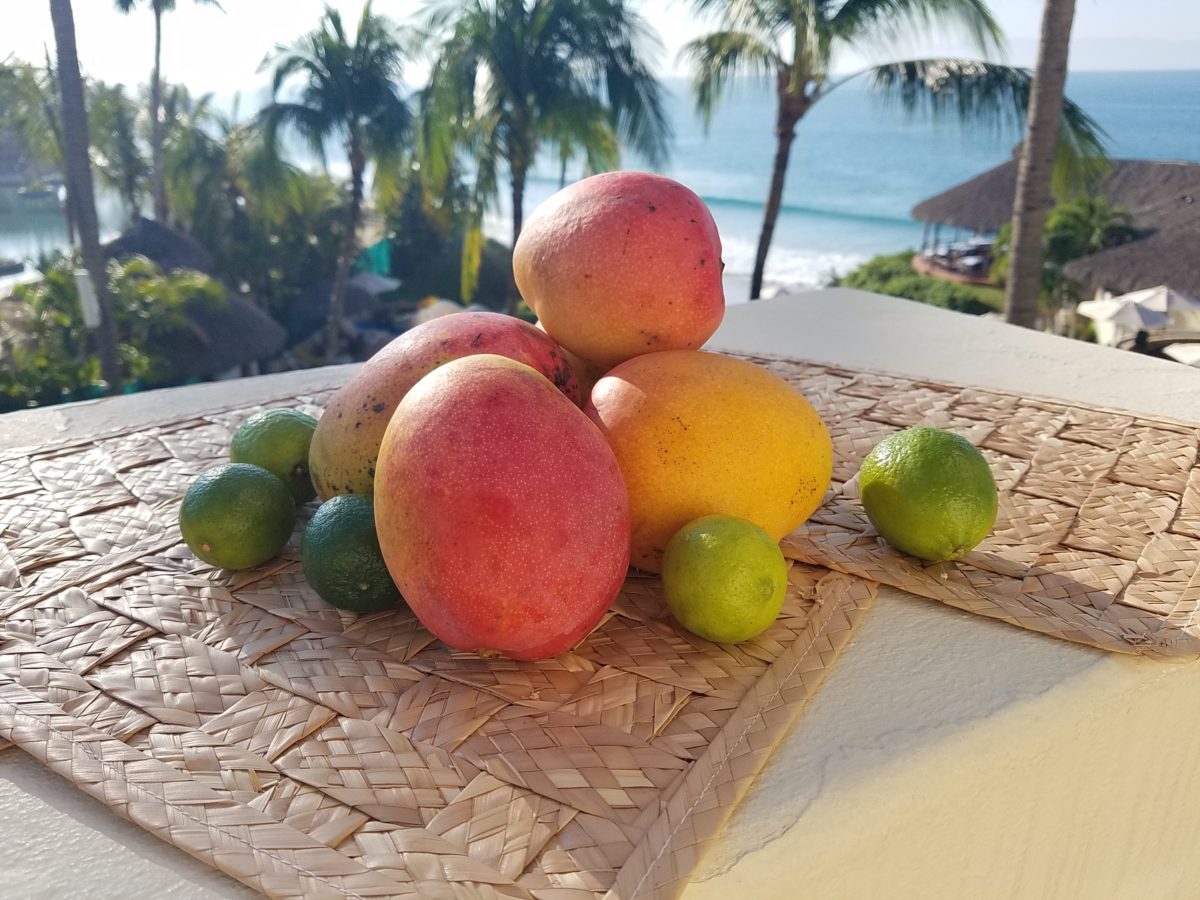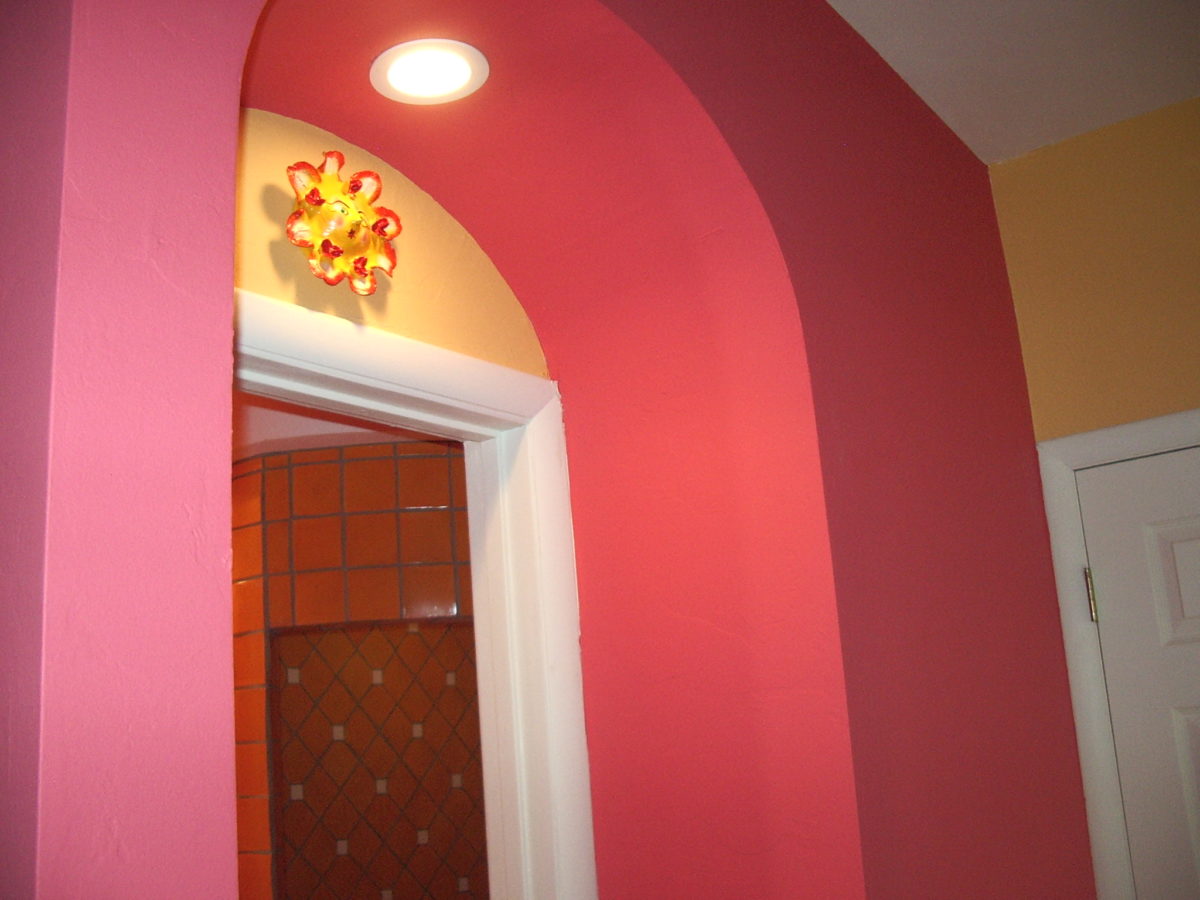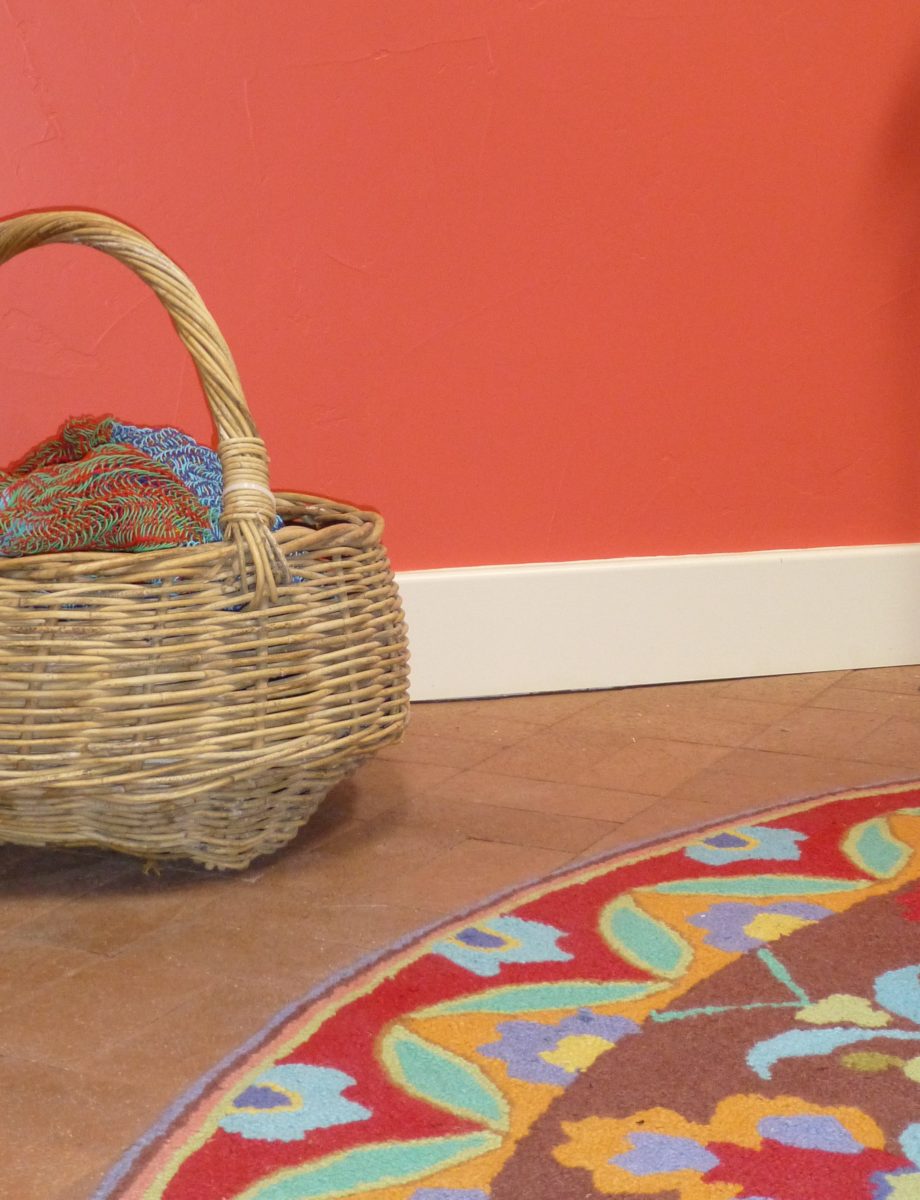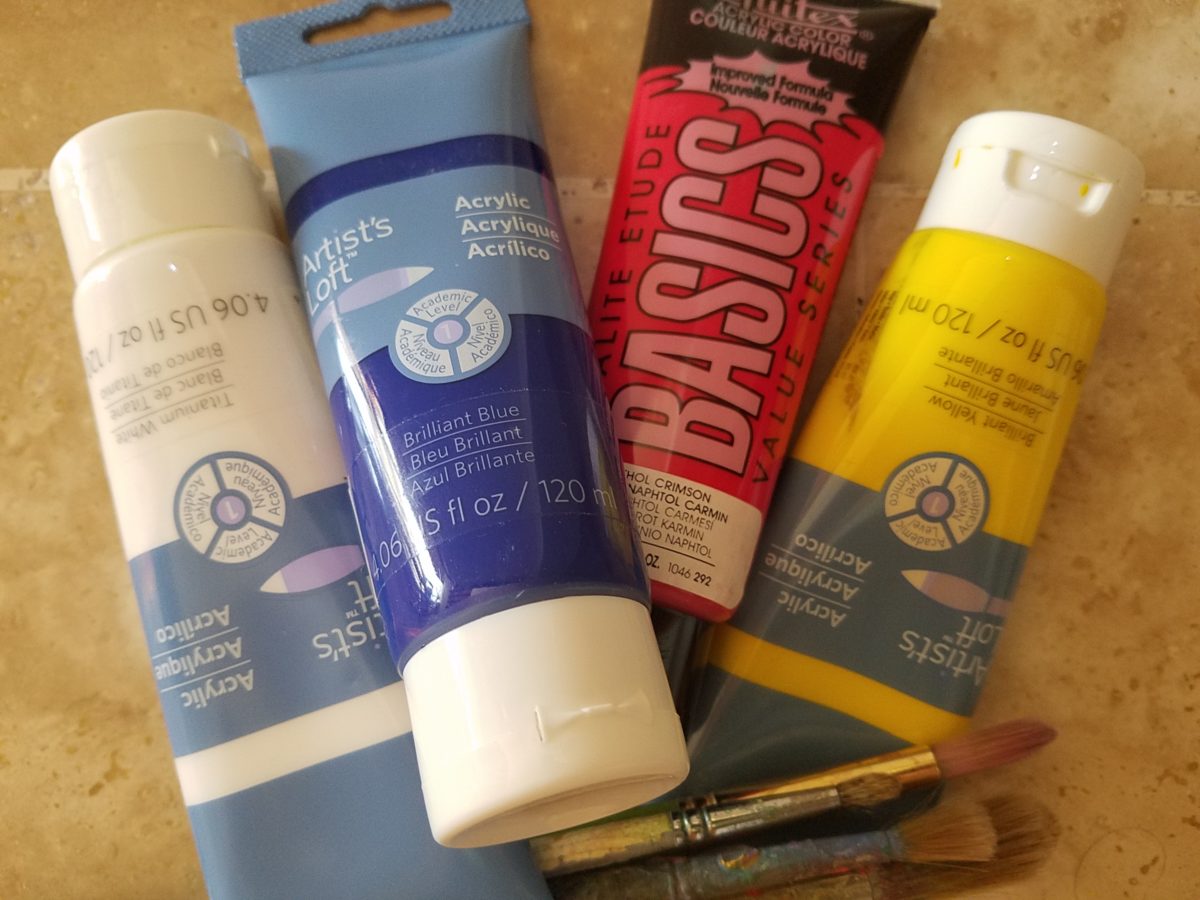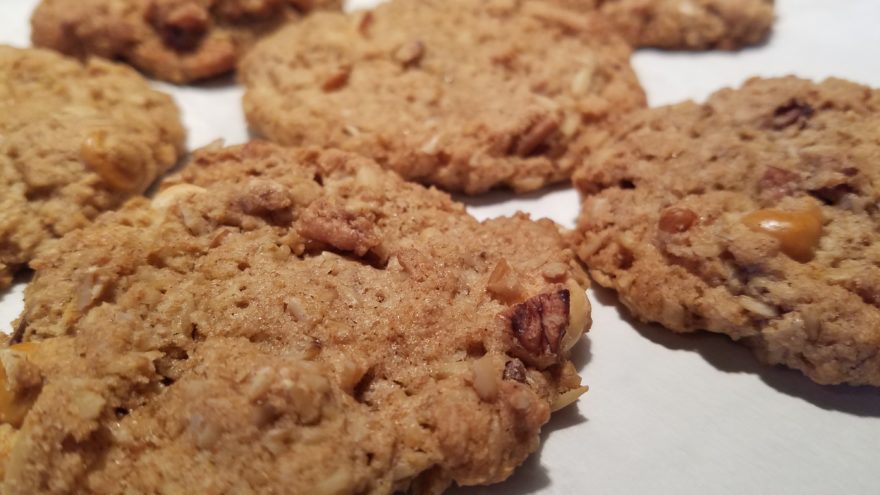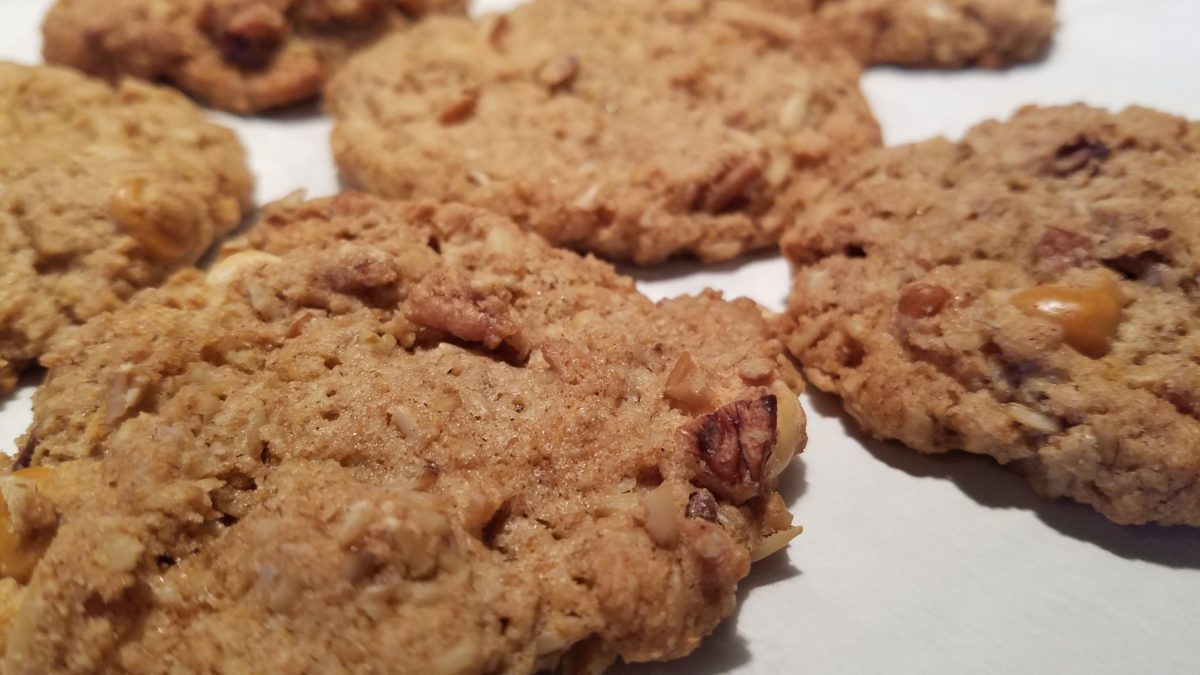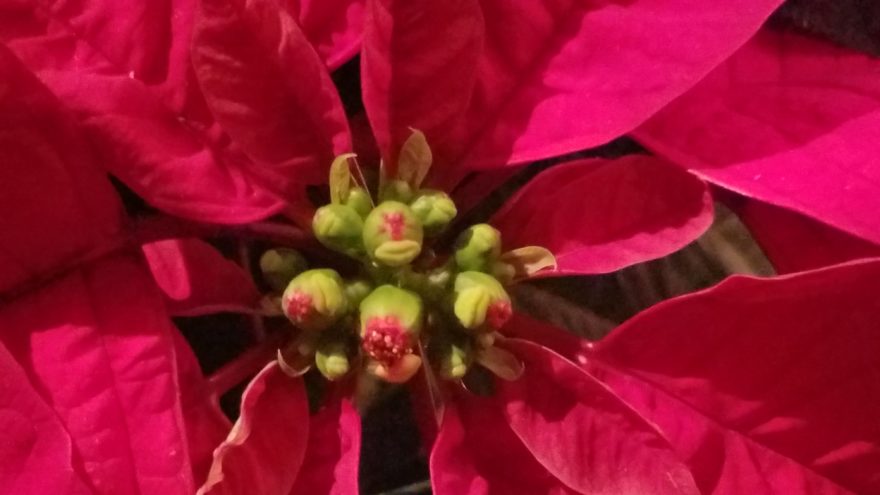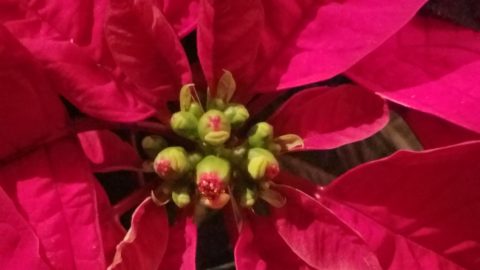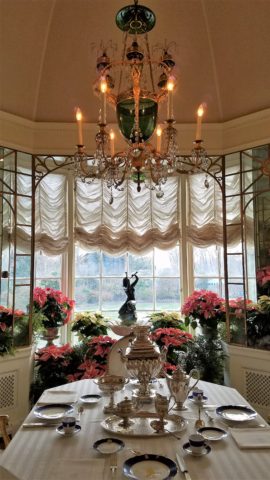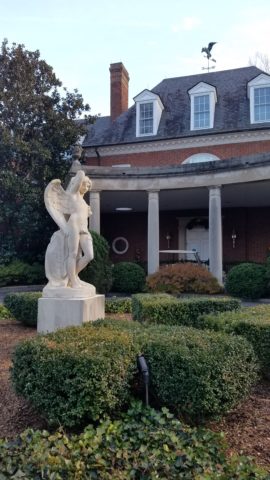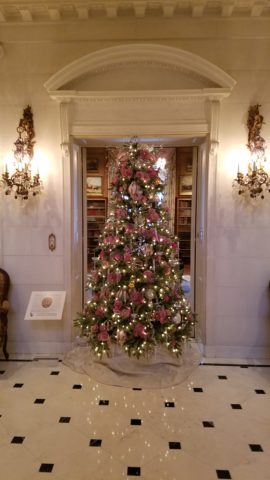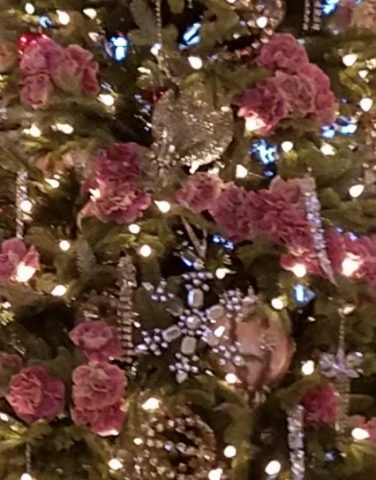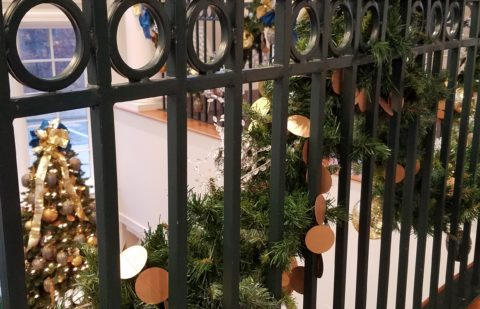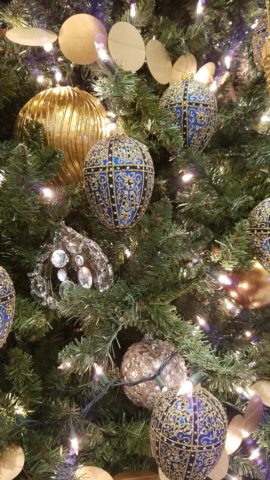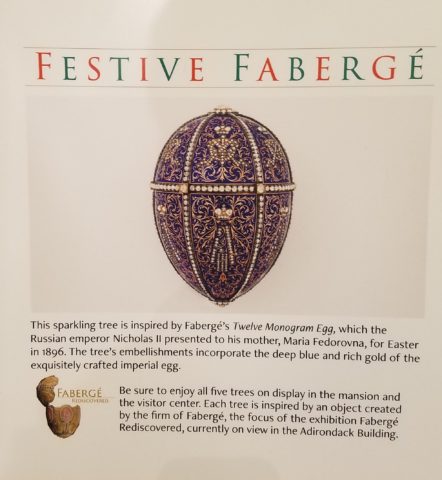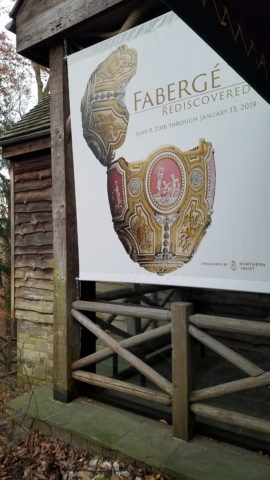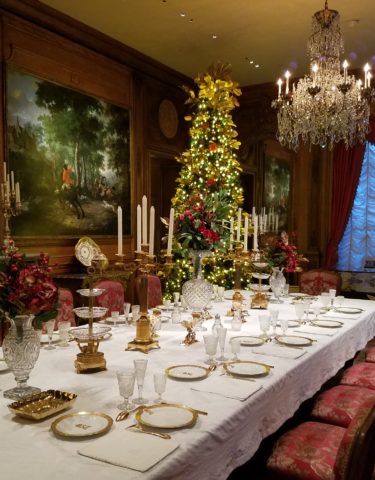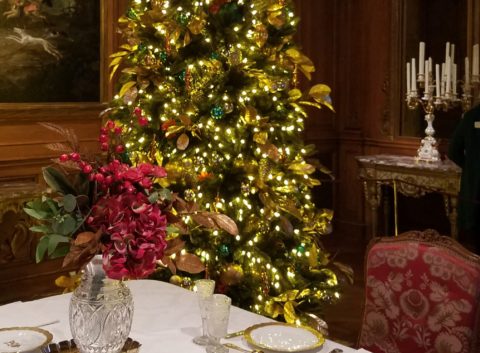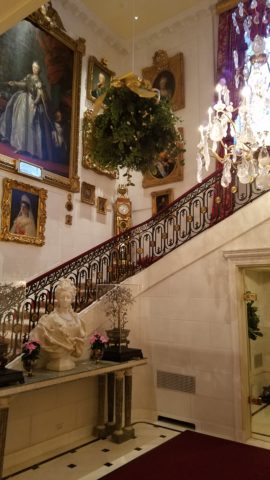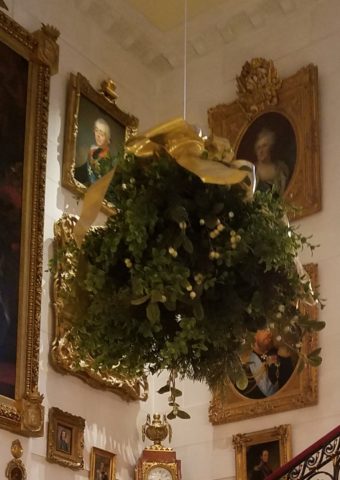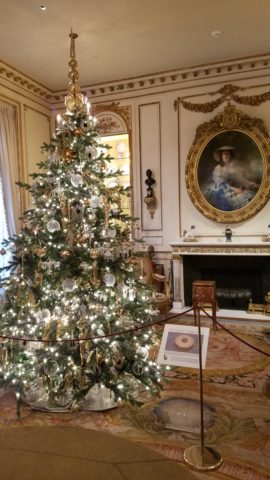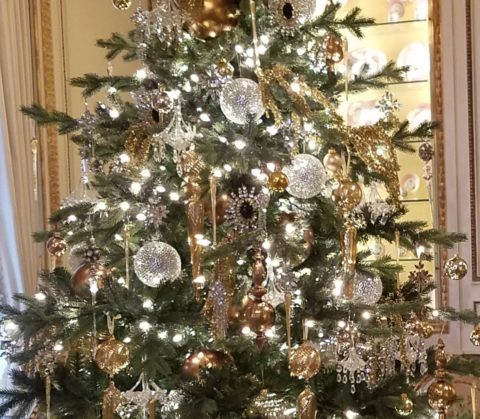Have you ever had a moment or period of time when you longed to create something just for fun? It might be to crochet a blanket or knit a scarf. It might be to build a model plane or learn how to cast a bronze. What have you longed to create?
It seems that everyone needs a creative outlet even though they might not recognize it as creativity. When speaking to a guy about his interest in working on cars, he didn’t consider his work “creative.” To work on a car for purposes of enhanced performance, restoration, maintenance or repair all takes a certain amount of creativity. The thought process of problem solving and taking action requires creative thinking.
Gardening, painting, sculpting, carving, pottery, collage…there are so many outlets for relaxing creativity. The idea is to not do it under pressure. Lest one defeat the purpose of the relaxing aspect – just for fun – pure joy.
Yesterday I spoke to an architect who said that her creative juices needed exercising. Despite the fact that her daily work required lots of creative thought, it was not pure pleasure. It was not all fun. She wanted/needed another outlet. So she set forth, to do some creative design time, purely for her leisure. She started creating desert floral collages, in a size that could be shared, as greeting cards. She brought them to show me, with a modest timidity, and was most surprised and thrilled when I received her work with great enthusiasm!
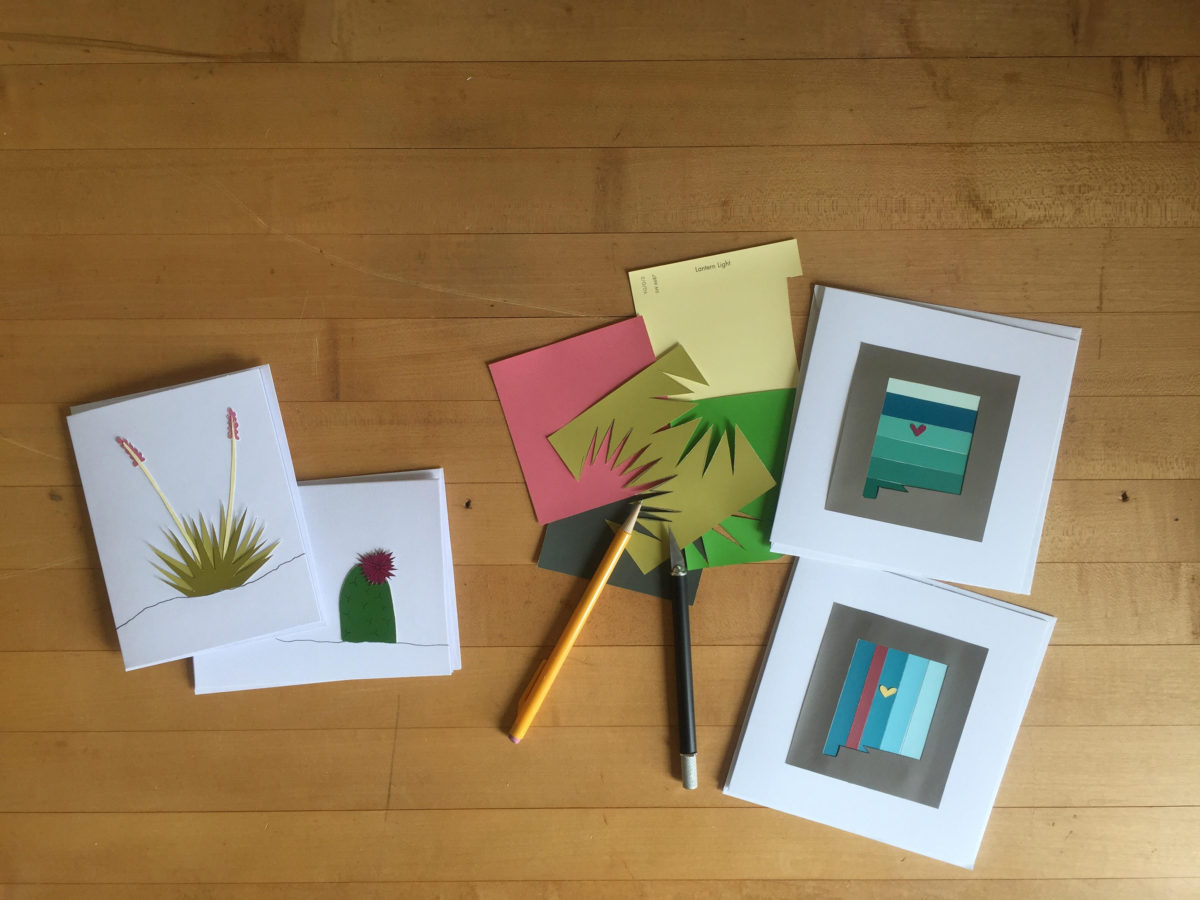
Rebecca has found the medium of paper to be quite satisfying, It is clean and precise, crisp and conveys her intent. She loves flowers, lives in the high desert and communes with cacti and appreciates all flowers – and with that her exciting, yet quiet, introspective, personally satisfying, creative expression has found an outlet.
With positive feedback from several people, she wants to launch a re-sale card line! Now the creative process goes another step. She needs to establish a brand – at least a name for her card line. Will she want a logo? What about her entire experience can she list in words and cull and distill to result in the perfect identity?
There are two parts to this situation and the first is to recognize the need for and find an outlet for the relaxing exercise of expressing creative juices and the second is receiving positive reinforcement for your efforts. Inasmuch as the second might seem unnecessary, it is a great affirmation and valid “feel good” feeling to create for the fun of it and have your work appreciated!
It need not be commercial – but “selling” your idea or creative project is even MORE flattering. Although, it is usually not for compliment much less profit.
Creativity can be relaxing, if it is not in a demanding framework. It’s therapeutic. In pondering this subject, I wanted to know more. Seems that this is a complex topic that deserves more investigation. So, I did a bit of reading…I found the Handbook of Creativity edited by Robert J. Sternberg from the Cambridge University Press 1999. In the first section – The Concept of Creativity: Prospects and Paradigms by Robert J. Sternberg and Todd I. Lubart it states “If one wanted to select the best novelist, artist, entrepreneur, or even chief executive officer, one would most likely want someone who is creative.”
It is true for those of us doing hiring – looking for that spirit that can see beyond…create…are desirable traits. Yet everyone has a certain creative element in their person. It is the degree to which they have it and in what capacity or direction which might be more applicable or desirable, for consideration in a certain position over another.
The Concept of Creativity further states that “Creativity is the ability to produce work that is both novel (i.e., original, unexpected) and appropriate (i.e., useful, adaptive concerning task constraints) (Lubart, 1994: Ochse, 1990; Sternberg, 1988a; Sternberg & Lubart, 1991, 1995, 1996).
The aforementioned seems obvious.
So is creativity a divine gift? One that makes it difficult to study much less quantify or discern from another? That is not the purpose of his blog…but to not mention that query would be leaving something that one might ask – out.
As a professional designer, creativity is part of the daily job description. Yet you will find most designer’s exercise creative outlets that are different from their work. This spring I too launched a greeting card line. It was spawned from hours on the road between San Diego and Albuquerque, with the practice of harnessing myriad ditties that continually race thorough my thoughts. A sudden lightning bolt on one of those trips suggested that I doodle to accompany my ditties. Hence, DATE NITE CARDS were born in March of this year. Little ditties and doodles to bring a smile, start a conversation, set a date, make new friends, rekindle the spark, celebrate friends, love, anniversaries, romance…
